OCTOBER 2025
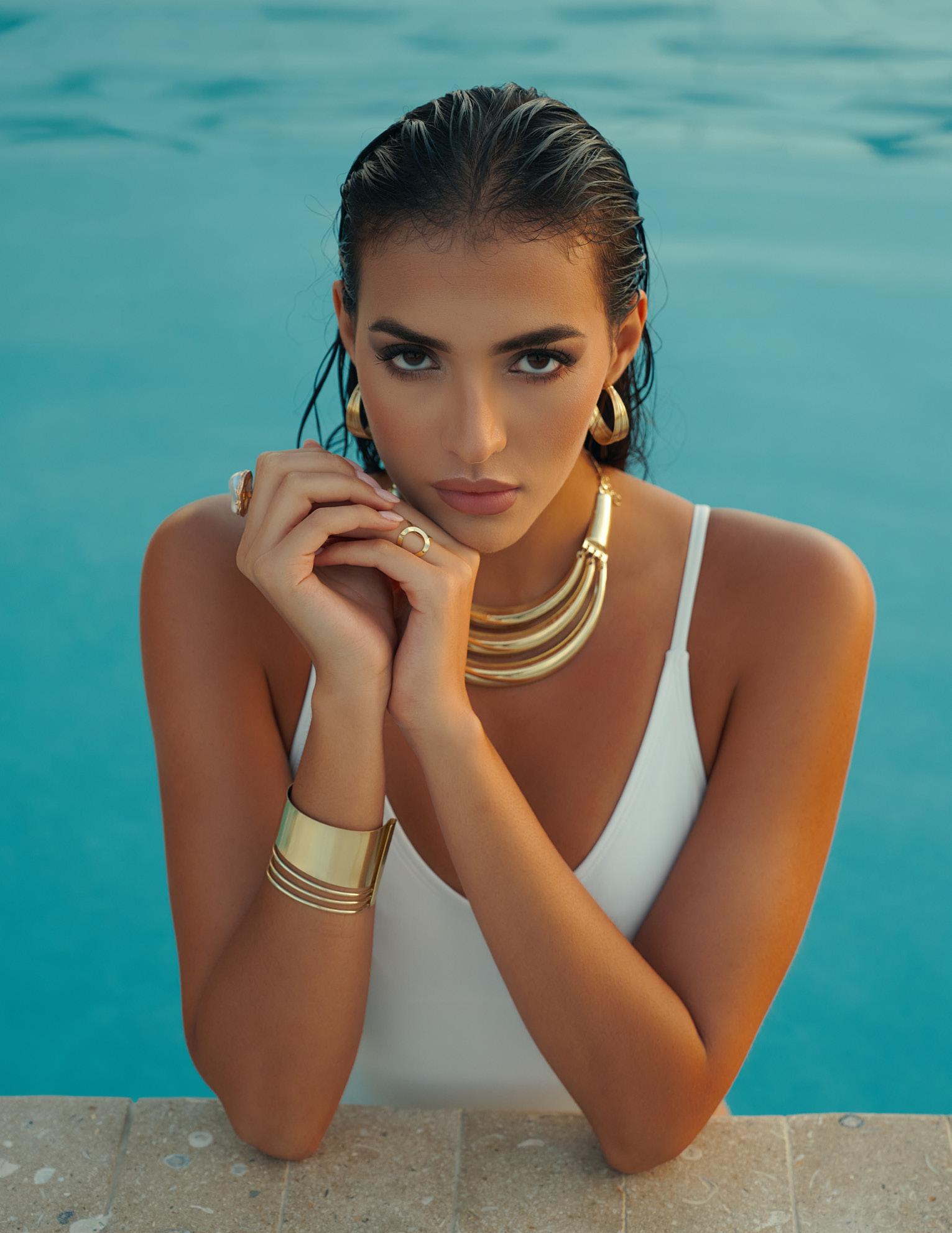
WHAT IS FASHION REALLY SAYING IN A PIECE OF AN OUTFIT?
TRAVEL
DESTINATION BHUTAN, EASTERN HIMALAYAS FASHION

OCTOBER 2025

WHAT IS FASHION REALLY SAYING IN A PIECE OF AN OUTFIT?
TRAVEL
DESTINATION BHUTAN, EASTERN HIMALAYAS FASHION
BY BEN AMARE
SHOPPING GUIDE
ACCESSORIES THAT SPEAK VOLUMES
INTERVIEWS GABRIELLA HADJIVU, GARCELLE BEAUVAIS, CAROLINA VALENCIA & OKIMMI



EDITOR-IN-CHIEF
EDITORIAL PRODUCERs
JOSE-MARIA JIMENEZ
YASMINE KATEB
KRYSTLE LINA
AREZOO JALALI
DARIA VALIGURAS
YVES BRIGHT
MATTHEW SEIFNIA
Dear Readers,
JUANDA
B. RUSTAM HILLARY STREITBERGER
CONTENT CREATORS retouchers
CLAUDIA LOMBARDO SHARON JANE
KUCHMA OKSANA
BLUEMODE CREATIVE STUDIO
As the crisp air of October sweeps in, we are thrilled to present an issue that celebrates bold voices, timeless elegance, and the artistry that fashion brings into our lives. This month, we are honored to feature the stunning Brazilian model Maria Luiza on our cover, captured through the lens of the exceptional Ben Amare. Her presence embodies the spirit of strength and sophistication that defines this issue.
Inside, we journey into the lives and visions of remarkable creatives shaping the fashion and entertainment world today. From an intimate conversation with Moldovan model Gabriella Hadjivu, to a candid discussion with actress, producer, author, and advocate Garcelle Beauvais, our interviews reveal the stories behind the faces and names we admire. We also delve into the world of design and sustainability, speaking with jewelry designer Carolina Valencia and Simi D., founder of OKIMMI, a fashion brand redefining style through reusability and mindful practices.
For those bitten by the travel bug, our October destination takes us to Bhutan, where serene landscapes and rich culture remind us that fashion, like travel, is about exploration, connection, and discovering beauty in unexpected places.
In our fashion section, we ask a thought-provoking question: “What Is Fashion Really Saying In A Piece Of An Outfit?”—an exploration of self-expression, identity, and storytelling through what we wear. Meanwhile, our shopping guide celebrates the transformative power of detail, featuring Accessories That Speak Volumes, because true style is never accidental.
This issue is a celebration of visionaries, dreamers, and creators—those who inspire us to live boldly and dress meaningfully. We hope each page sparks curiosity, inspires confidence, and reminds you that fashion is far more than fabric; it is a language, an art, and a declaration of self.
With style and admiration,
JOSE-MARIA JIMENEZ Editor-in-Chief // QPmag
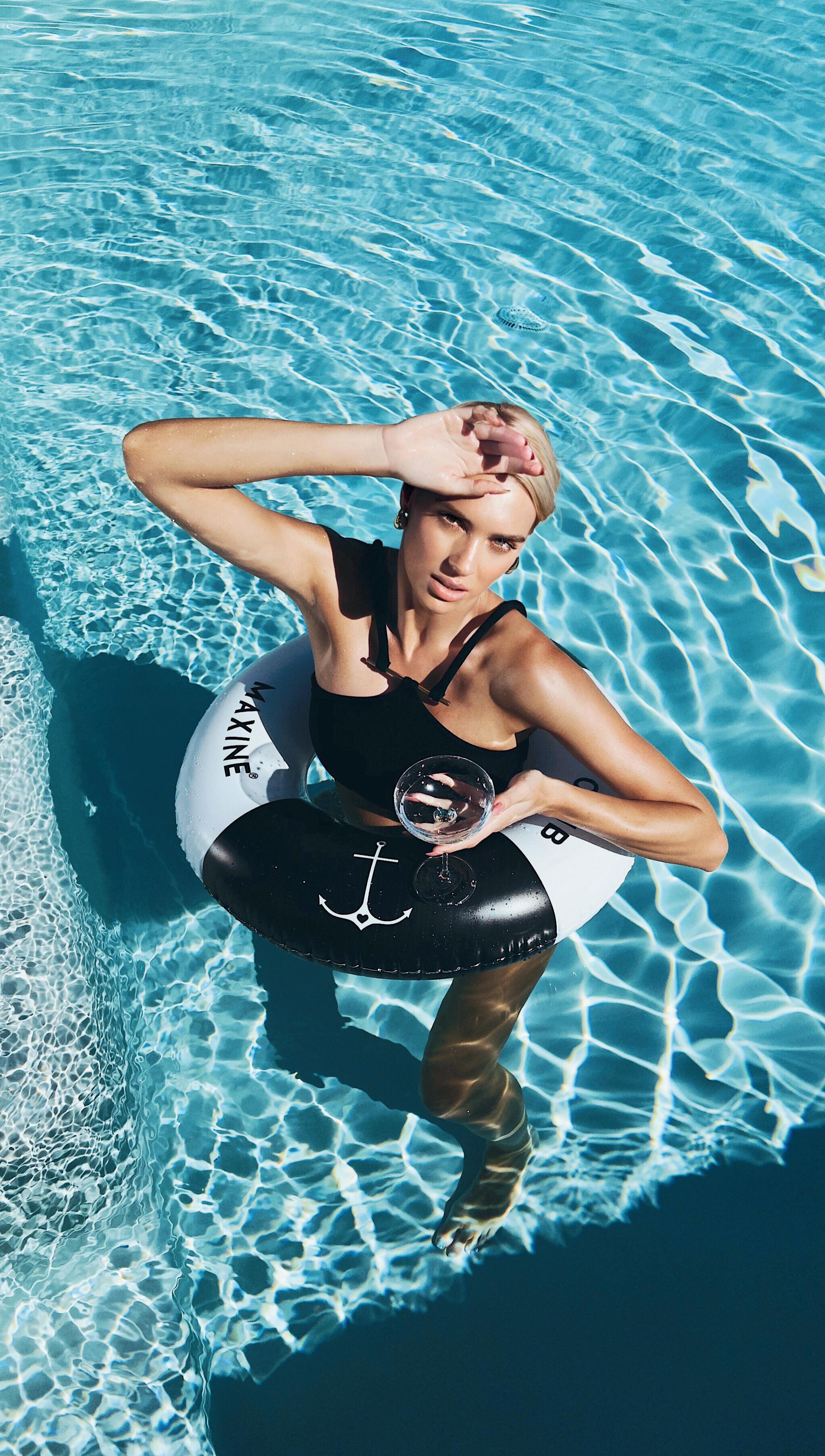


8-17| 18-33| 34-39| 40-55| 56-65| 66-73| 74-83| 84-89| 90-101| 102-105| 106-117| 118-127| 128-129| 130-141| 142-143| 144-155|
EDITORIAL: OCEAN EYES
EDITORIAL: WICKED GAME
INTERVIEW: GABRIELLA HADJIVU
COVER: MARIA LUIZA
EDITORIAL: EASTERN PROMISES
INTERVIEW: GARCELLE BEAUVAIS
EDITORIAL: NEW SENSATION
INTERVIEW: CAROLINA VALENCIA
EDITORIAL: GOOD LIFE
TRAVEL: BHUTAN, EASTERN HIMALAYAS
INTERVIEW: OKIMMI BY SIMI D.
EDITORIAL: COLOR BURST
FASHION: WHAT IS FASHION REALLY SAYING IN A PIECE OF AN OUTFIT
EDITORIAL: ANYA
SHOPPING GUIDE: ACCESSORIES THAT SPEAK VOLUMES
EDITORIAL: GOLDEN SHORES
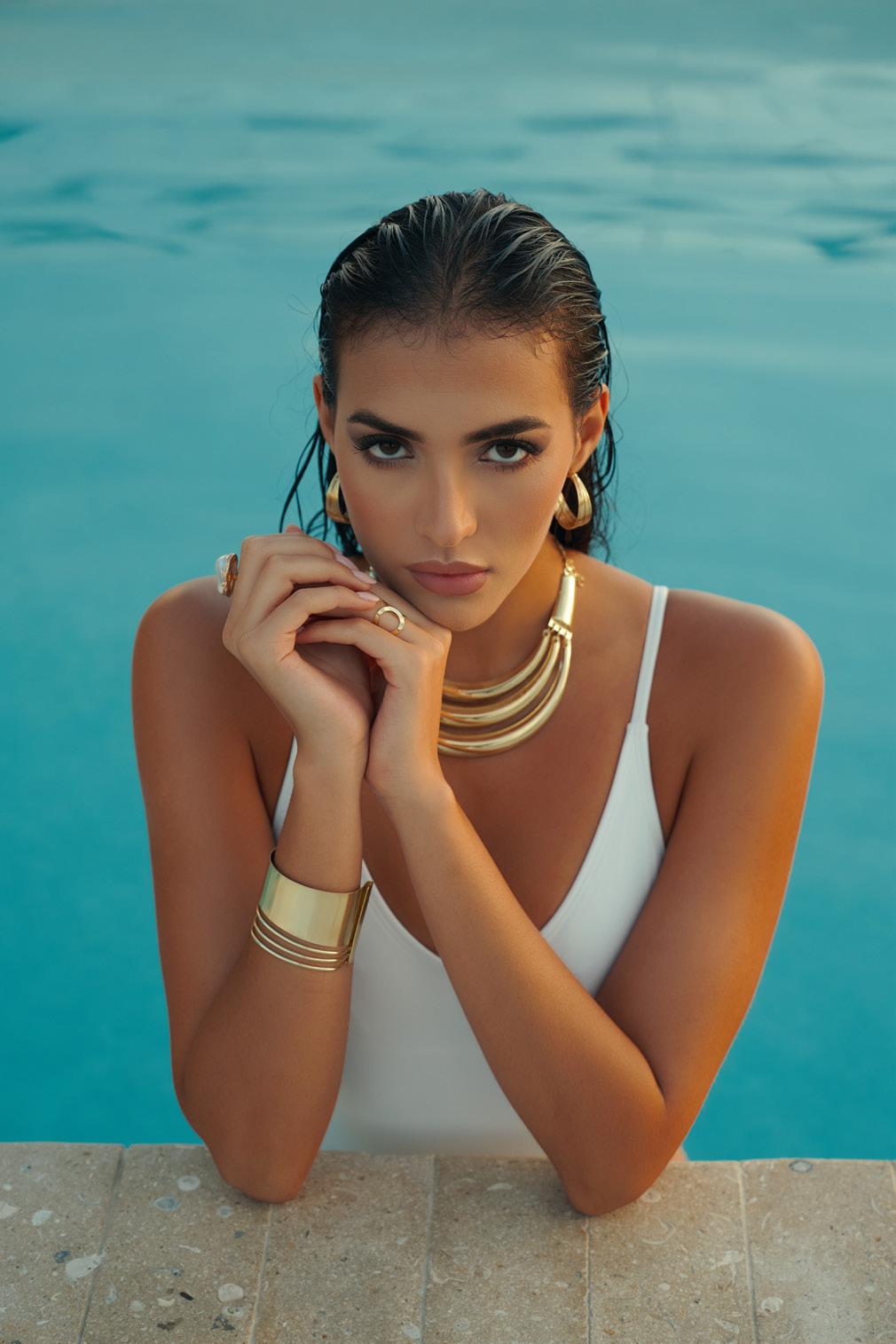
LOCATION: BENTLEY SOUTH BEACH @bentleysobe

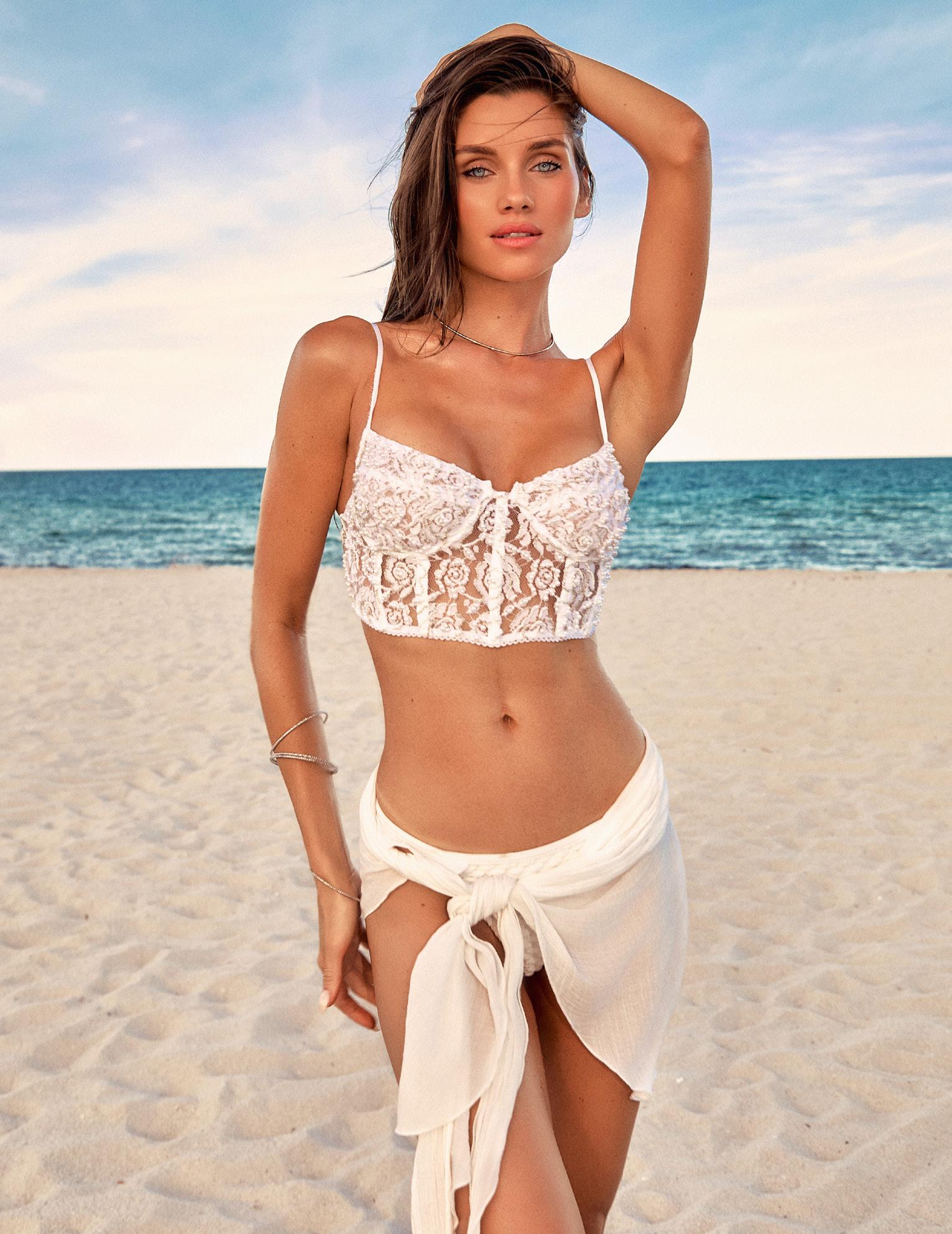
PHOTOGRAPHER: VIVIAN ARTHUR @vivanartgurphoto model: IRINA NATSEVSKAYA @irina_natsevskaya
AGENCY: ELITE MODEL MANAGEMENT MIAMI @elitemiami
FASHION STYLIST: TALITA SANTANA @taliisantana MAKEUP ARTIST: MARYLIN NUZZO @marylinnuzzo
Sunglasses


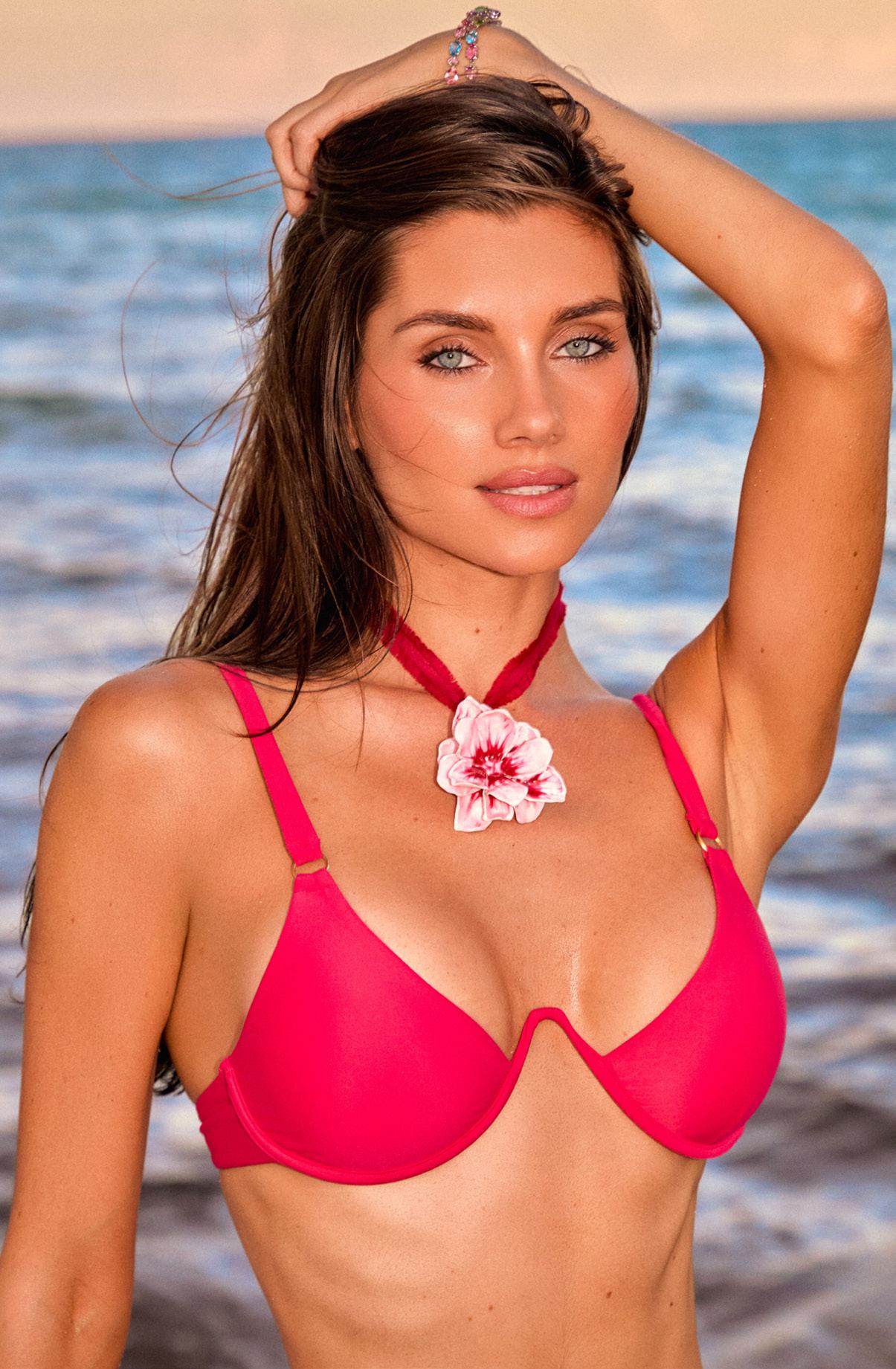

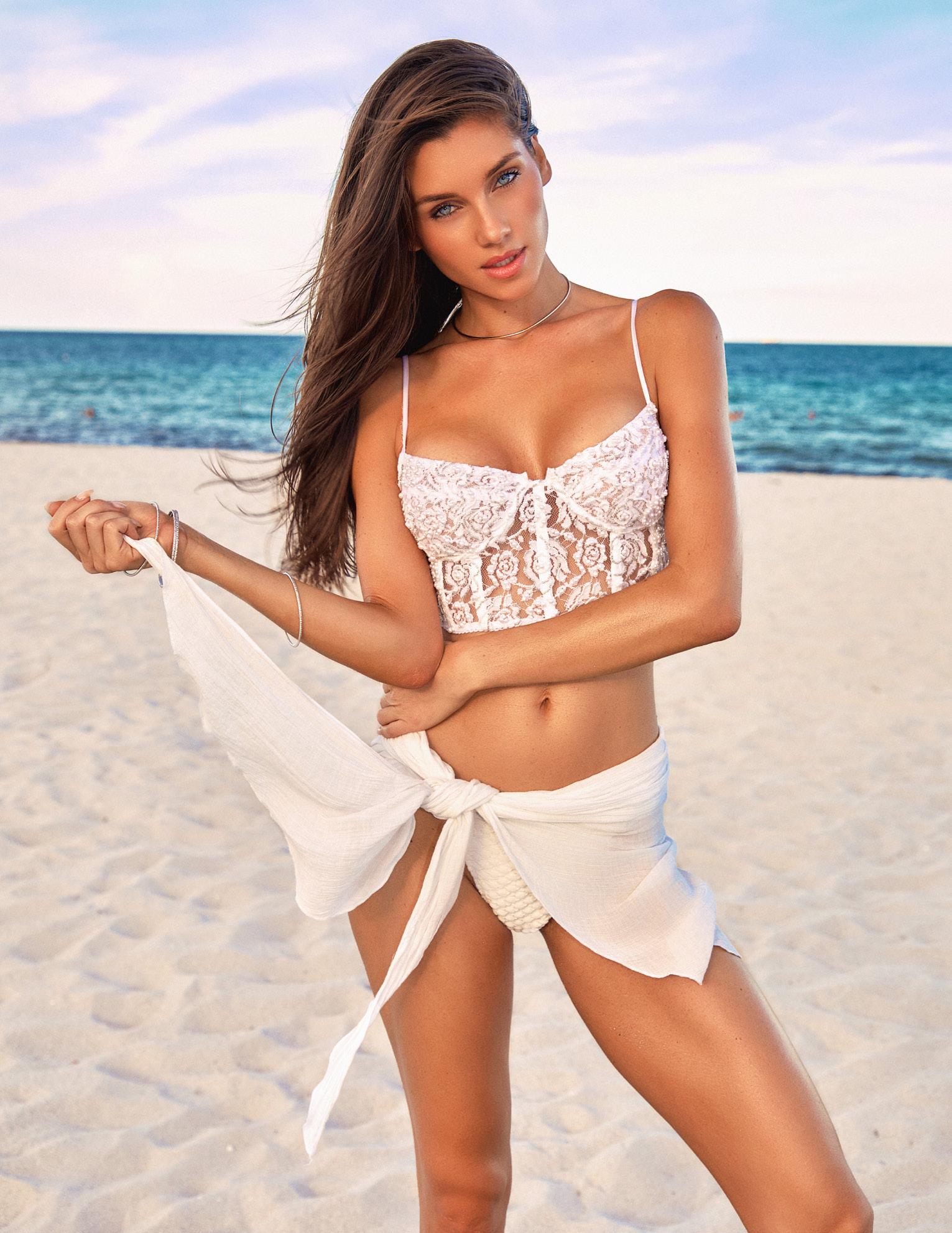
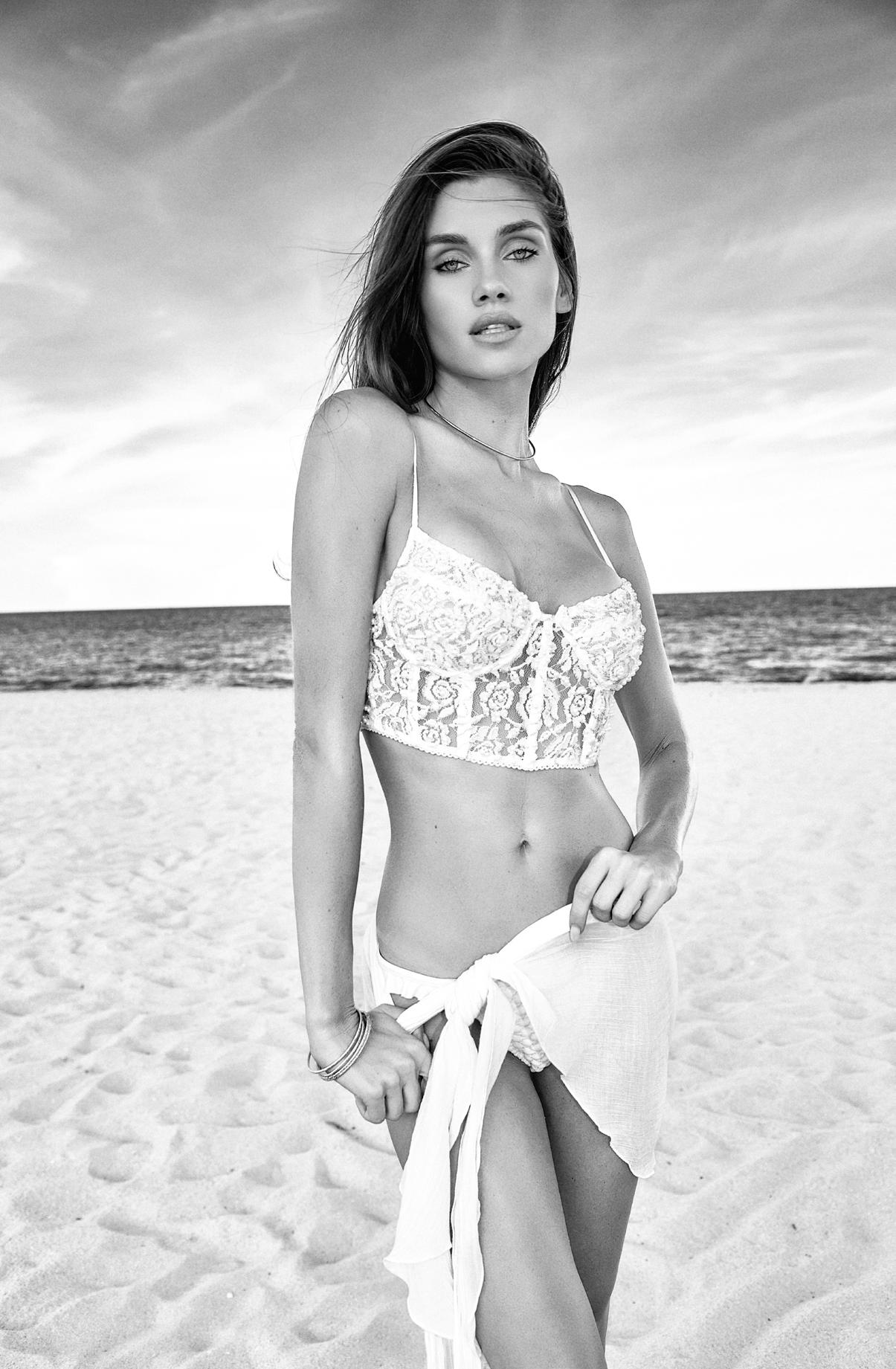
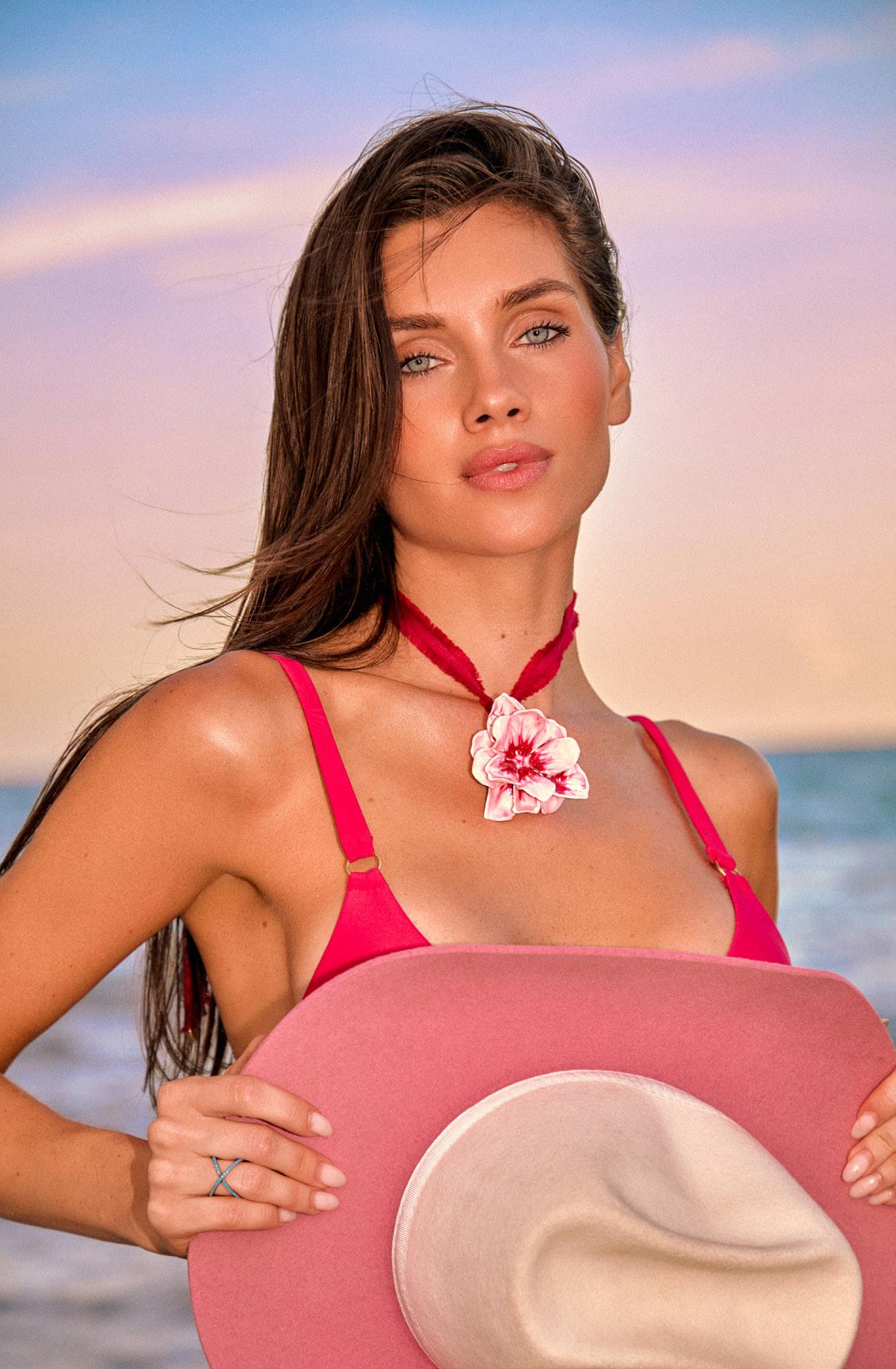


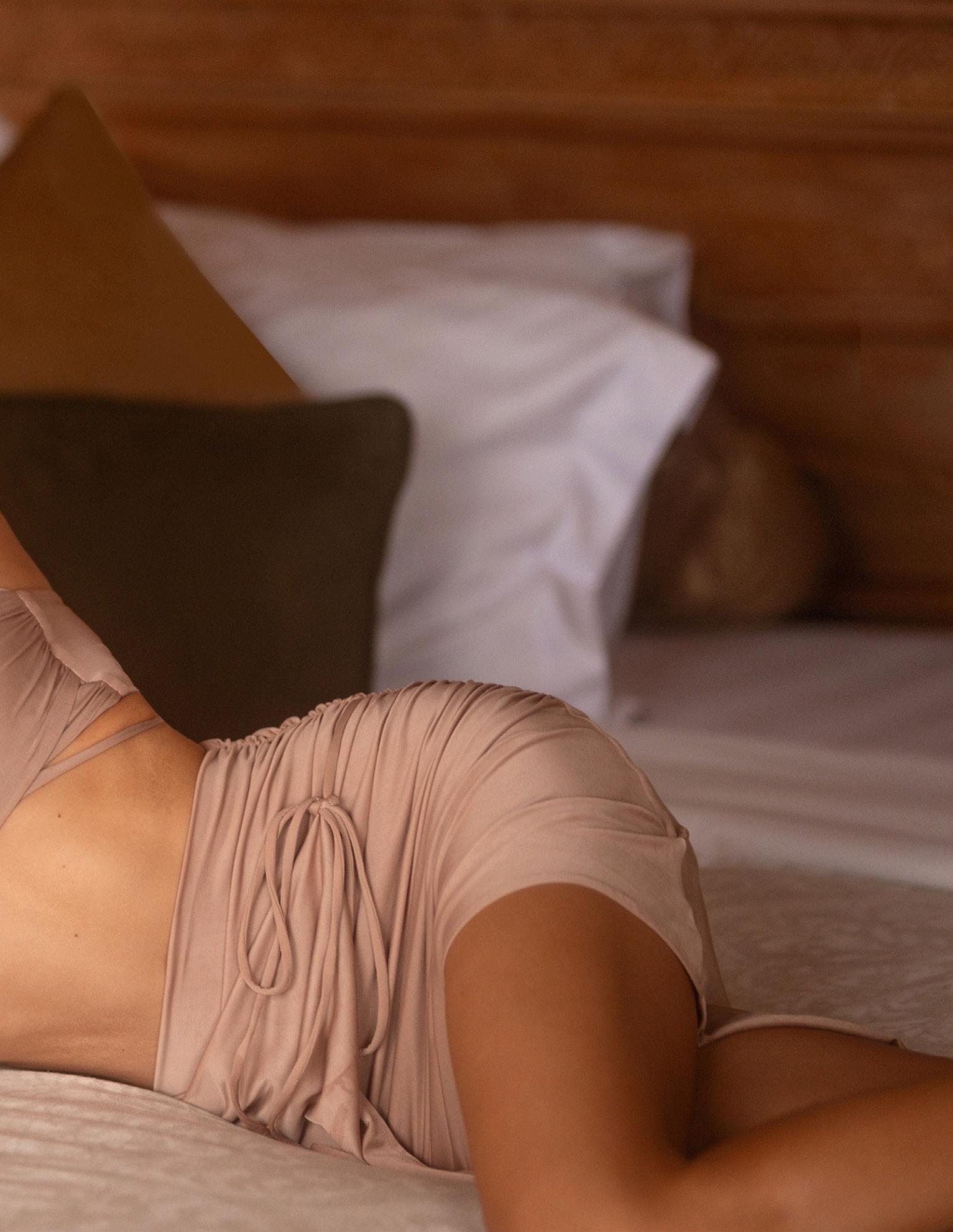
PHOTOGRAPHER: ROBERT VOLTAIRE @robertvoltaire
MODEL: KATHARINA NAHLIK @katharinanahlik
AGENCY: GENETICS MODEL MANAGEMENT @geneticsmgmt
MAKEUP ARTIST: LARA SKUBIC @laraskubic
TAN: SOBE TAN @sobetan
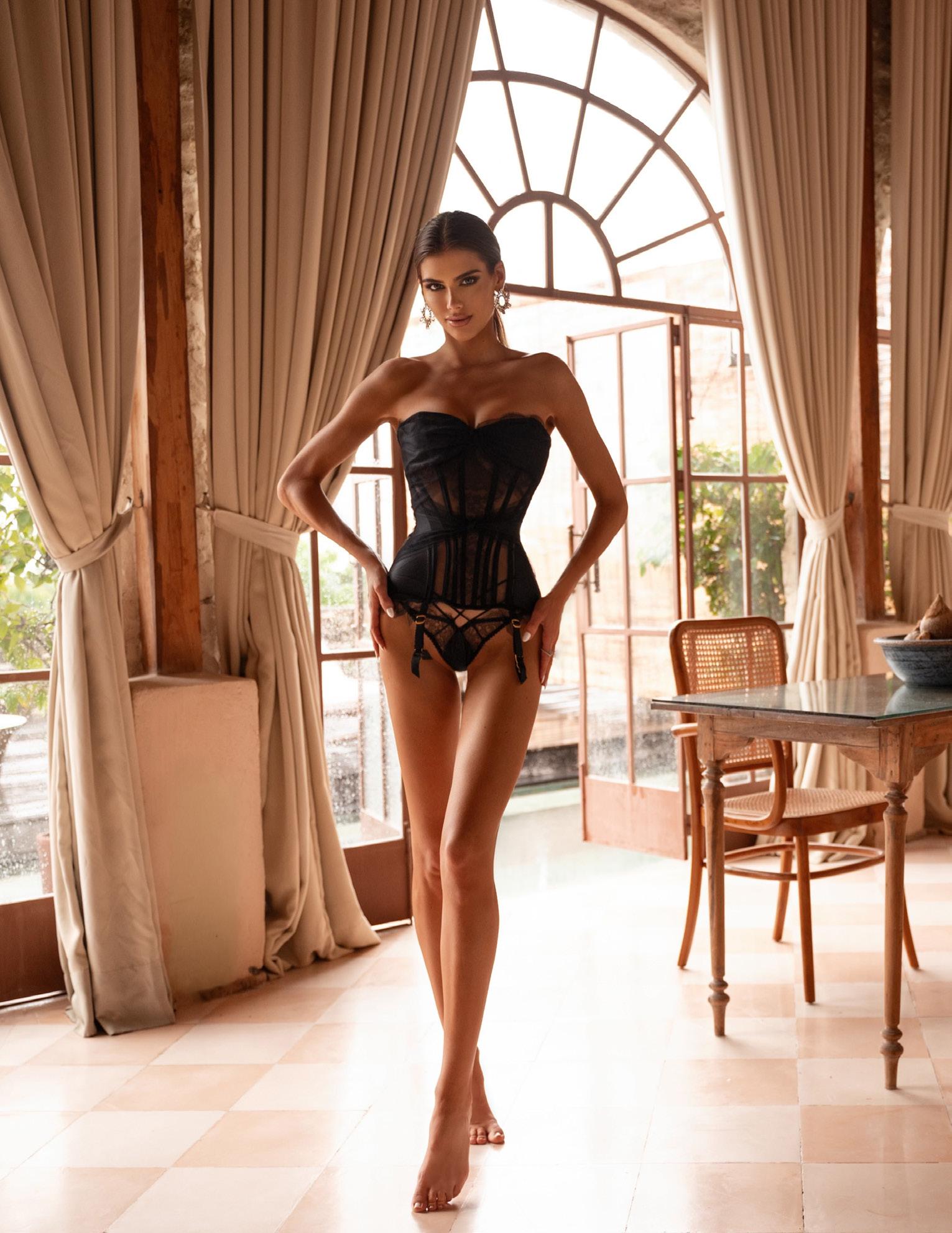

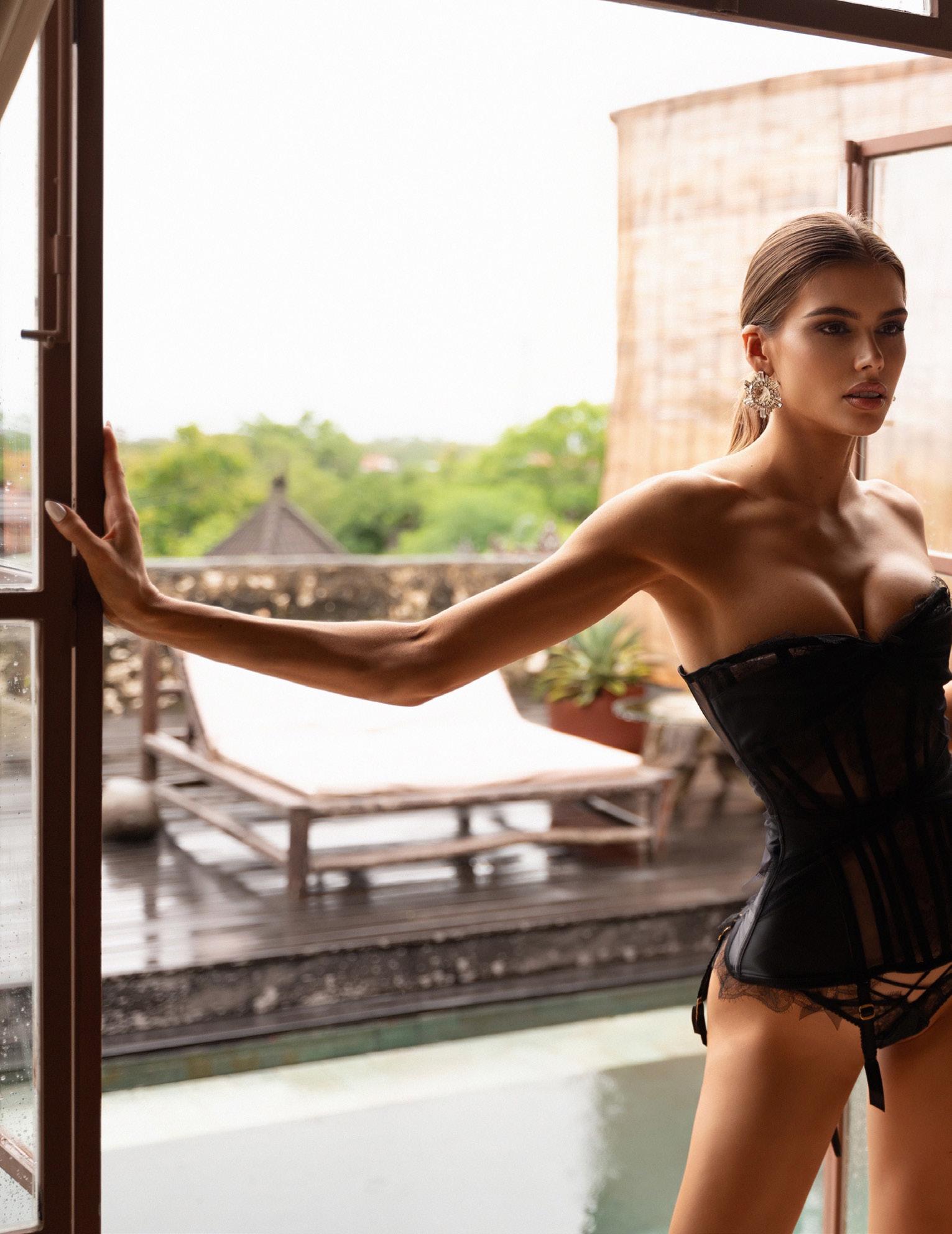

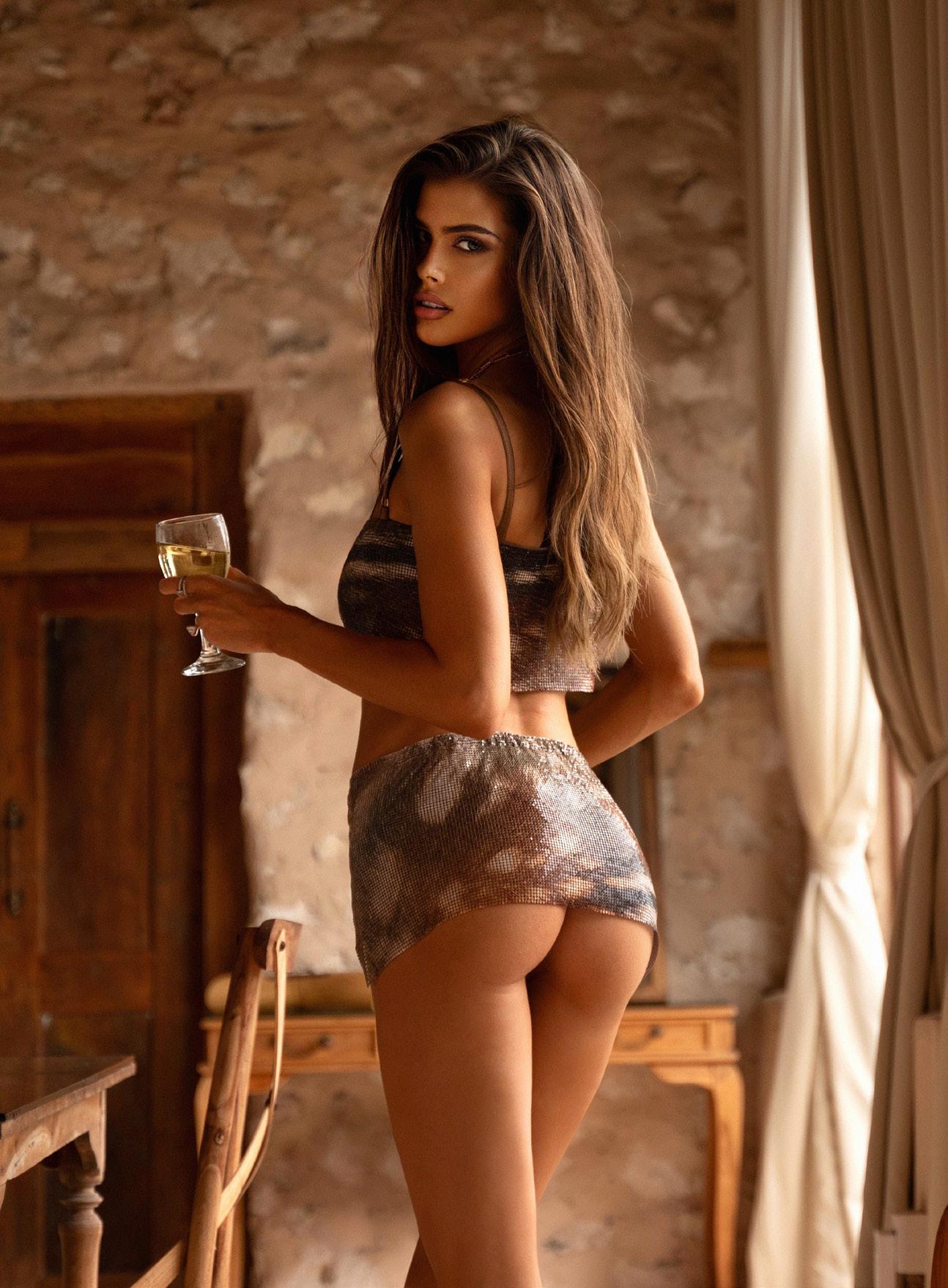

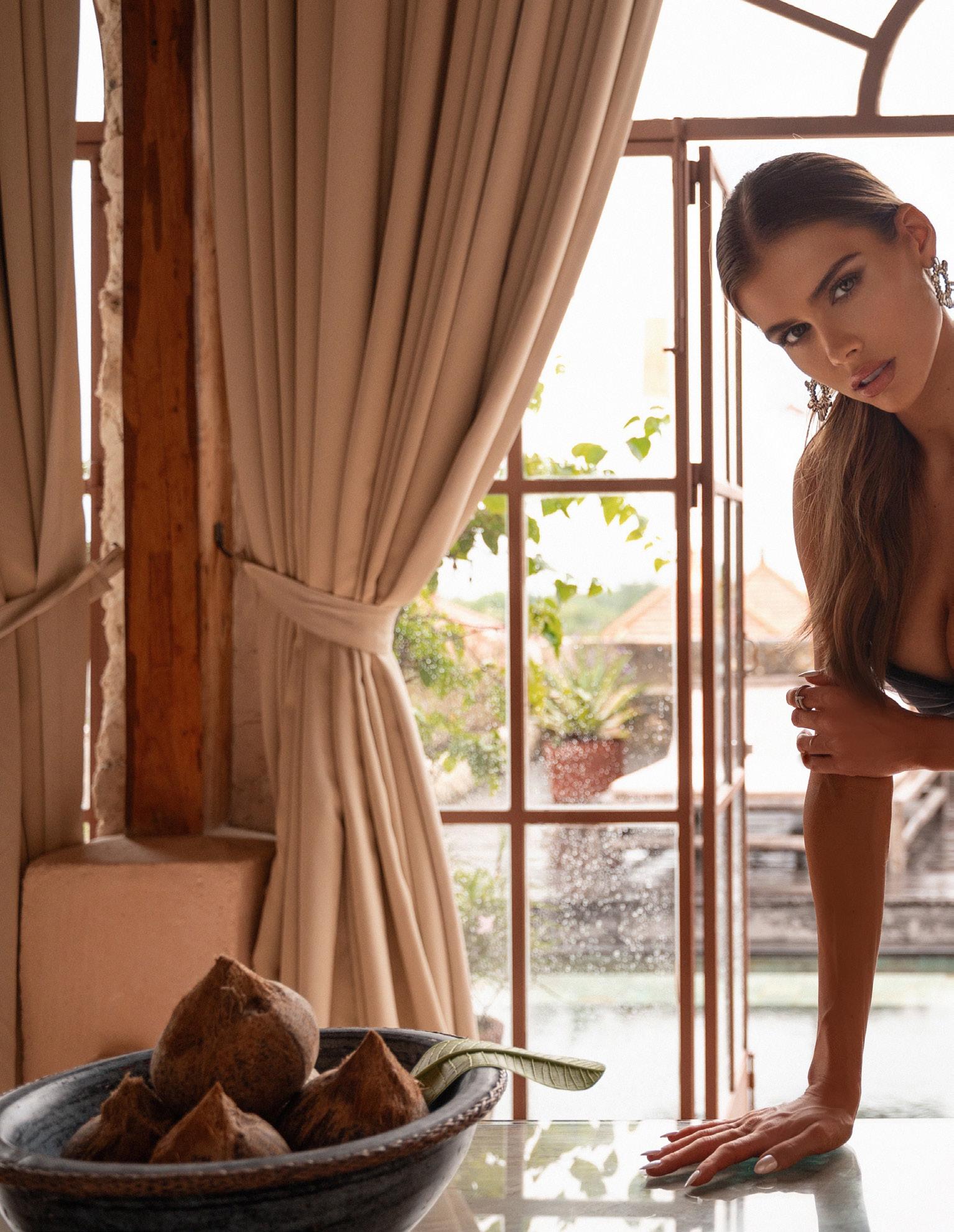



OF ALL
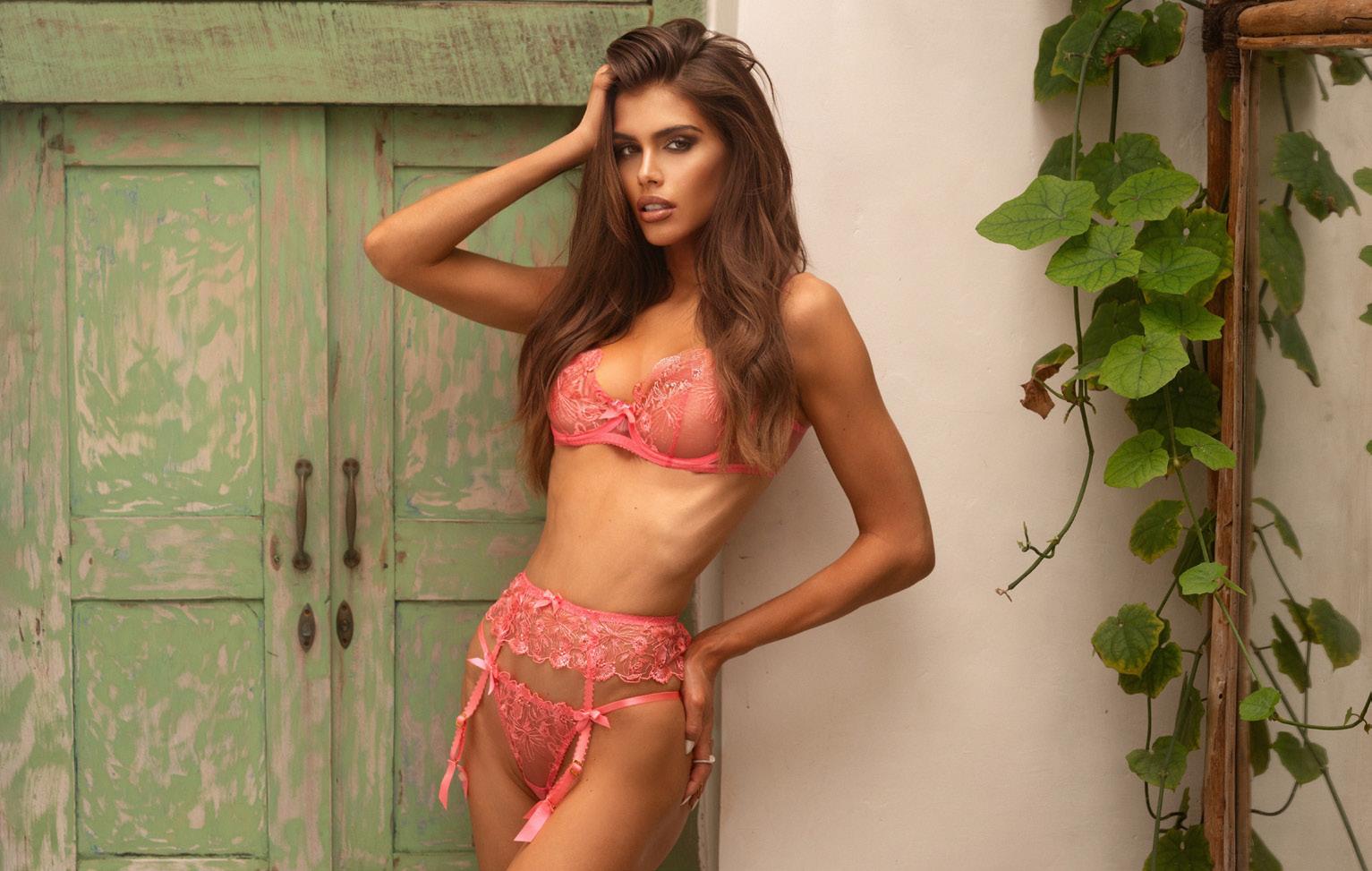
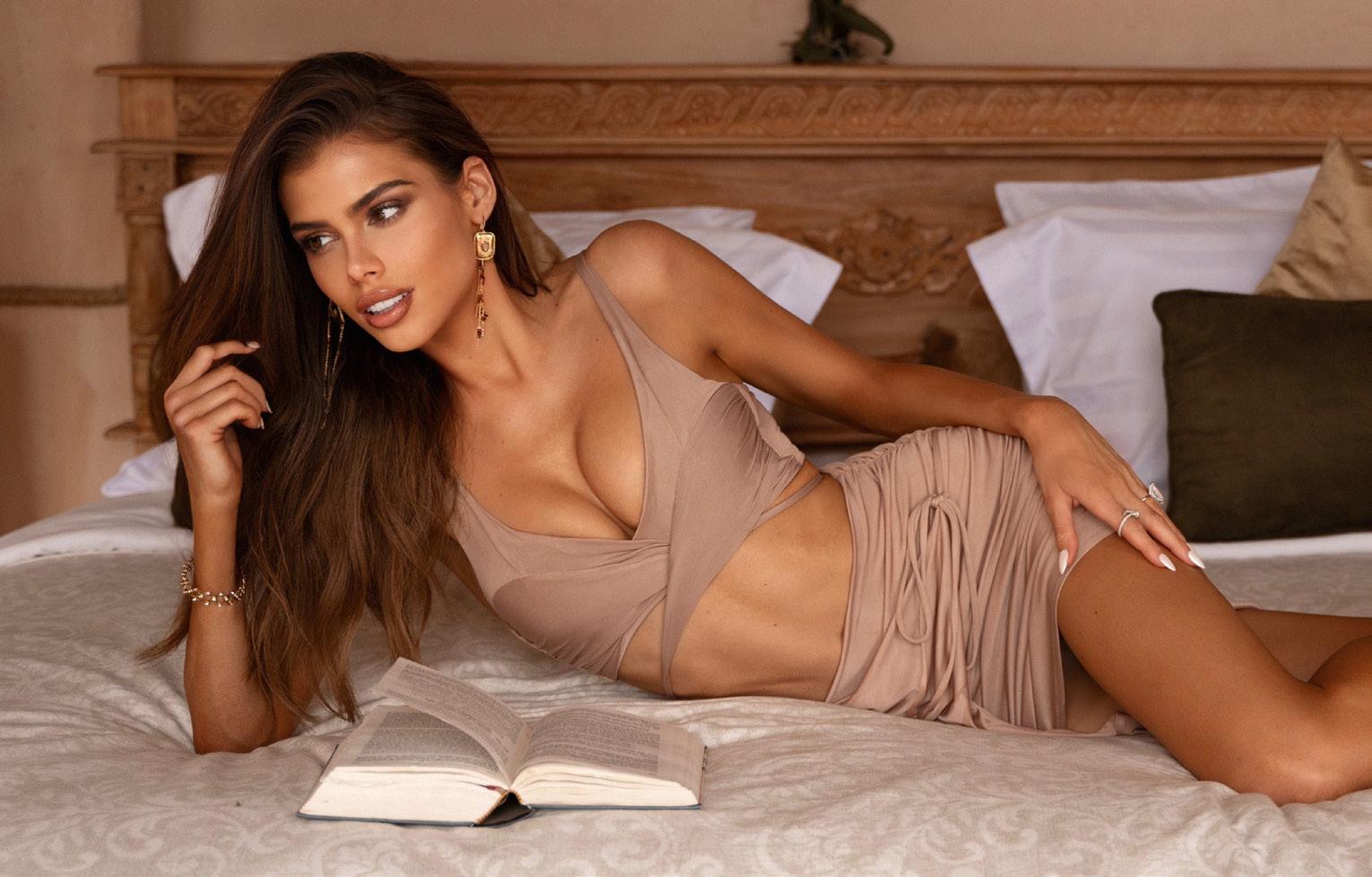

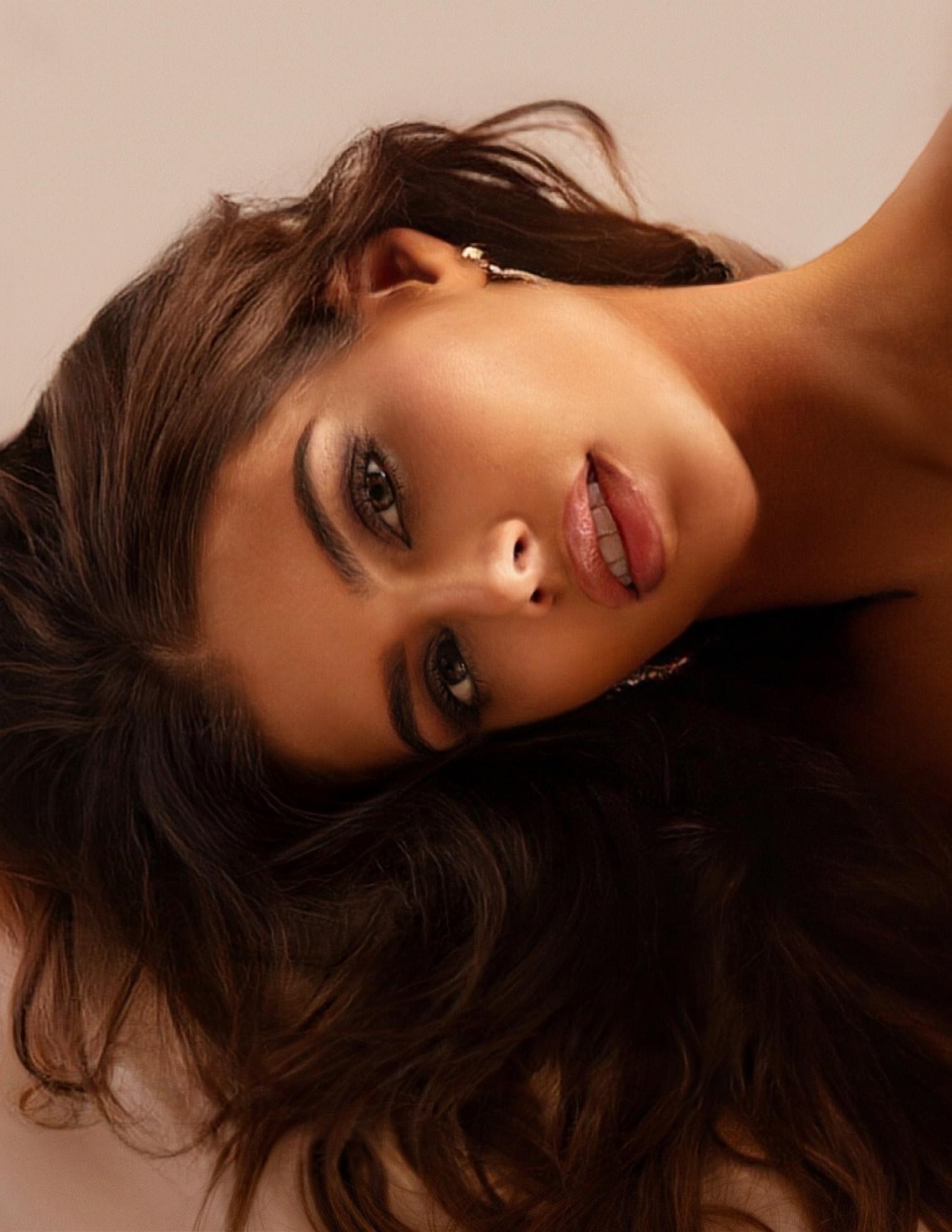
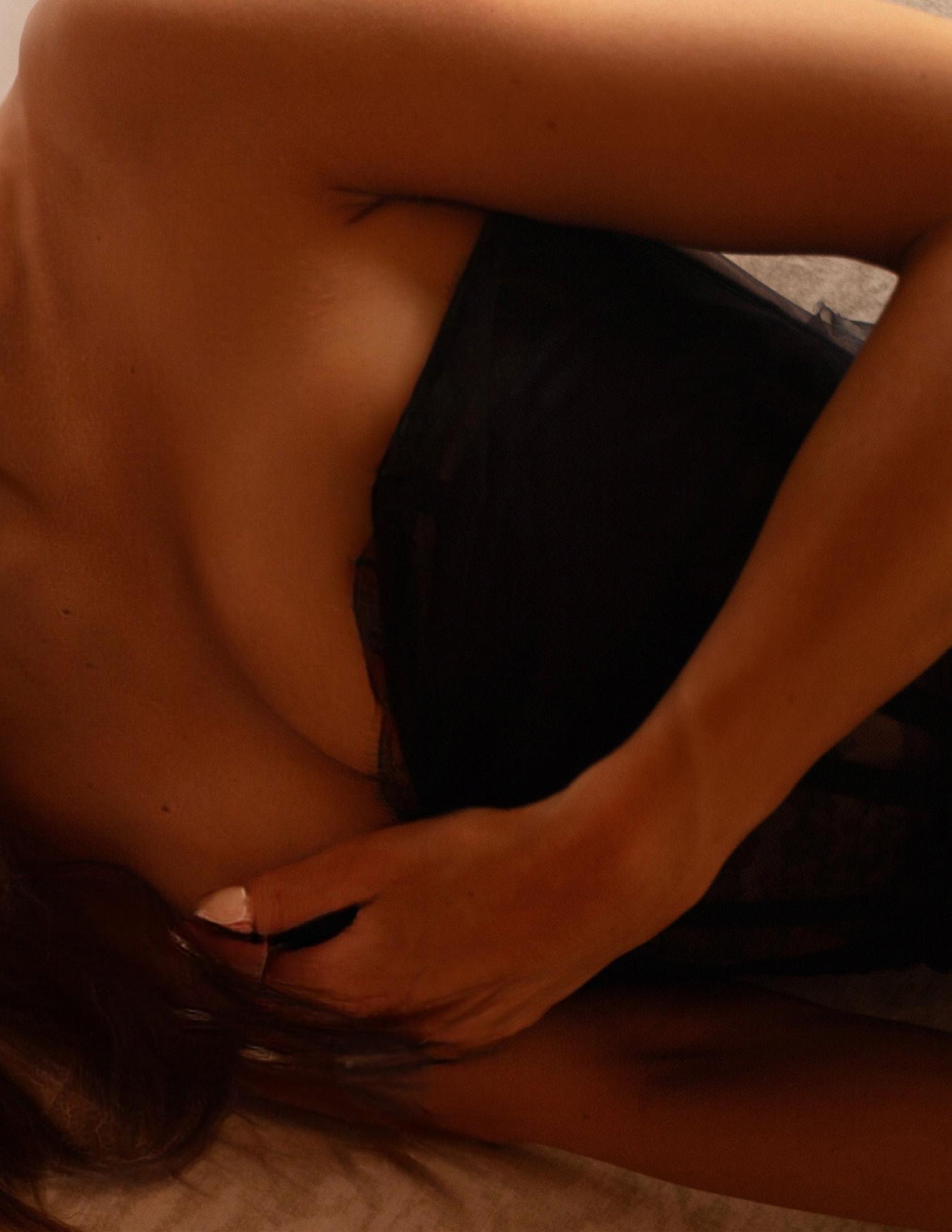
Interview by JOSE-MARIA JIMENEZ
Born in Chisinau , Moldova , Gabriella Hadjivu has transformed her unique journey into a powerful statement within the global fashion industry. Standing out from an early age for her tall, slender frame and undeniable presence, Gabriella quickly learned that true beauty transcends physical appearance. Her belief that energy, kindness, and authenticity define real elegance has carried her through a path filled with challenges, from starting with no portfolio to breaking into an industry that often overlooks voices from smaller countries.
Today, Gabriella is not only a rising model but also a proud representative of Moldova on the international stage. Her story is one of resilience and self-belief, fueled by inspirations like Naomi Campbell and Gisele Bündchen , and grounded in a deep connection to her roots. In this exclusive interview with QP , she shares her journey of persistence, her vision for the future, and her hope to inspire a new generation of Moldovan talent to dream beyond borders.
MODEL: GABRIELLA HADJIVU @gabriella.hadjivu
PHOTOGRAPHER: JUXHIN KURTI @juxhinkurti
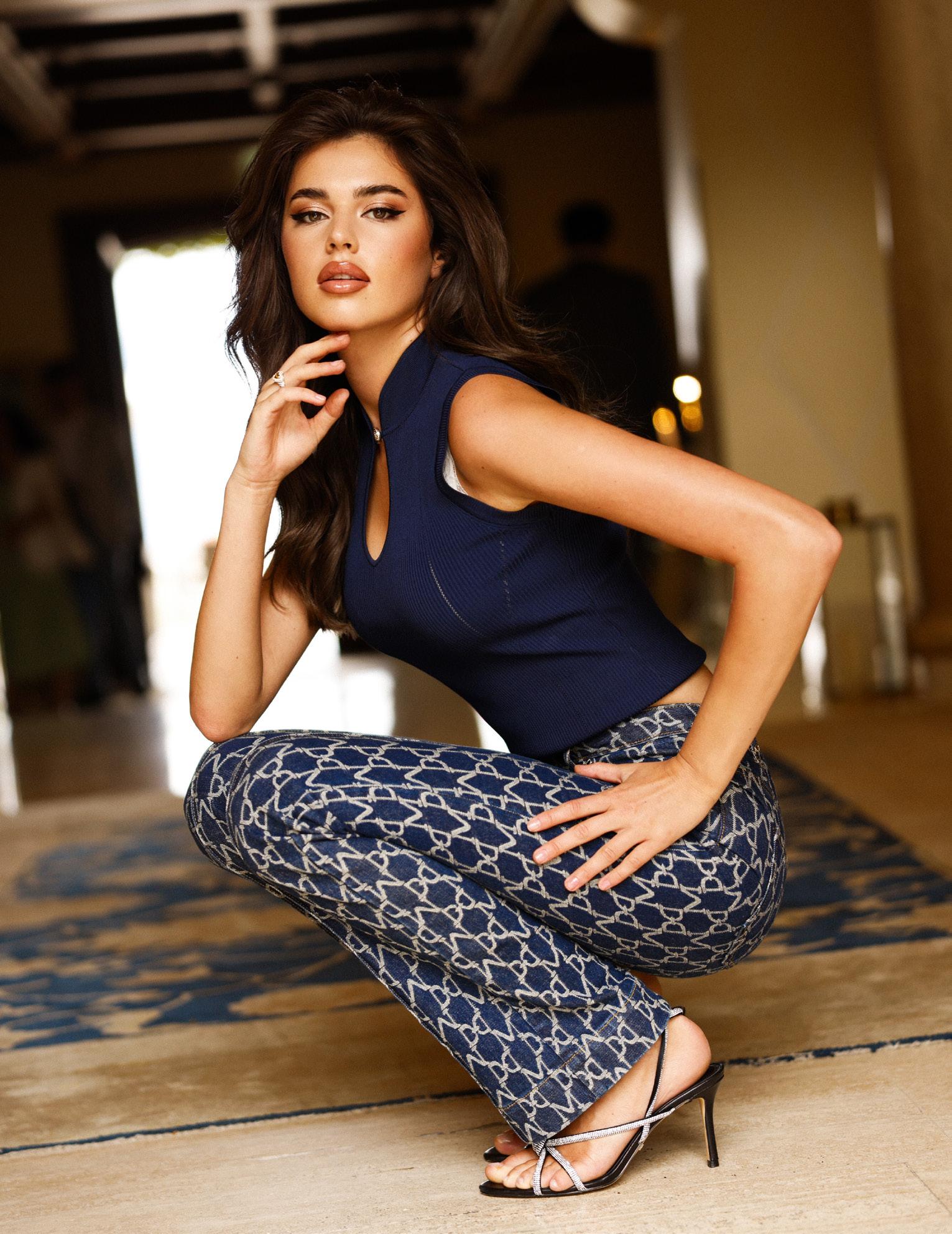
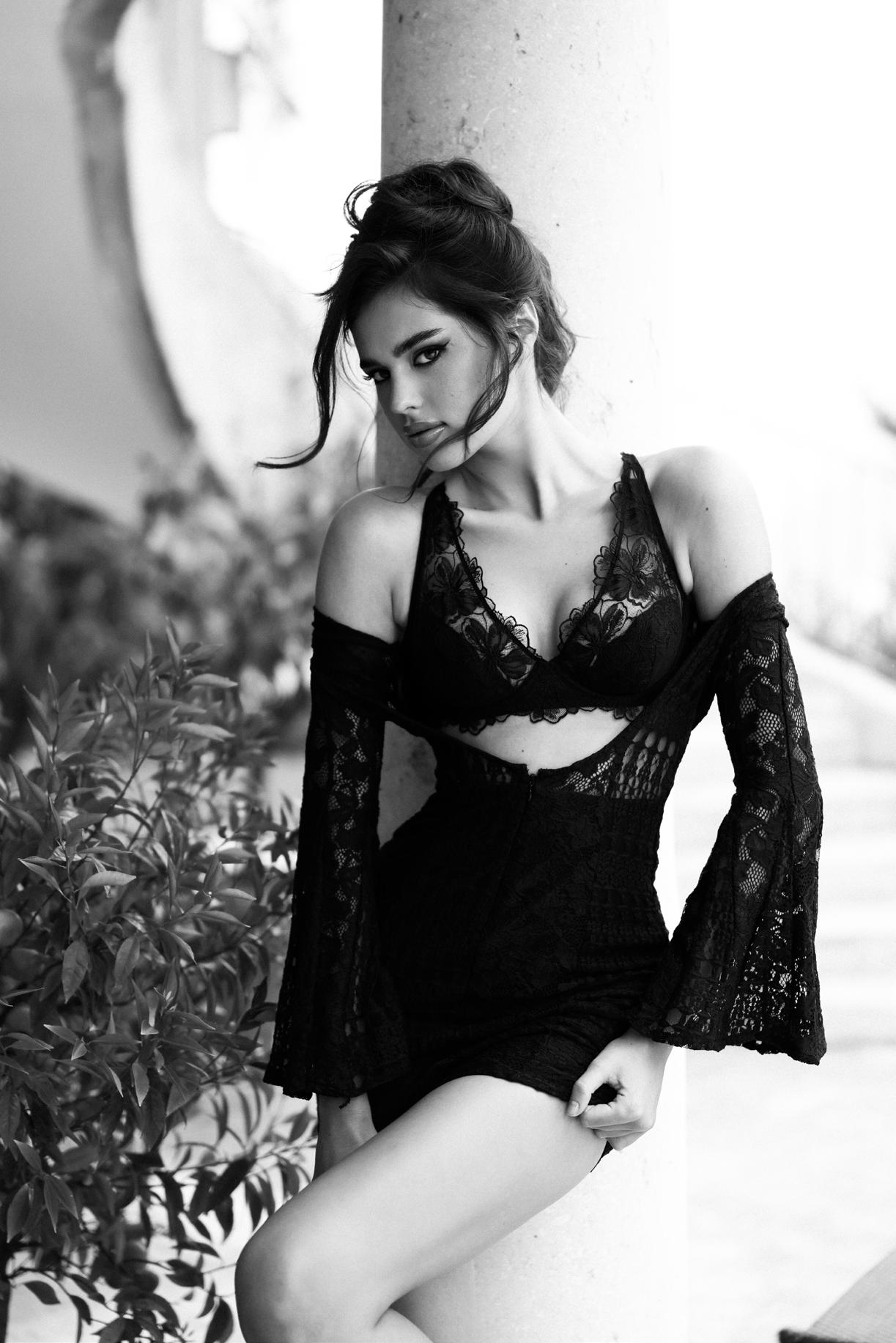
Gabriella, you were born in Chisinau, Moldova—a place not often associated with the global fashion industry. How did your upbringing there shape your perspective on beauty and style?
Growing up in Moldova wasn't easy. I always looked different: I was taller, thinner and people used to judged me a lot.
But even with the negativity, I always loved myself. Not just because of how I looked, but because of my energy, heart, and personality. l've always believed that real beauty comes from inside from how you treat people and how you carry yourself, not just your face or your body.
When did you first realize that modeling was more than just a dream for you, but a career path worth pursuing?
Since I was a kid, I dreamed about fashion. But as I got older, even when people told me to "calm down" or "find a normal job," I kept going. I just knew I was meant for something more. I didn't have support or connections but I had a strong belief in myself. That's how it all started.
Who were your earliest fashion inspirations growing up in Moldova?
How do you prepare yourself mentally and physically before a major shoot or runway show?
I don’t just “prepare” before a shoot I take care of myself every day. Beauty treatments, Pilates, eating clean, staying active… it’s a lifestyle, not a last-minute fix. By the time I’m on set I already feel ready.
Modeling often means constant travel—what are some lessons you’ve learned from living life between airports and cities? How would you describe your personal style when you’re off the runway or away from campaigns?
“I'm proud to be from Moldova, and I want to show that to the world.”
I loved Naomi Campbell and Gisele Bündchen . They weren't just pretty, they had real confidence and energy.
What has been the most challenging moment in your modeling career so far, and how did you overcome it?
The hardest part was starting out with no portfolio and coming from Moldova , where modeling felt impossible. I stayed consistent, kept traveling, kept showing up until people couldn’t ignore me anymore.
Constant travel taught me how to be both soft and strong at the same time. I learned patience, independence, and how to adapt quickly.
Do you have a “fashion uniform” for travel days, castings, or downtime?
I like comfort, especially when I travel or on normal days. l usually wear sporty clothes, leggings, hoodies, sneakers. It's easy, relaxed, and still cute.
What are three wardrobe staples every woman should own, in your opinion?
A blazer that makes you feel powerful. Good jeans that fit you perfect. A dress that makes you feel soft and beautiful.
How do you balance staying true to your Moldovan roots while being part of such an international industry?
No matter where I am, I always carry Moldova with me. I speak my language, I share my story, and I'm proud of where I come from. I want to be someone girls from Moldova can look up to and say, "If she did it, maybe I can too."
What do you want the world to know about Moldova—its culture, people, or creativity?
It's small, but full of strong and talented people. We don't always have the chances others have, but we know how to fight for our dreams. I'm
proud to be from Moldova , and I want to show that to the world.
Do you feel a responsibility to represent your country in the fashion industry, and if so, how do you embrace that role?
Yes. I didn't grow up seeing girls from Moldova in big campaigns or fashion shows. Now that I'm here, I want to inspire others. I want to show that you can start from a small place and still build something big.
What’s a designer, brand, or creative director you dream of collaborating with in the future?
Definitely Victoria's Secret . I love how it celebrates women and confidence. I also admire brands like Dolce & Gabbana , Jacquemus , and Mugler they're bold, artistic, and feminine. I'd love to bring my energy into their vision.
Outside of modeling, are there creative passions or projects you’re exploring?
Yes! I love sports. I always try to keep my body moving. I do Pilates, yoga, tennis. It helps me feel strong and clear. And in the future, I want to build something of my own. Maybe a brand with fashion, activewear, or beauty. I'm still figuring it out, but I know I want to create something that reflects me.
Looking ahead, how do you envision the next chapter of your career—both in fashion and beyond?
I want to keep growing as a model and person. I also dream of starting my own brand -maybe fashion, maybe perfumes, or even both. I'm not exactly sure yet, but I want it to be elegant, feminine, and full of meaning. Something that makes women feel beautiful and confident.
“I want to show that you can start from a small place and still build something big.”
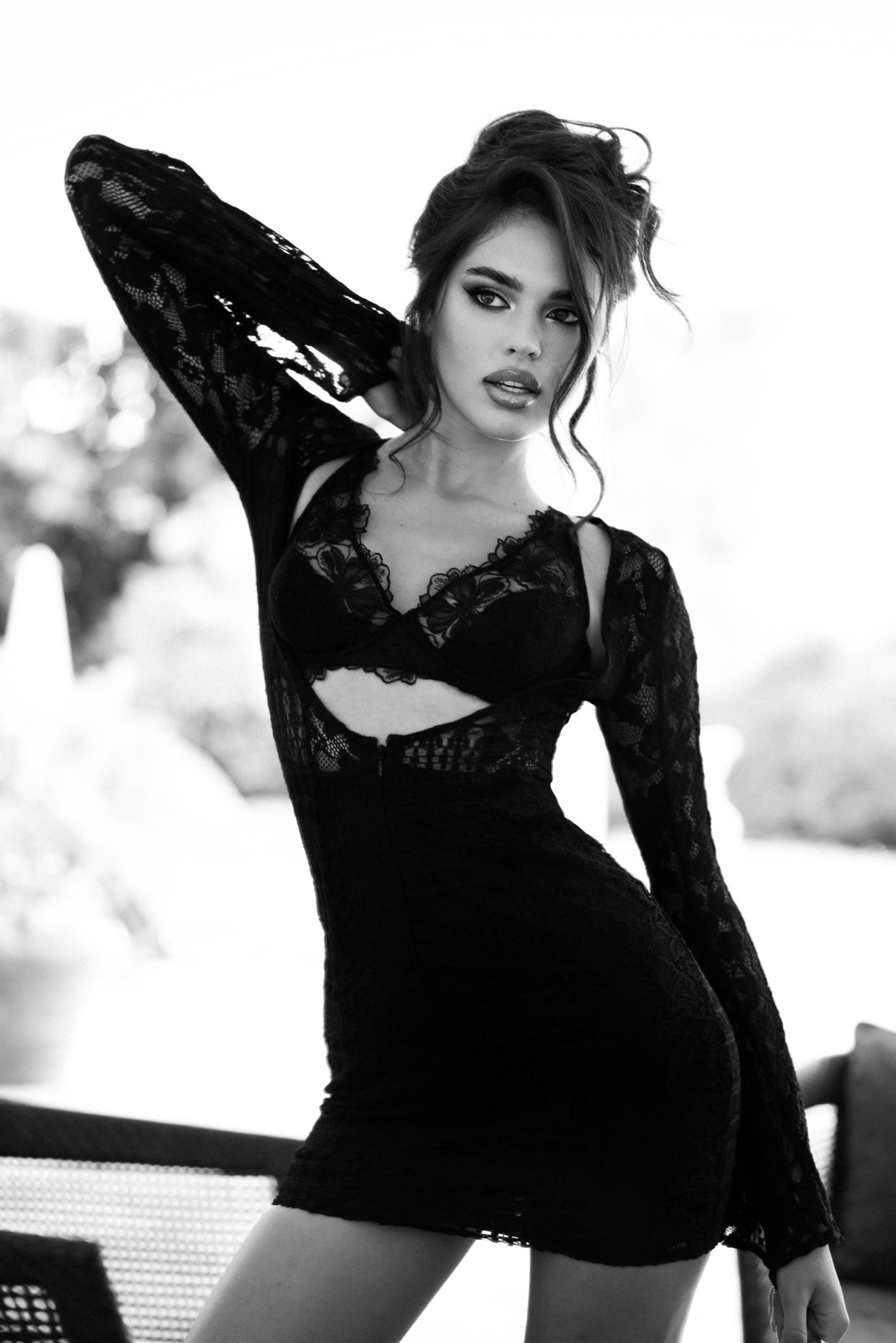


PHOTOGRAPHER: BEN AMARE @benamarephoto model: MARIA LUIZA PINA @amalupina
AGENCY: WILHELMINA @wilhelminamodels
MAKEUP ARTIST: ALDANA @aldana_beautystudiomiami
LOCATION: BENTLEY SOUTH BEACH @bentleysobe
SPECIAL THANKS TO IKON MANAGEMENT @ikonmanagement
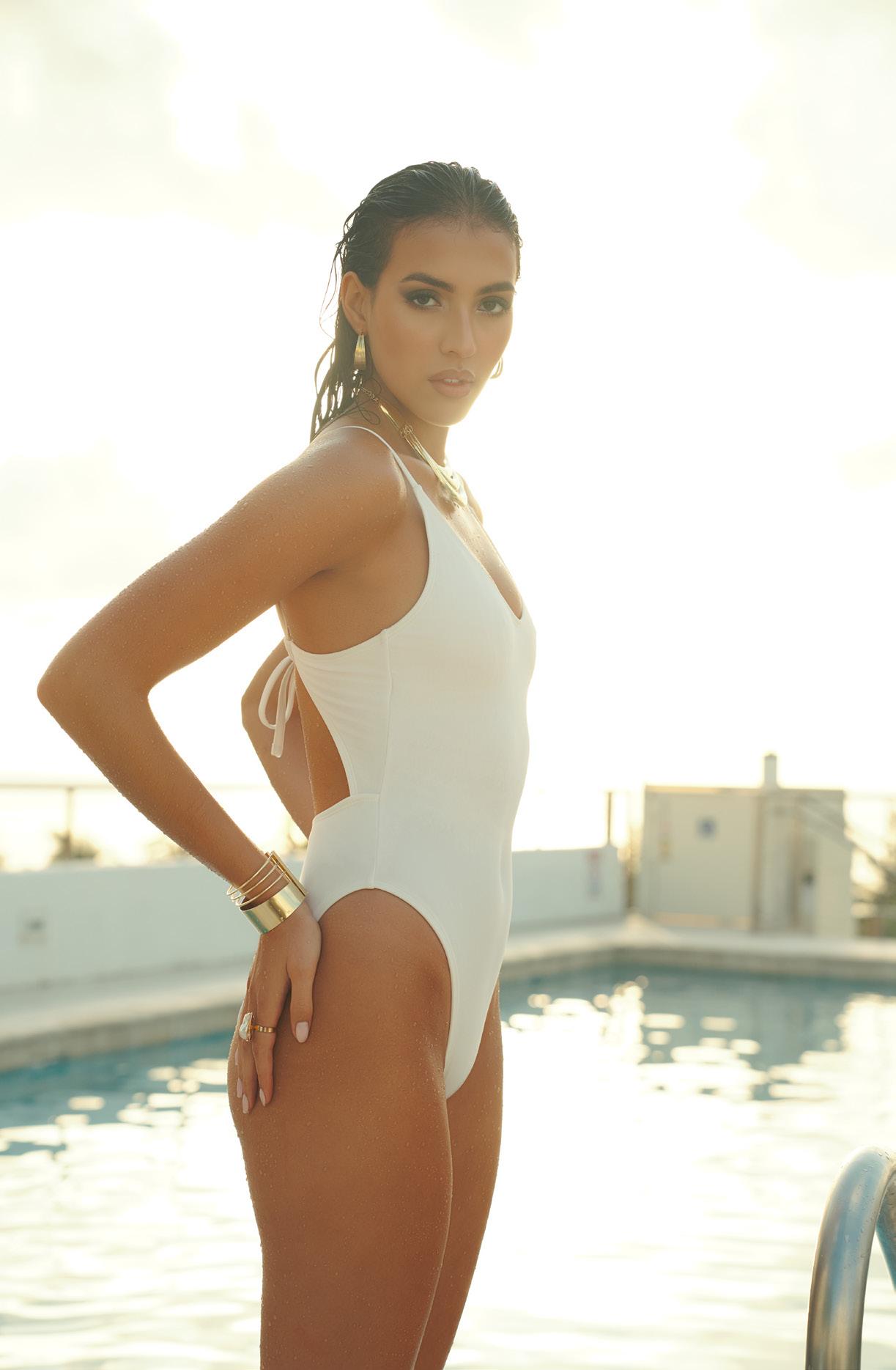
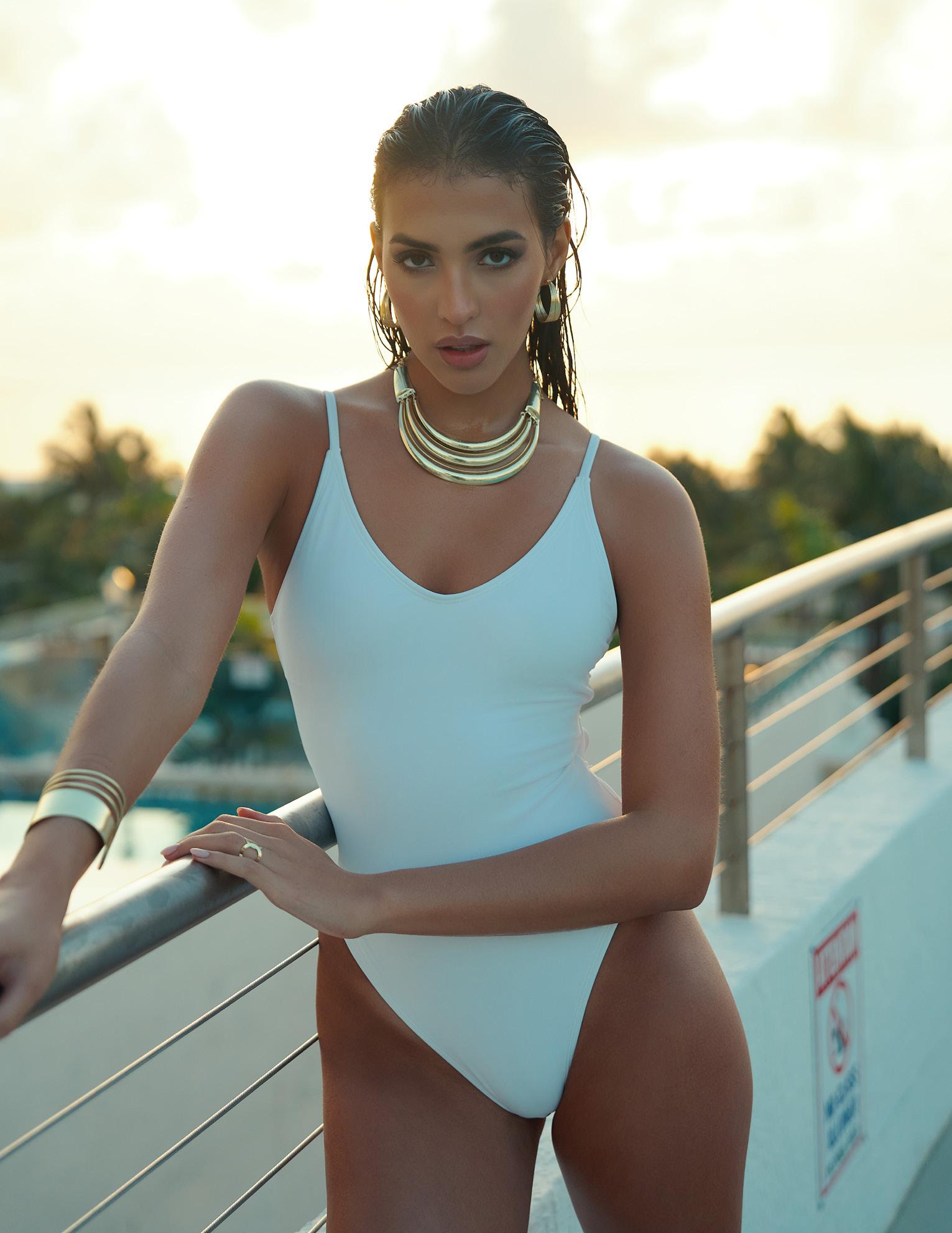
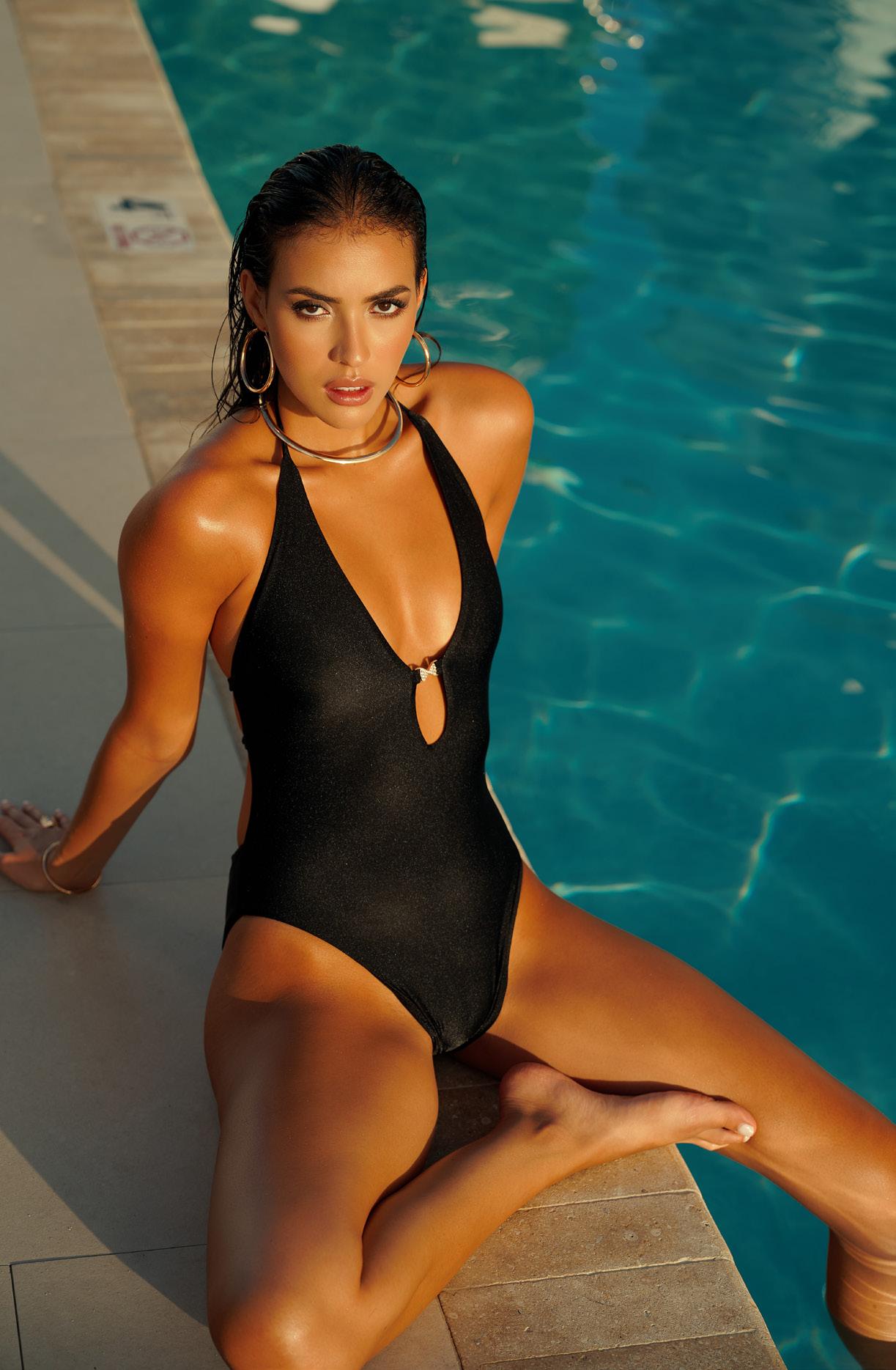
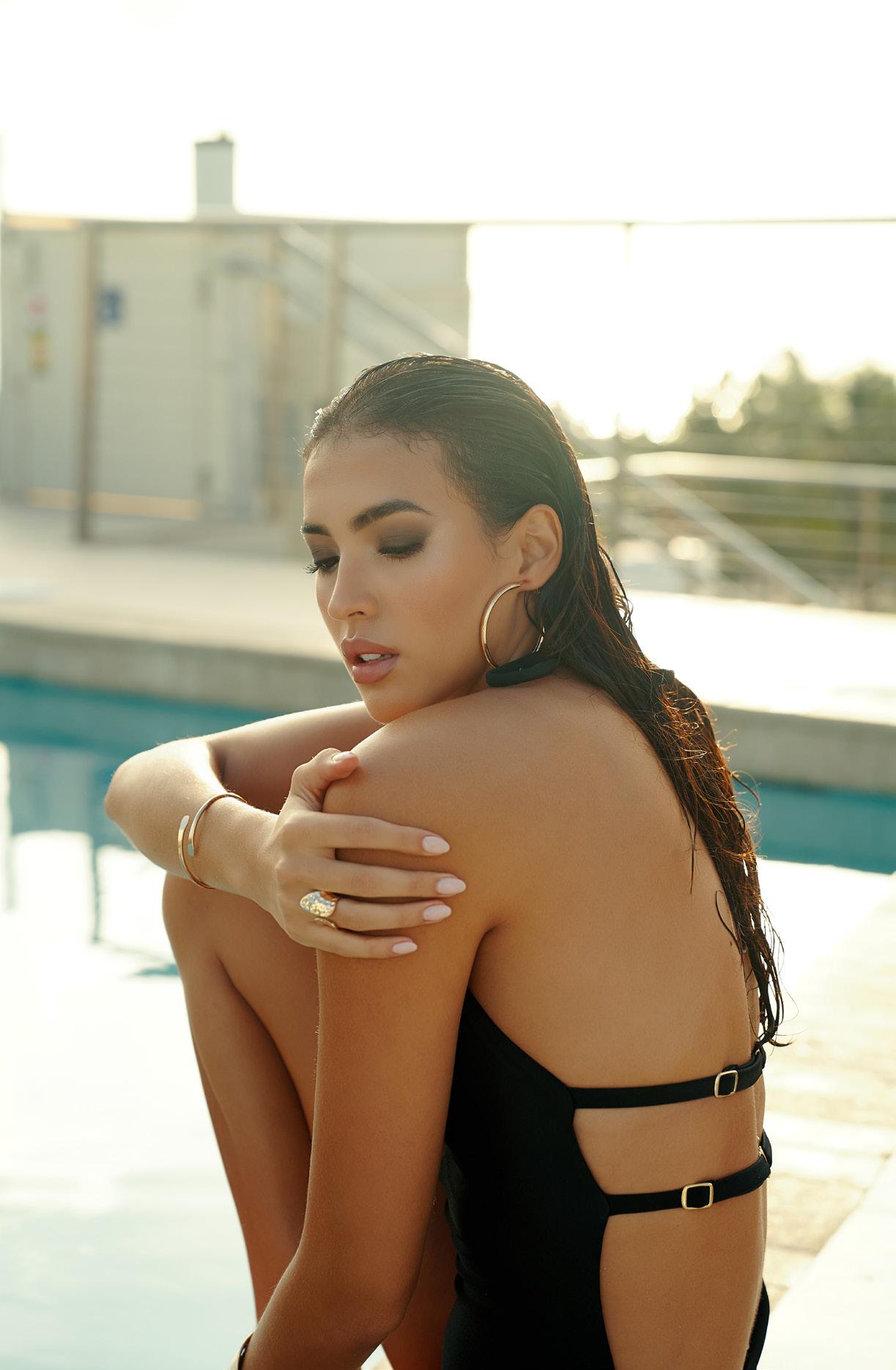
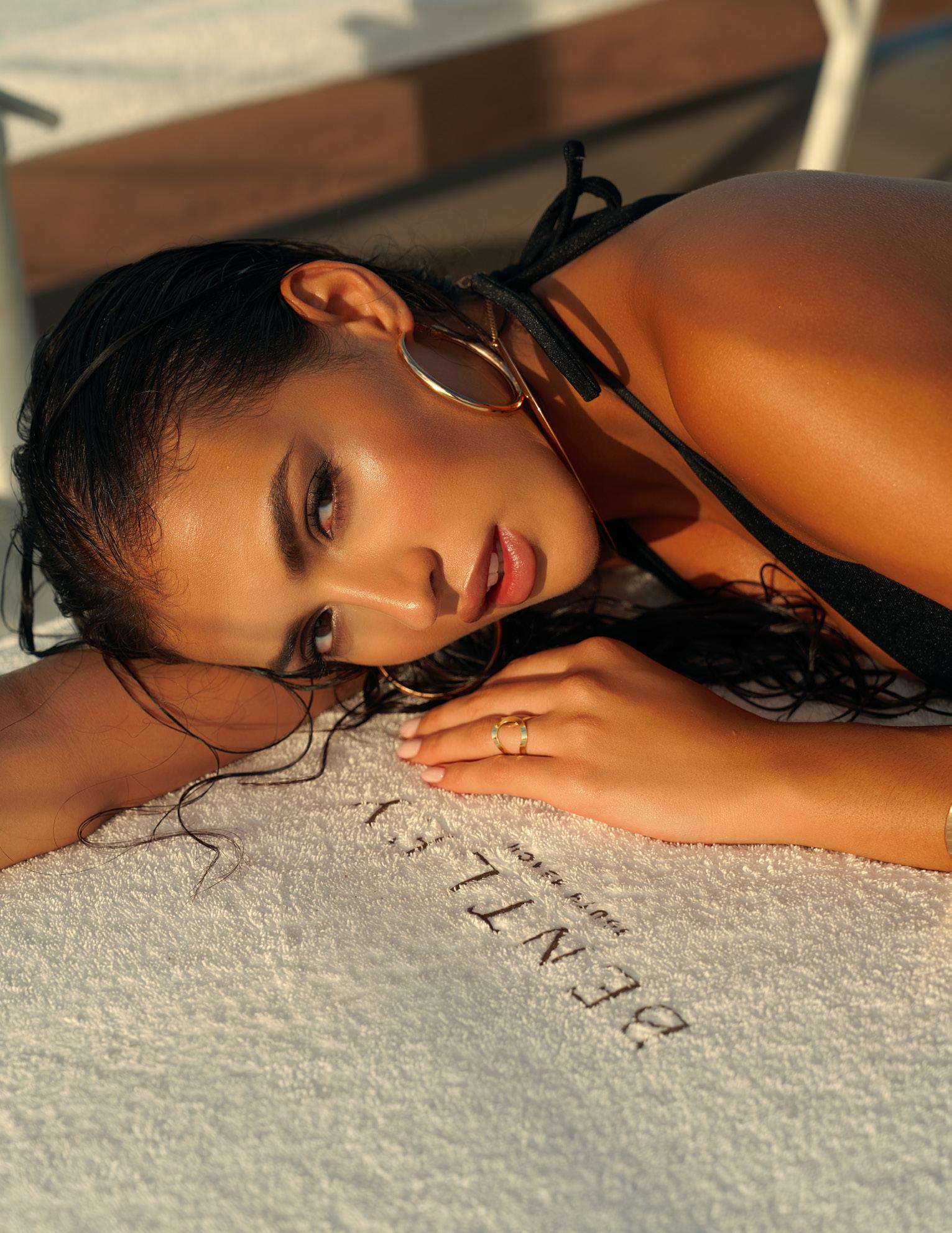


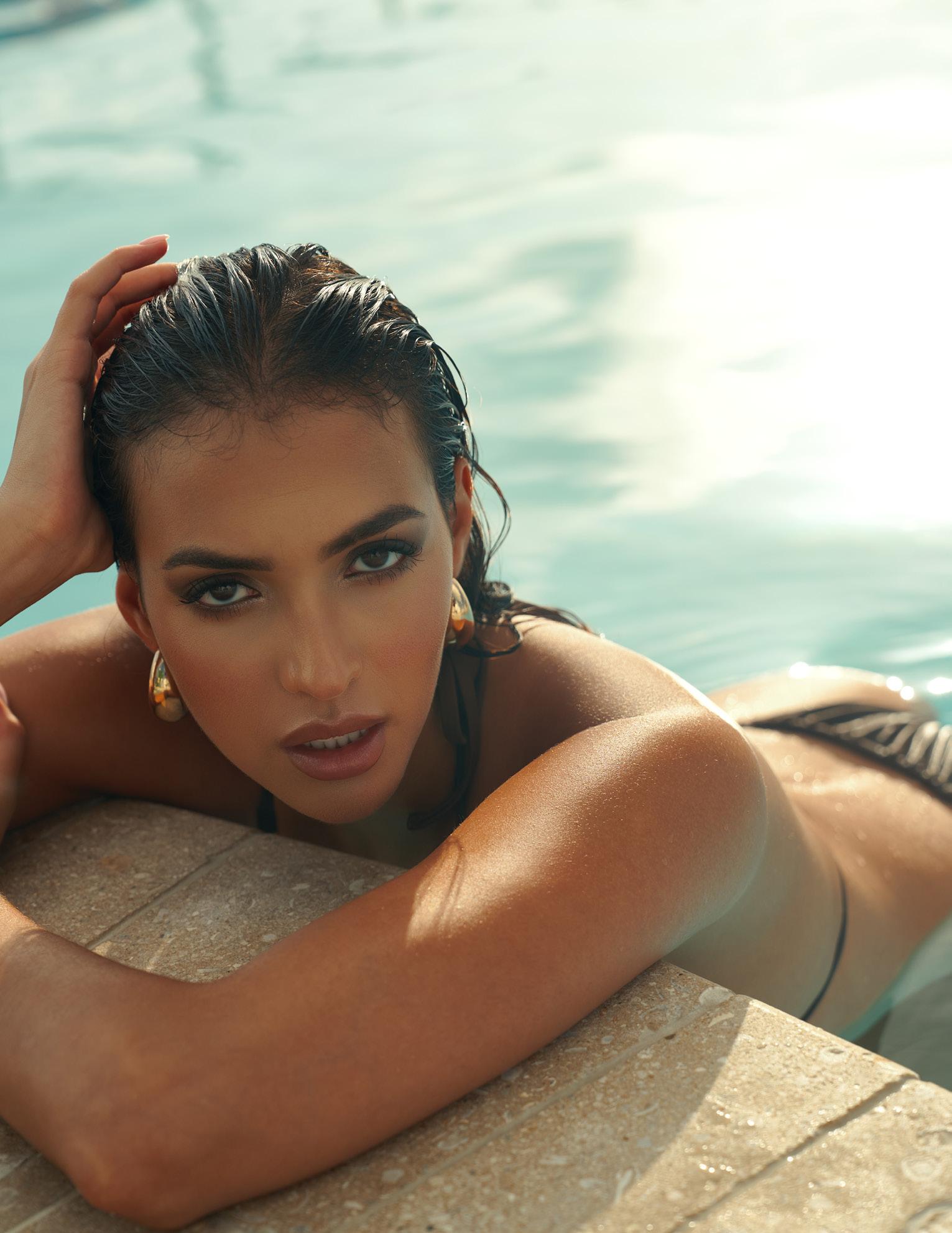
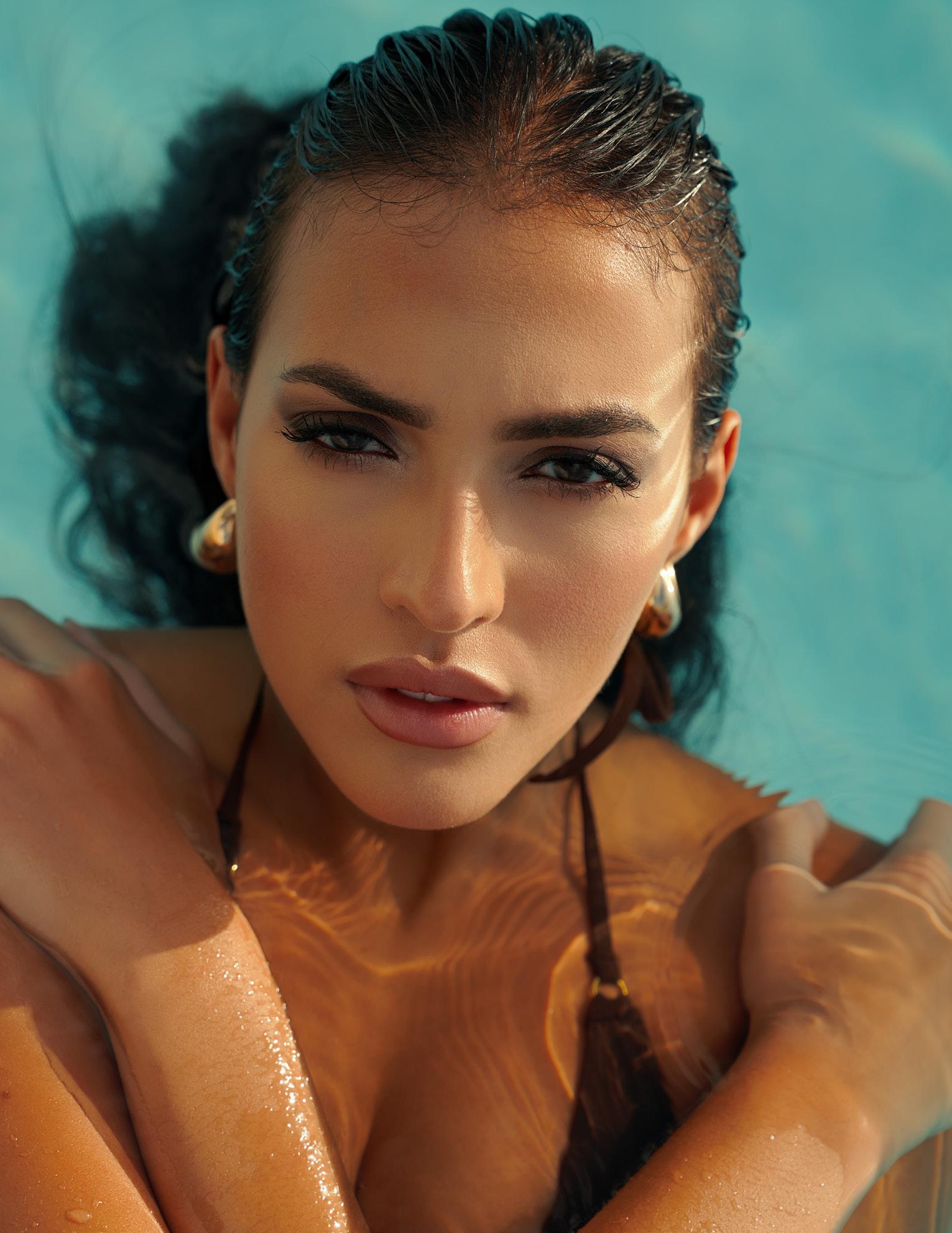
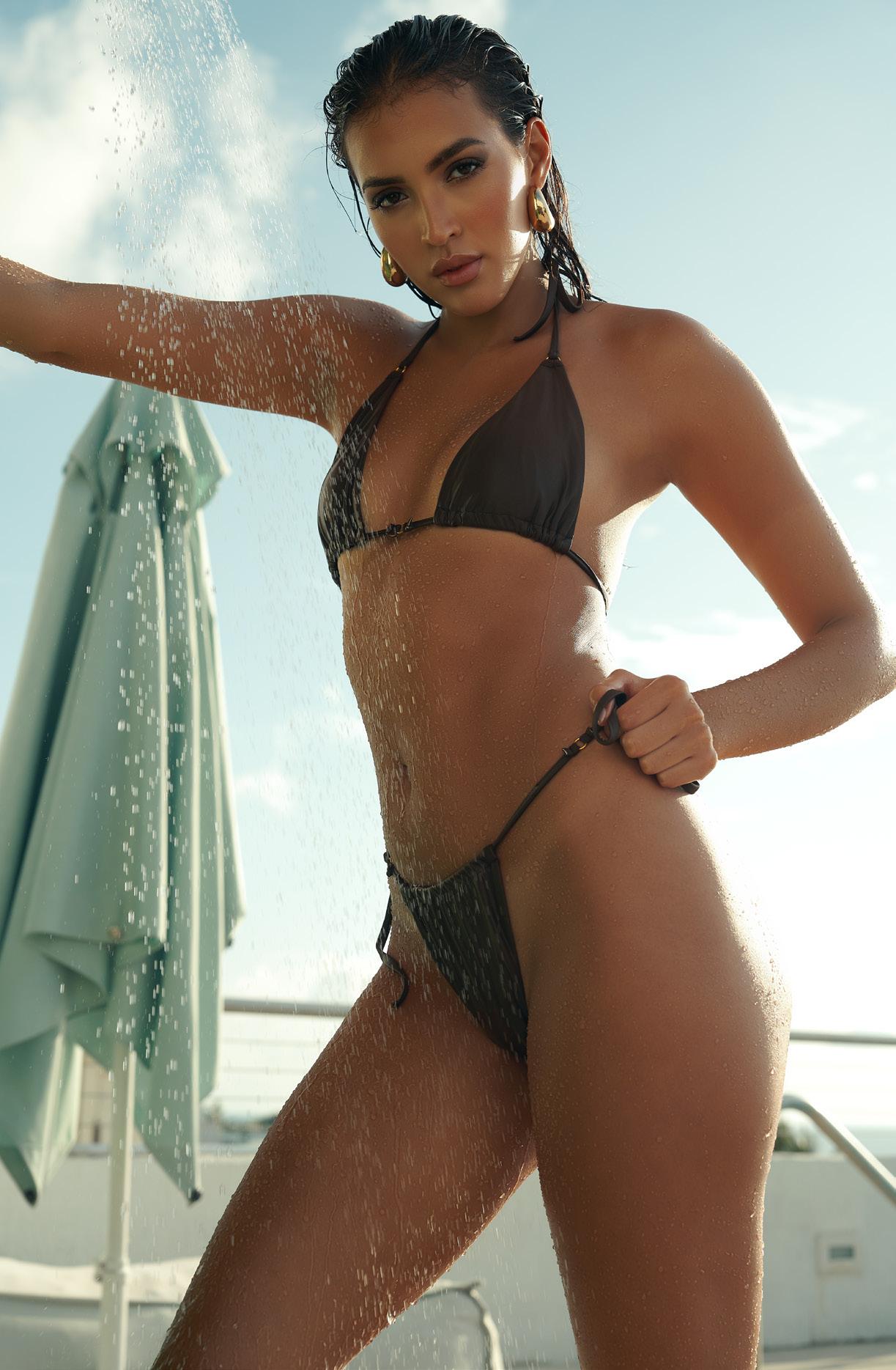
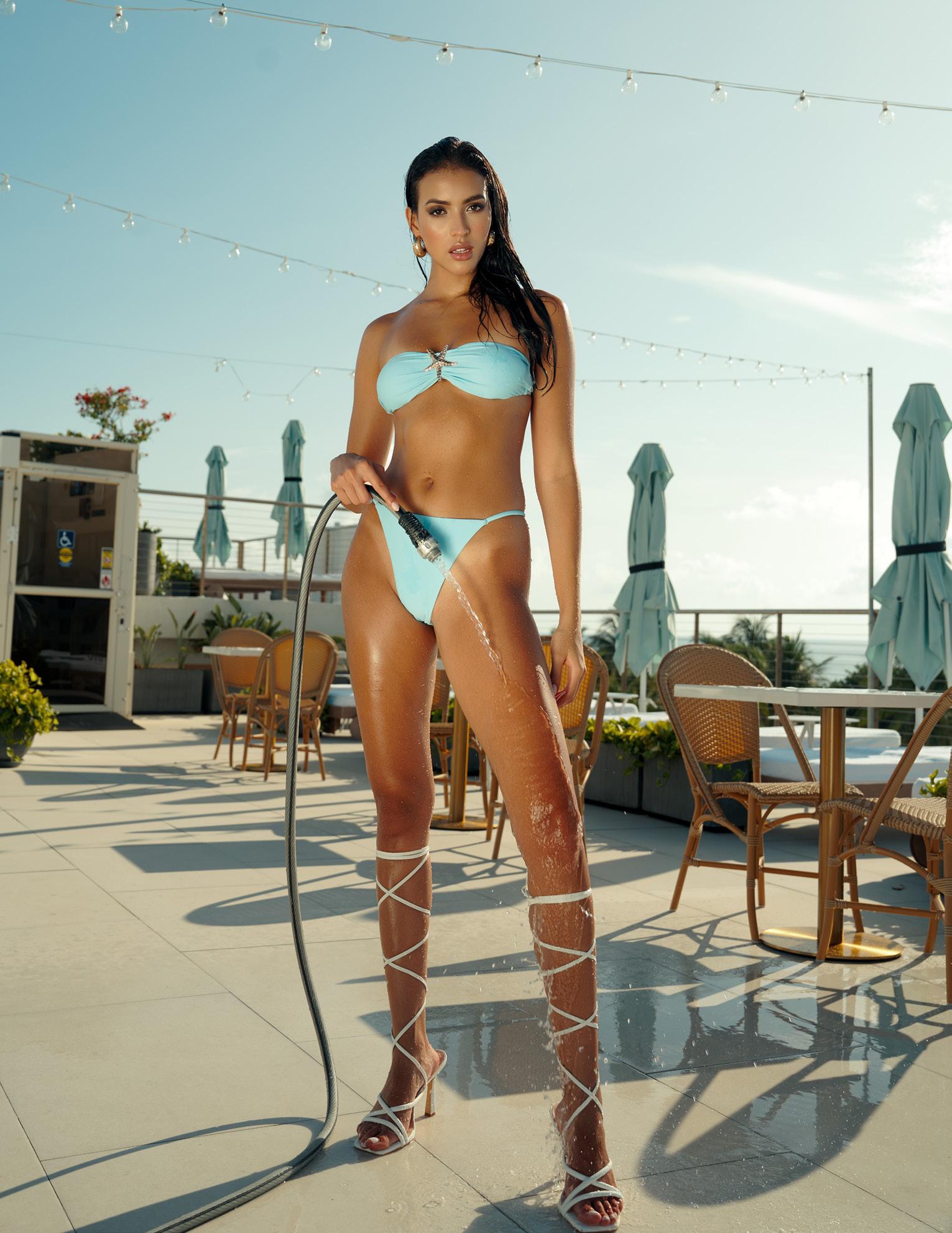



PHOTOGRAPHER: EHSAN ZARRIN @ehsanzarrin_ MODEL: ANNA BIZOVA @anna.bizova
AGENCY: ELITE MODEL MANAGEMENT MIAMI @elitemiami
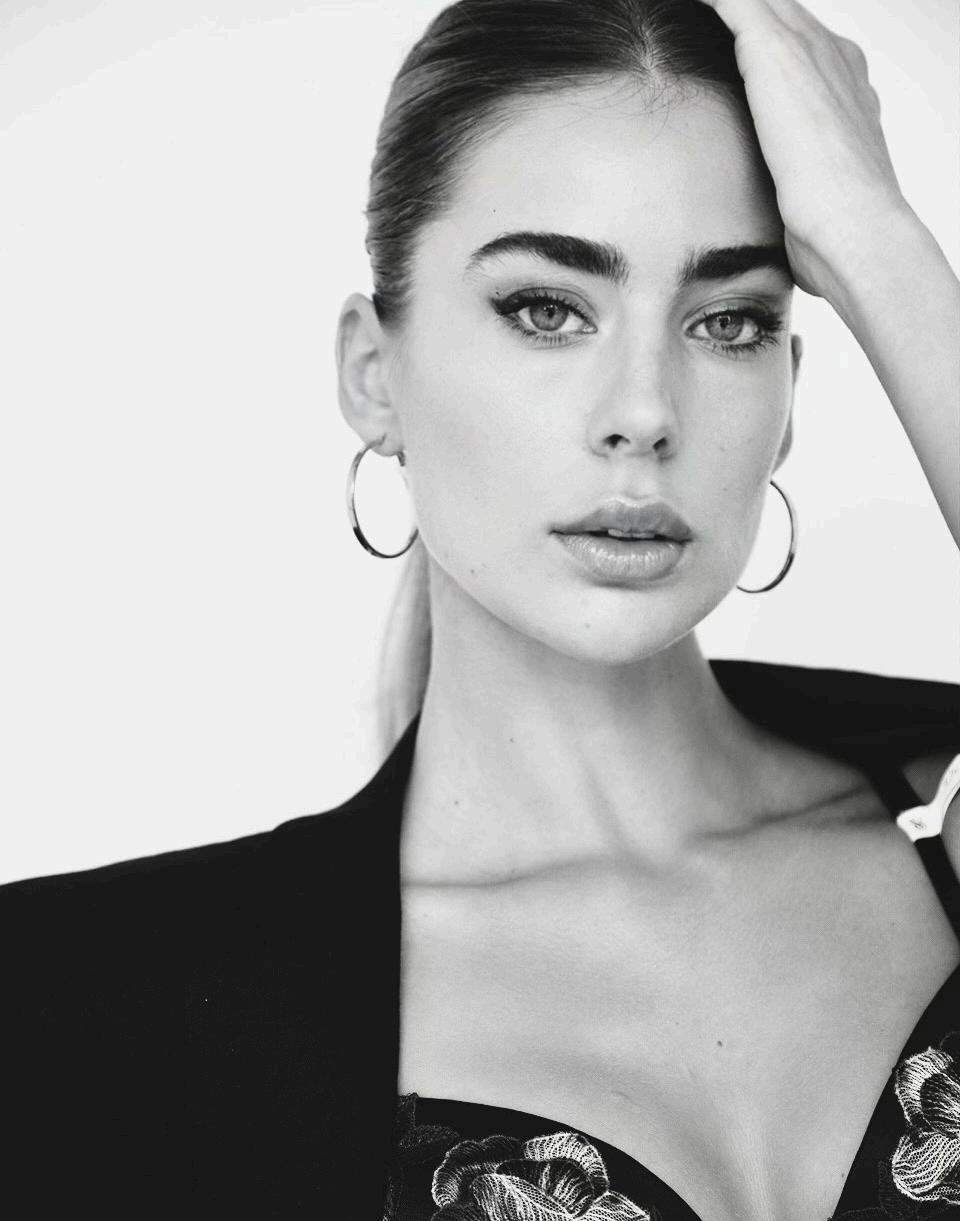
Lingerie Set
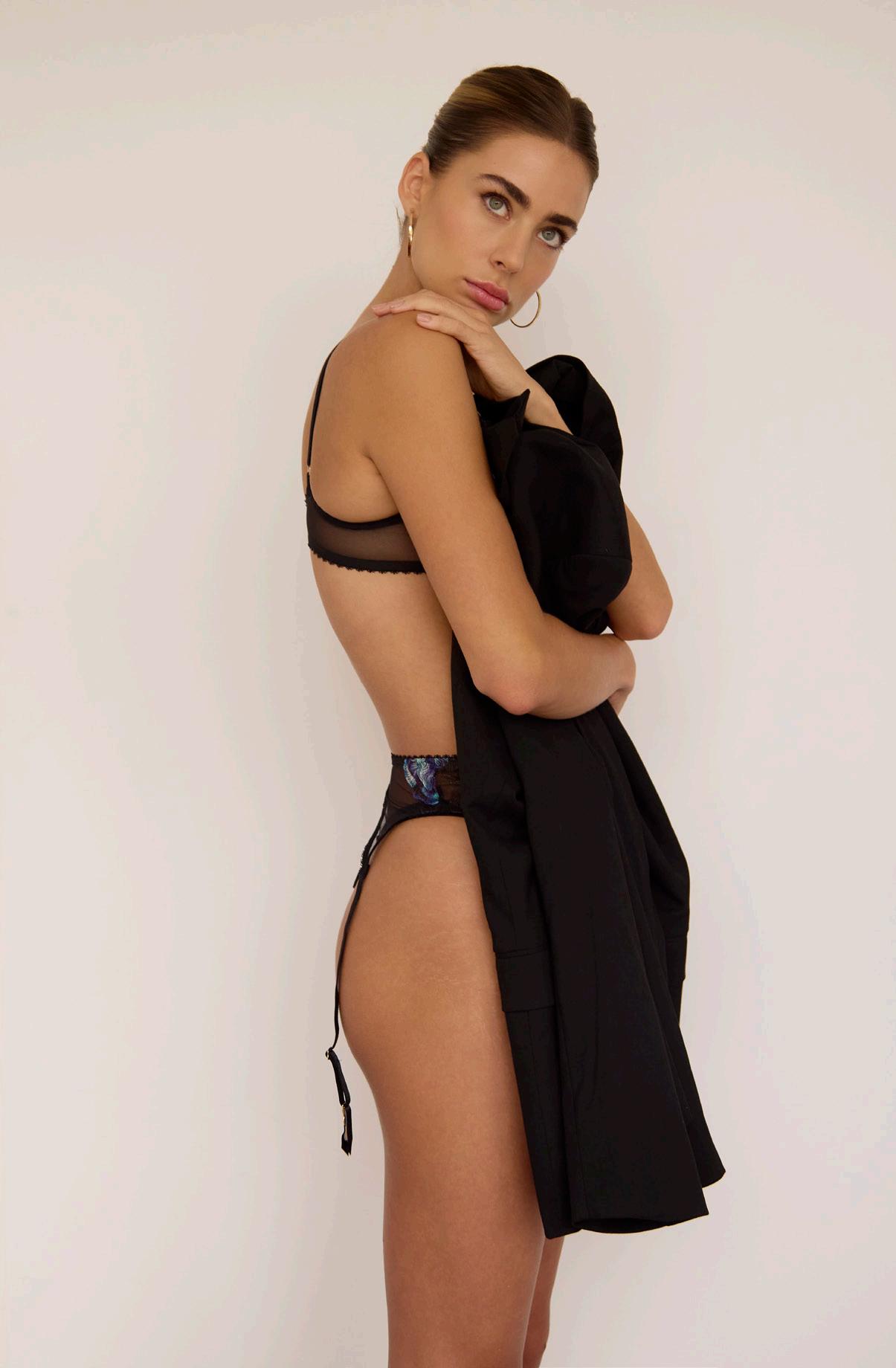
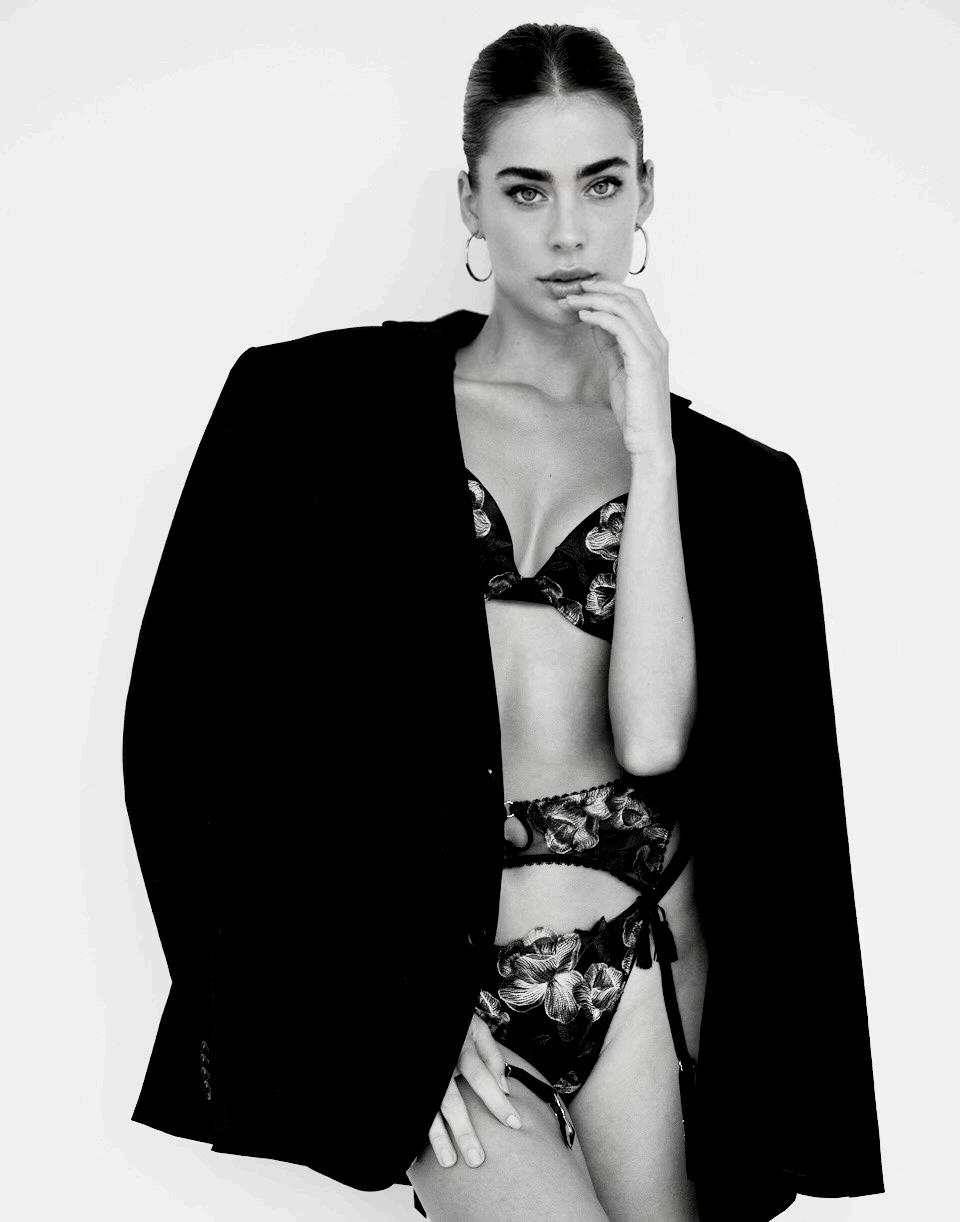
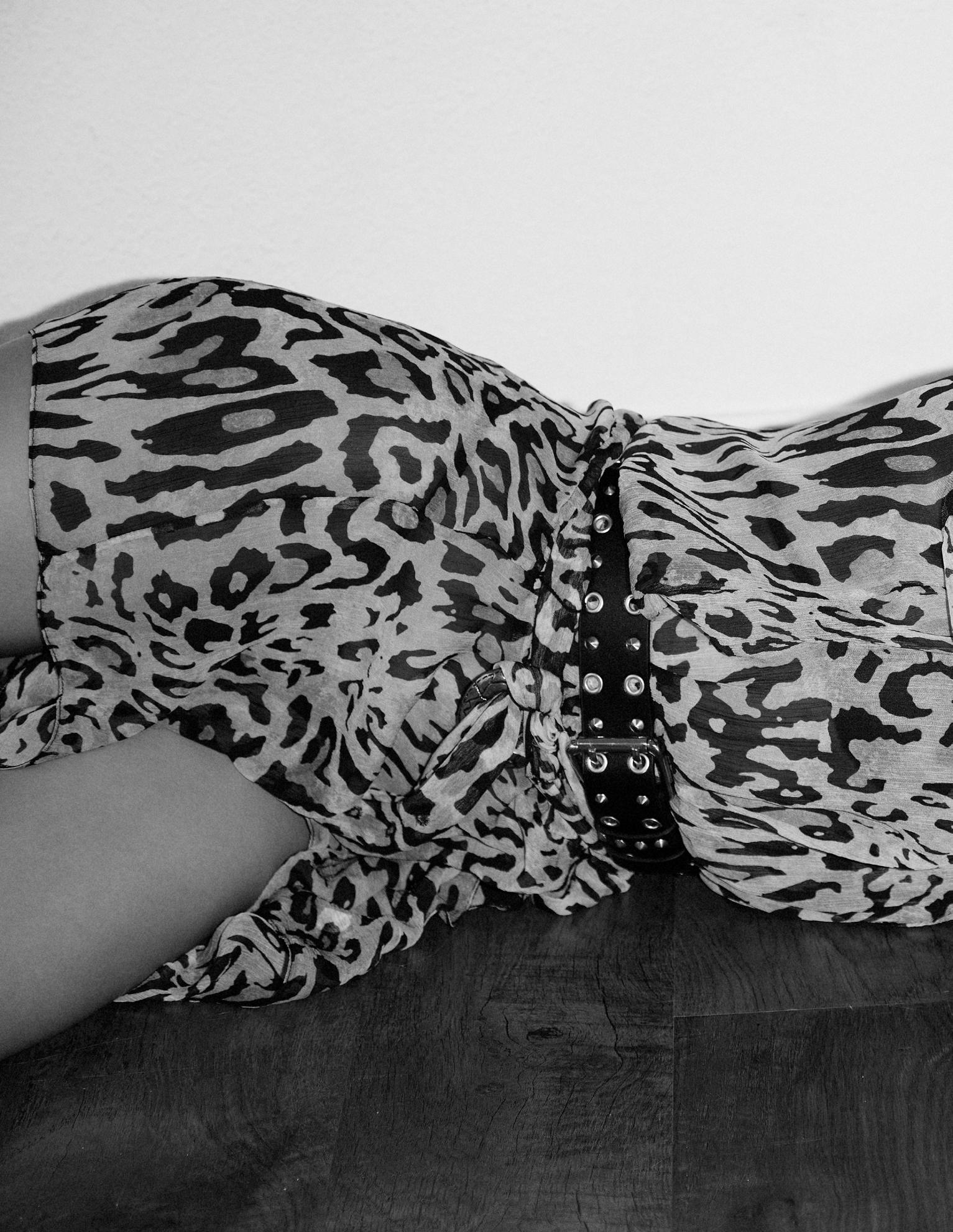
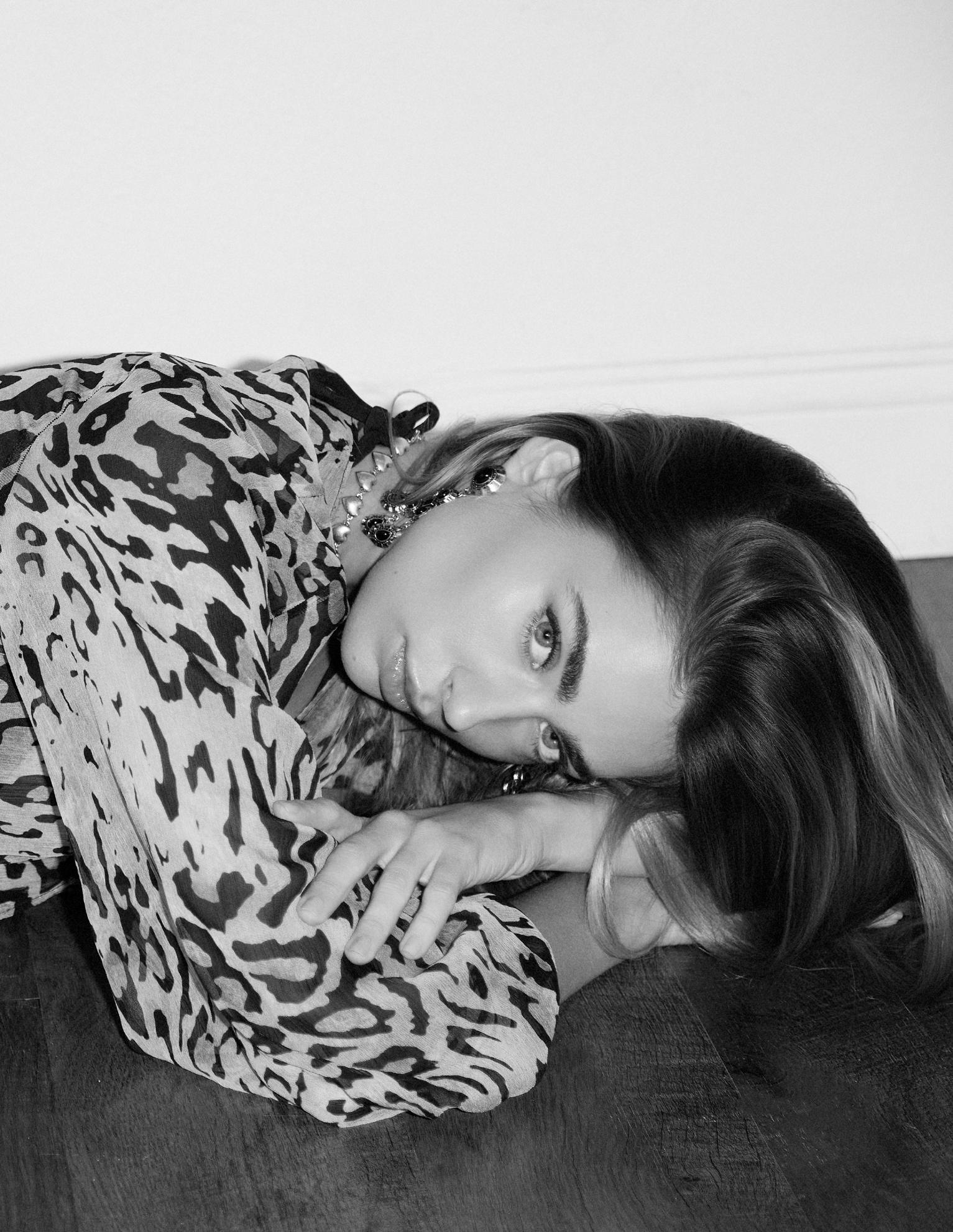
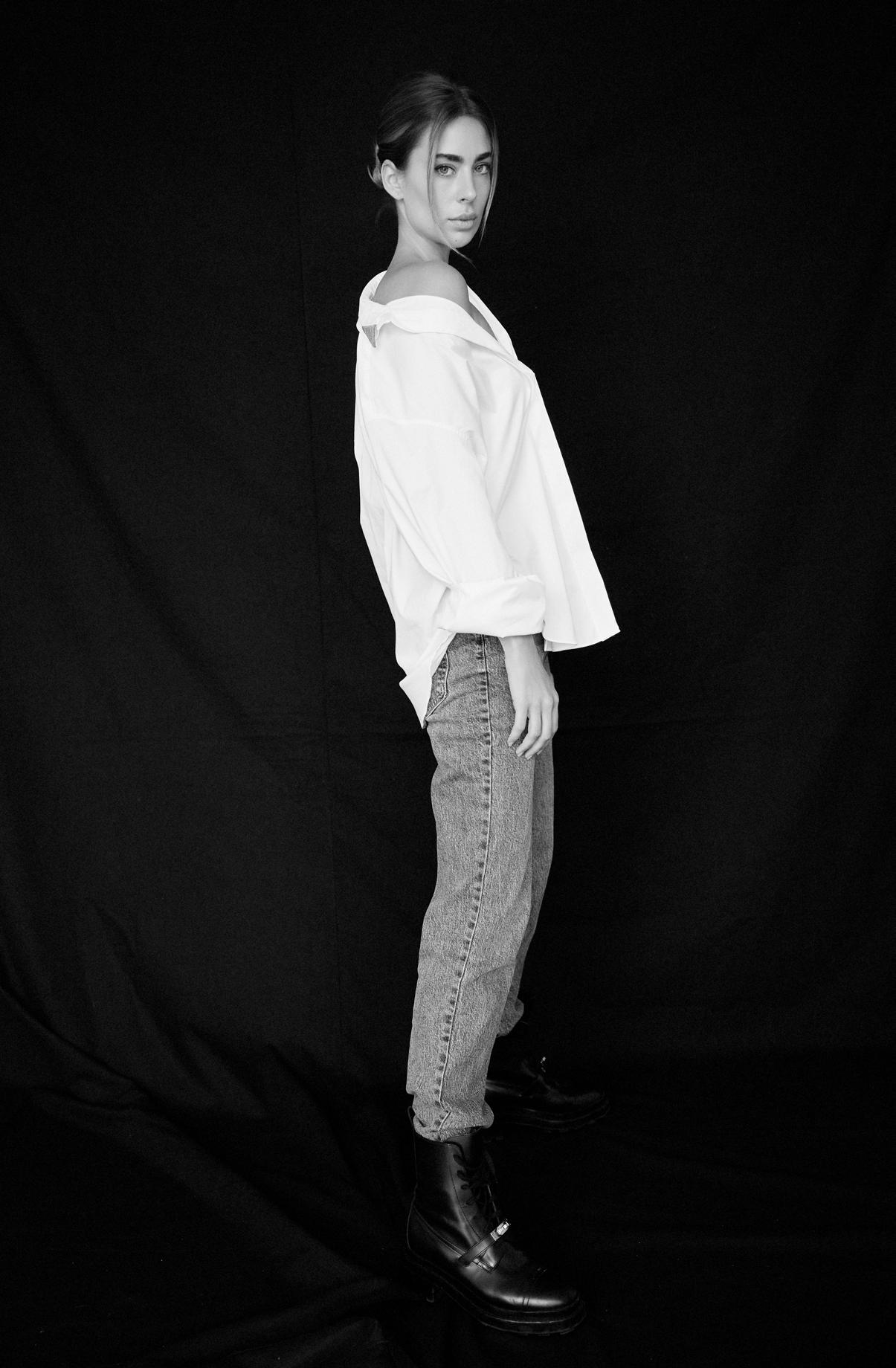

Lingerie Set


Dress
EVERYTHING BUT WATER
Bikini top
EVERYTHING BUT WATER
Heart choker &earrings
FOREVER 21
Belt VINTAGE
Boots H&M
Interview by JOSE-MARIA JIMENEZ
From her breakout role on The Jamie Foxx Show to her commanding presence as an actress, producer, author, and advocate, Garcelle Beauvais has spent over three decades shaping a multifaceted career grounded in strength, authenticity, and evolution. Whether she’s portraying layered characters on screen or championing real-world causes off-camera, Garcelle continues to amplify stories that matter—particularly those illuminating the experiences of women and communities of color.
In her latest projects, Taken at a Truck Stop and Tempted 2 Love , Garcelle explores themes of empowerment and perseverance that echo her own life’s journey. As Hollywood ’s landscape continues to shift, she remains a steadfast force for representation and truth-telling—fearless in her artistry, grounded in her roots, and ever-inspired to use her platform for purpose.
TALENT: GARCELLE BEAUVAIS @garcelle
PHOTOGRAPHER: PETROS KOUIOURIS @petros_koy
FASHION STYLIST: FANI POLYCHRONIOU @fanipolychroniou
MAKEUP ARTIST: BILLIE GENE @billieegene
HAIR STYLIST: DAVEY MATTHEW @daveydidmyhair

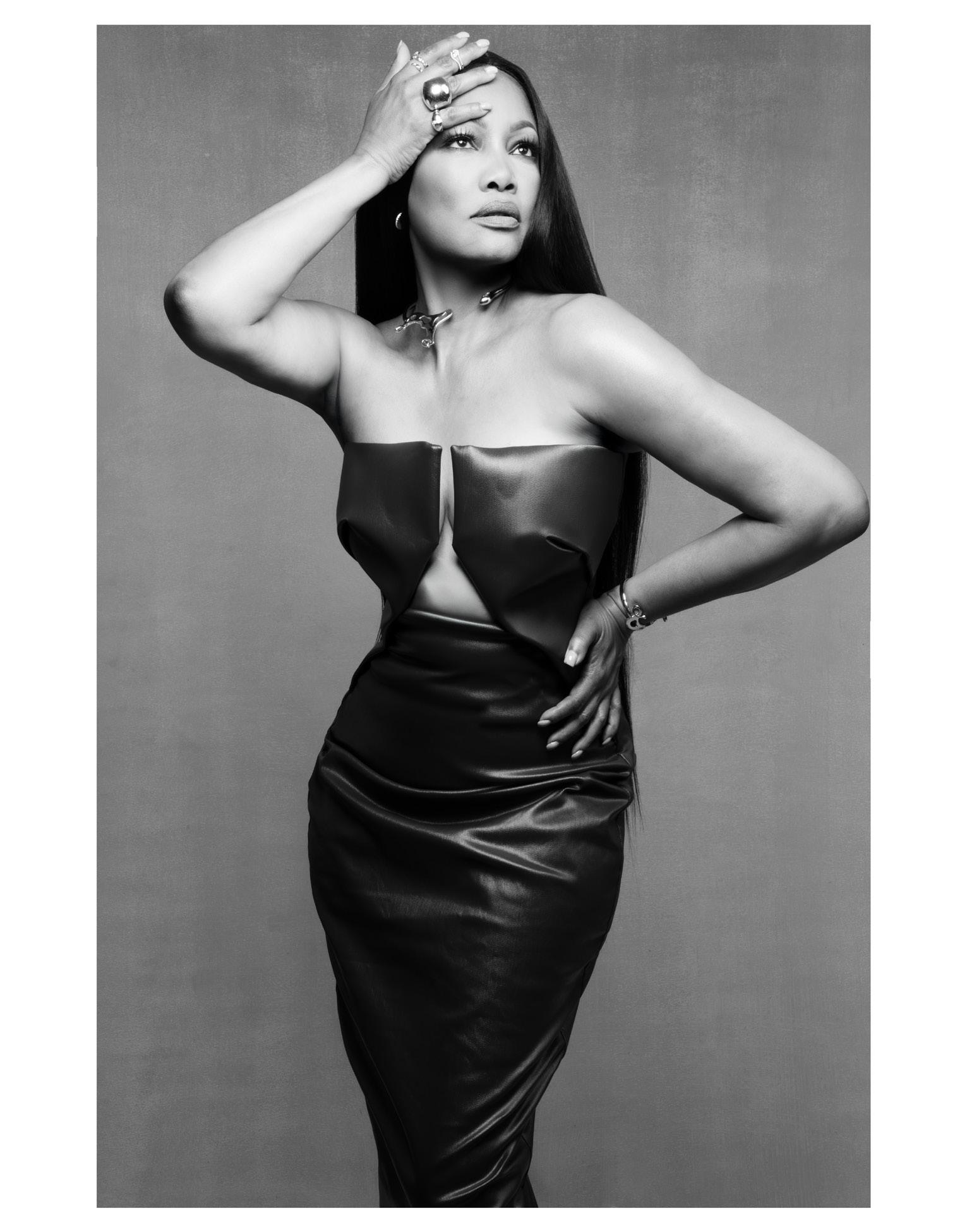
Garcelle, from The Jamie Foxx Show to Taken at a Truck Stop, your career spans three decades— how do you stay inspired to keep evolving as an artist and storyteller?
Staying inspired for me is being able to expand my career from an actress to a producer and create stories that I feel are important to put out into the world, stories that bring awareness, support my community and my people, and also entertain.
You’ve broken barriers, including being the first Black cast member on The Real Housewives of Beverly Hills. Looking back, what did that milestone mean for you and for visibility in reality television?
I was a fan of the Real Housewives franchise, but until you’re a part of it, you don’t realize the power of that platform and the fandom that comes with it. It was great to be first. It came with a lot of pressures, but I feel I was able to rise to the occasion.
You’ve played a wide range of roles, from comedy to action to deep drama. How do you decide which characters challenge or excite you most at this stage in your career?
Well, in the beginning, I took roles that I won from auditioning or roles that I was offered, but now in this era of my career, I’m more selective, whether it’s the story itself, if there’s a director or producer I want to work with, or if it’s something that I feel I can develop and put out there for entertainment.
coverage or the same police attention. I knew I had to be a part of it. I had to share this topic in hopes it would start a conversation or have other people take notice for the families that are struggling to get attention for their missing loved ones.
In Taken at a Truck Stop, you play Kai, a trucker who takes justice into her own hands. What personal strengths or experiences did you bring into shaping her character?
“I’ve been through some great things and notso-great things, but I still have to get up, put on my big girl panties, and keep moving forward.”
Taken at a Truck Stop tackles heavy themes of online exploitation and missing girls of color. What drew you to both star in and executive produce this story?
Honestly, it was really a no-brainer for me when I realized the disparity of when Black and Brown people go missing. We don’t get the same
First of all, I have a newfound respect for women truckers, and all truckers honestly. We take who they are and what they do for granted. They’re on the road for weeks or months at a time. It’s a solo job. It can be dangerous. But having that strength for Kai came easy, as a mother, an aunt, a friend. I can’t imagine if a loved one went missing. The only thing to do is find the strength to stand up and show up, and that’s what Kai did.
You’ve developed the Black Girl Missing franchise in partnership with the Black and Missing Foundation. How has that collaboration deepened the authenticity and impact of the films?
The collaboration with the Black and Missing Foundation has helped amplify our message even more. They’ve been terrific to work with.
With Tempted 2 Love, you’re reprising Ava in a romantic sequel set in Ireland. How does revisiting a character in a new chapter differ from stepping into a role for the first time?
Oh, I’m excited for Tempted 2 Love! I love the character, Ava . It was great to play a chef and show culinary skills while showing her vulnerability with going through menopause, being diagnosed with arthritis in her hands, and unexpectedly falling in love at her age. The complexity of going through real-life issues, yet still wanting to be in love and having love find
her, especially with a younger character, is just a fun aspect. It’s a feel-good movie, and revisiting her again will be a pleasure.
Both Taken at a Truck Stop and Tempted 2 Love carry strong themes of resilience and empowerment. Do you see a through-line in the kinds of stories you’re drawn to produce?
Yes, I think the through-line of these themes, resiliency, and empowerment are somewhat a reflection of my life. I’ve been through some great things and not-so-great things, but I still have to get up, put on my big girl panties, and keep moving forward.
Your memoir Love Me as I Am was raw and powerful. What was the most surprising reaction you received from readers?
The most surprising reaction from my book was the range and diversity of people who came up to me and said, 'I enjoyed it, I related to it,' from obviously women, but men too, and younger people. It was just across the board, and I did not expect that, and that was a really nice surprise.
As an author of both memoir and children’s literature, how do you balance writing for very different audiences?
Well, those two books are very different. The children’s book was really inspired by what I was going through in my life at the time, my divorce, and really wanting my children to know that they’re the best of us, and even if they live in two separate homes, we’re still a family. The memoir was really sharing where I came from and what I’ve been through, and a deeper understanding of who I am!
If you were to write another book today, would it be a continuation of your memoir, or would you explore something entirely different?
I would definitely write a book more in the selfhelp genre, sharing what I’ve learned and what
other people have taught me along the way.
As someone named one of People’s 50 Most Beautiful, how has your definition of beauty evolved over the years?
My definition of beauty has evolved in the sense that I stick to what works: moisturizing, exfoliating, and sometimes less is more.
What is your go-to style philosophy for both red carpets and everyday life?
I like to stay true to my style: classic, effortlessly sexy, but relatable. Not everything has to be a brand, from Gucci to Zara .
Hosting Fashion Police gave you a front-row seat to celebrity fashion highs and lows—what trends excite you right now, and which do you think we should leave behind?
The trends that excite me right now - we’re getting into fall, so I’m excited about boots, layering, and wearing coats and jackets. Fashion now gives you the liberty to be more who you are. You can take pieces from your wardrobe and add a new twist to them.
You don’t have to buy the entire outfit; you can make it your own, and I really love that. Color is always in.
You’ve built businesses in lifestyle, television, and now film production. How do you determine when a new venture is worth pursuing?
If I get excited and a little scared, then I know I’m on the right path. I’m a creative person, so I like to try new things and expand and grow. Some things work and some things don’t, but I still love to try.
Garcelle at Home was such a natural extension of your elegance. Could fashion or design be next on your entrepreneurial horizon?
Oh, that would be fun. Never say never! I do love fashion.
“My definition of beauty has evolved in the sense that I stick to what works: moisturizing, exfoliating, and sometimes less is more.”
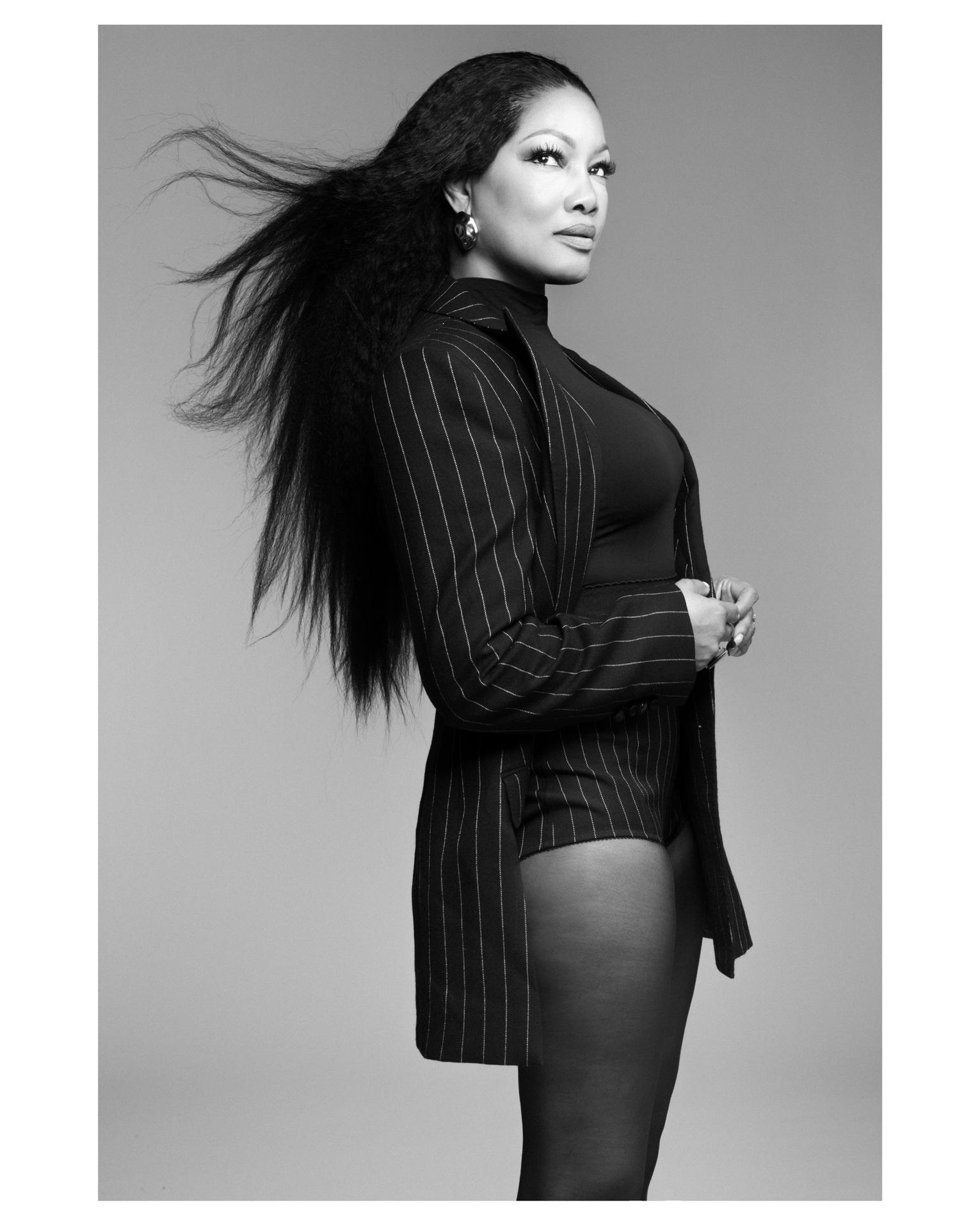
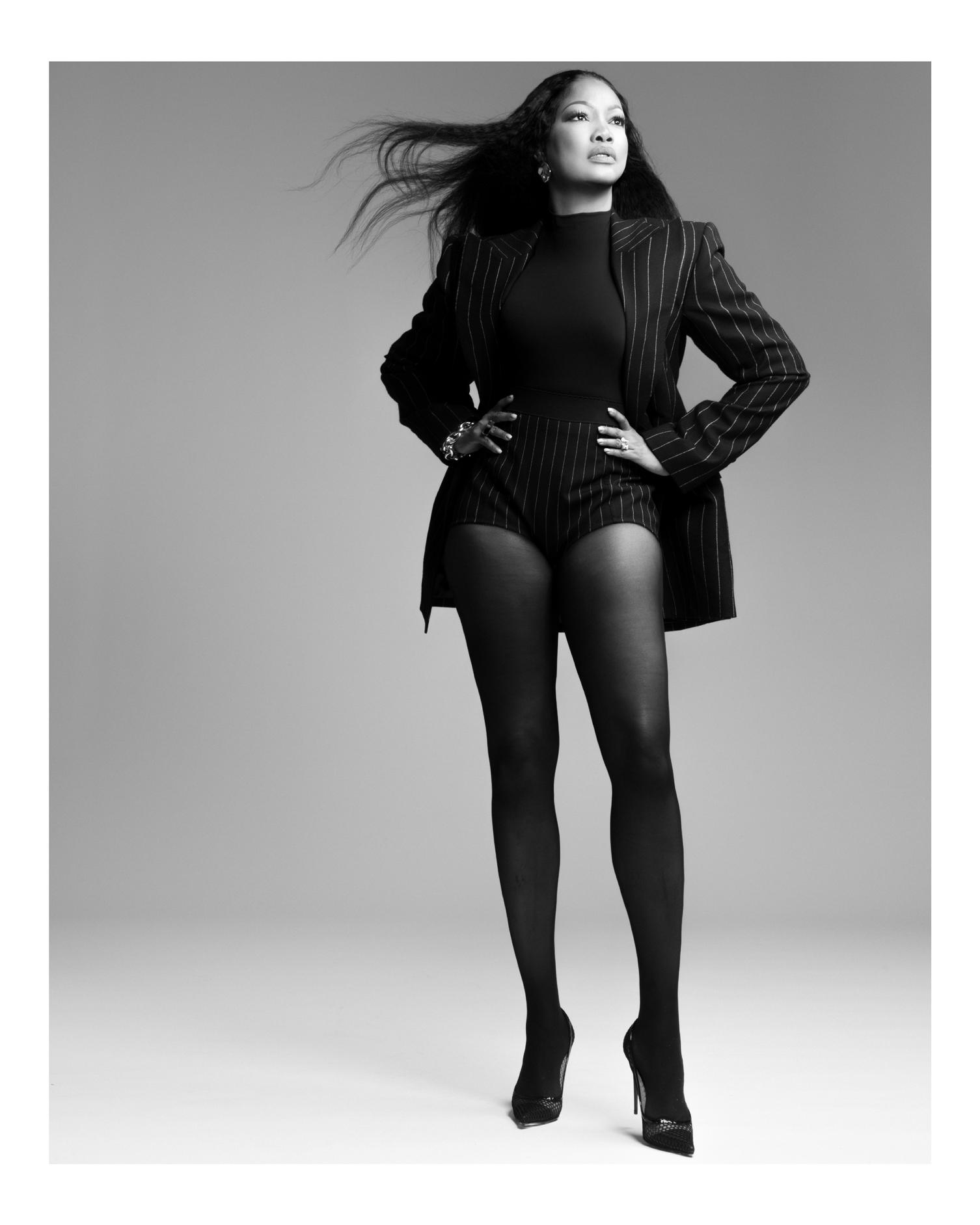
What lessons from Hollywood have helped you most as an entrepreneur and producer?
The lessons from Hollywood have really been to grow tough skin. You get a lot more rejections than you get yeses, but I no longer take it personally.
You’ve always used your platform for advocacy— whether through UNICEF, Cybersmile, or Haitian causes. How do you balance being both an entertainer and a changemaker?
They both kind of go hand in hand with what I’m passionate about. I feel like I’ve been blessed to have such an amazing platform, and if I don’t use it for good, then it’s a waste of time.
How has your Haitian heritage influenced the roles you’ve taken on and the stories you want to
tell through film and television?
My Haitian heritage has given me a deep sense of resilience, creativity, and pride in storytelling. Growing up surrounded by a culture so rich in history, music, and spirituality has made me drawn to roles that reflect strength, complexity, and authenticity. It also pushes me to champion stories that broaden representation, especially for communities whose voices are often overlooked.
Looking ahead, what do you hope your legacy will be—not just as an actress and producer, but as a cultural icon and mother?
Oh boy, legacy, that’s a big word. I would like for people to say that I tried my best and hopefully brought joy to this world, but being a mother, activist, and actress is my true legacy.
“My Haitian heritage has given me a deep sense of resilience, creativity, and pride in storytelling.”
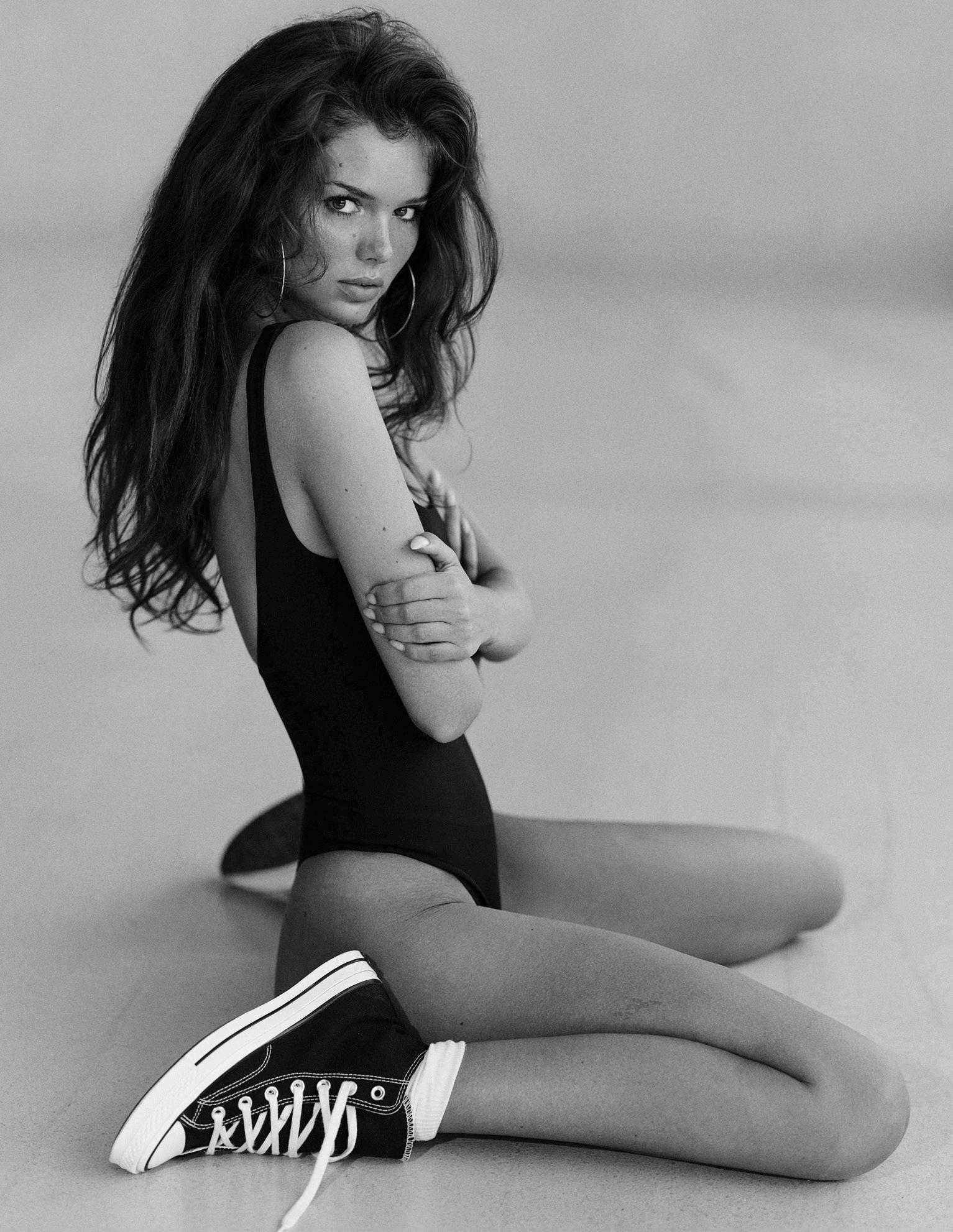
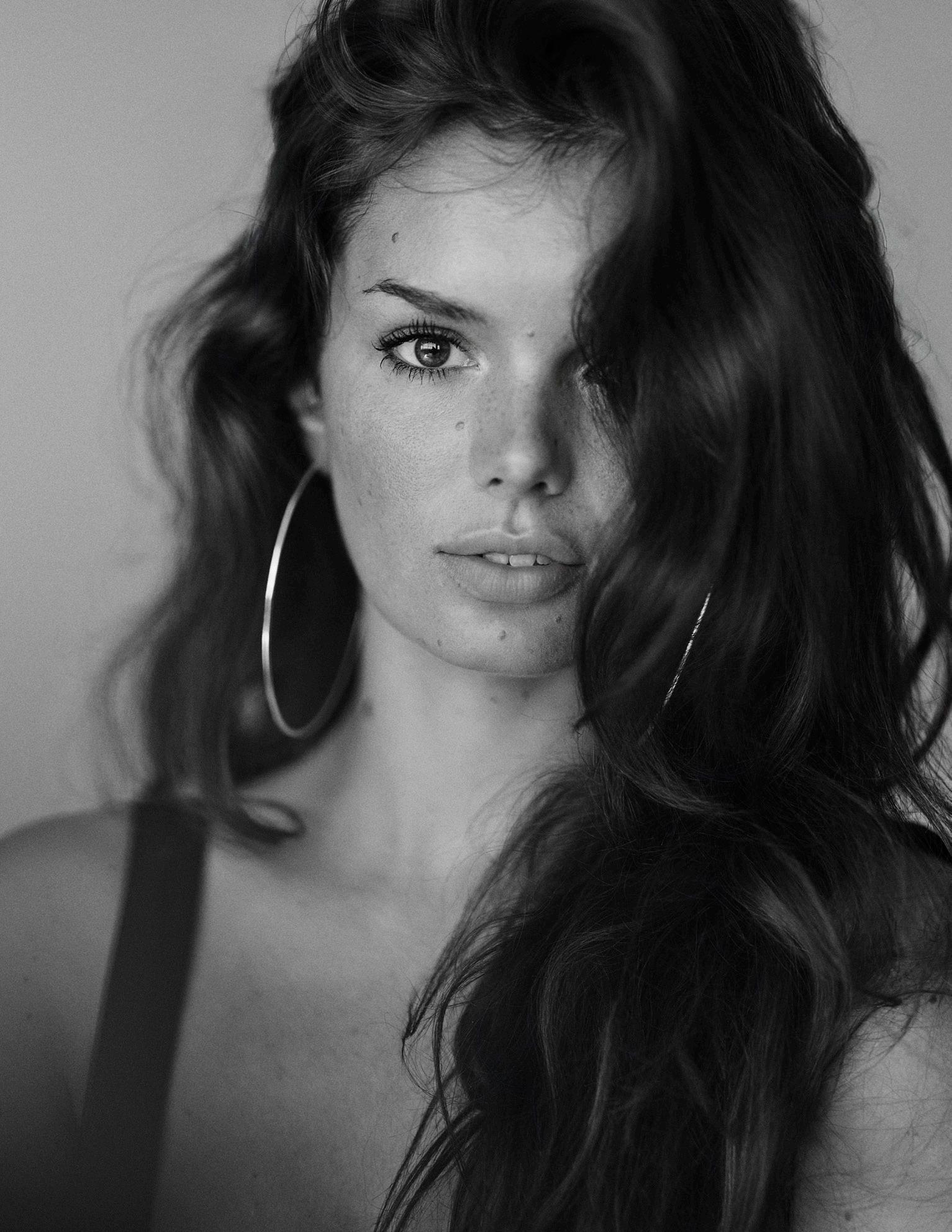
PHOTOGRAPHER: JONAS JENSEN @jonasjphotography
MODEL: MATHILDA BACH WHITTLEY @mathildabw
AGENCY: BORNMODELS @bornmodels.dk

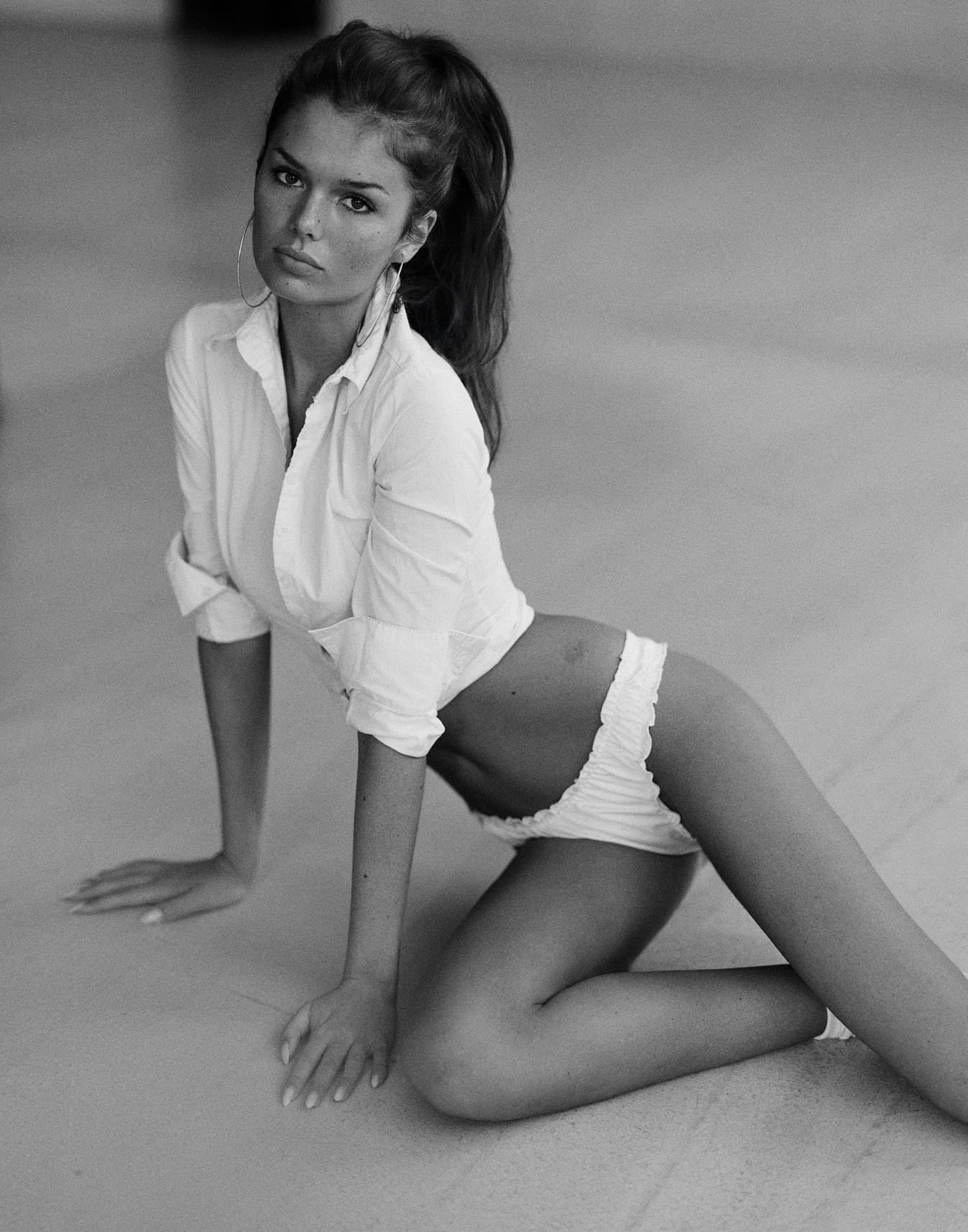
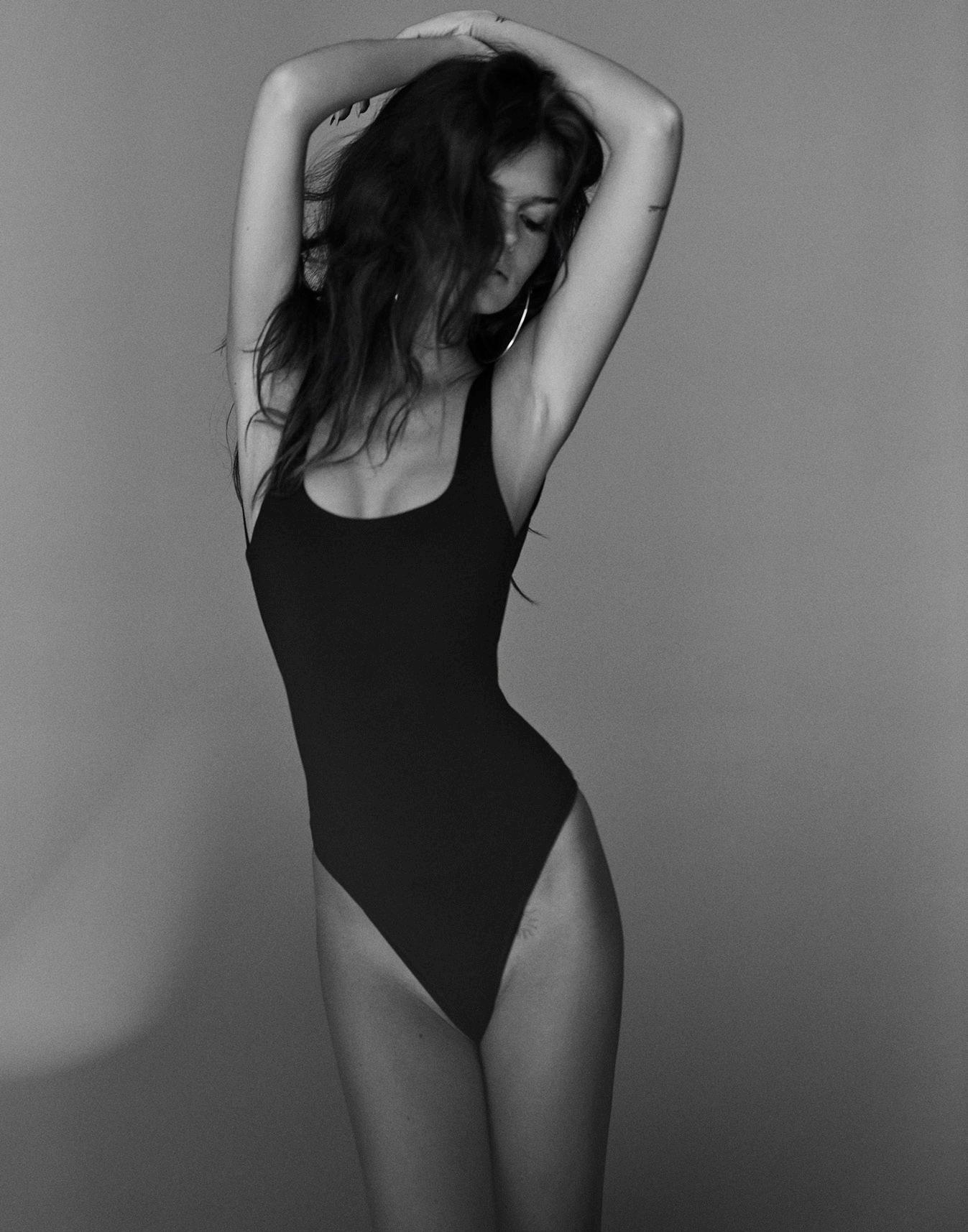


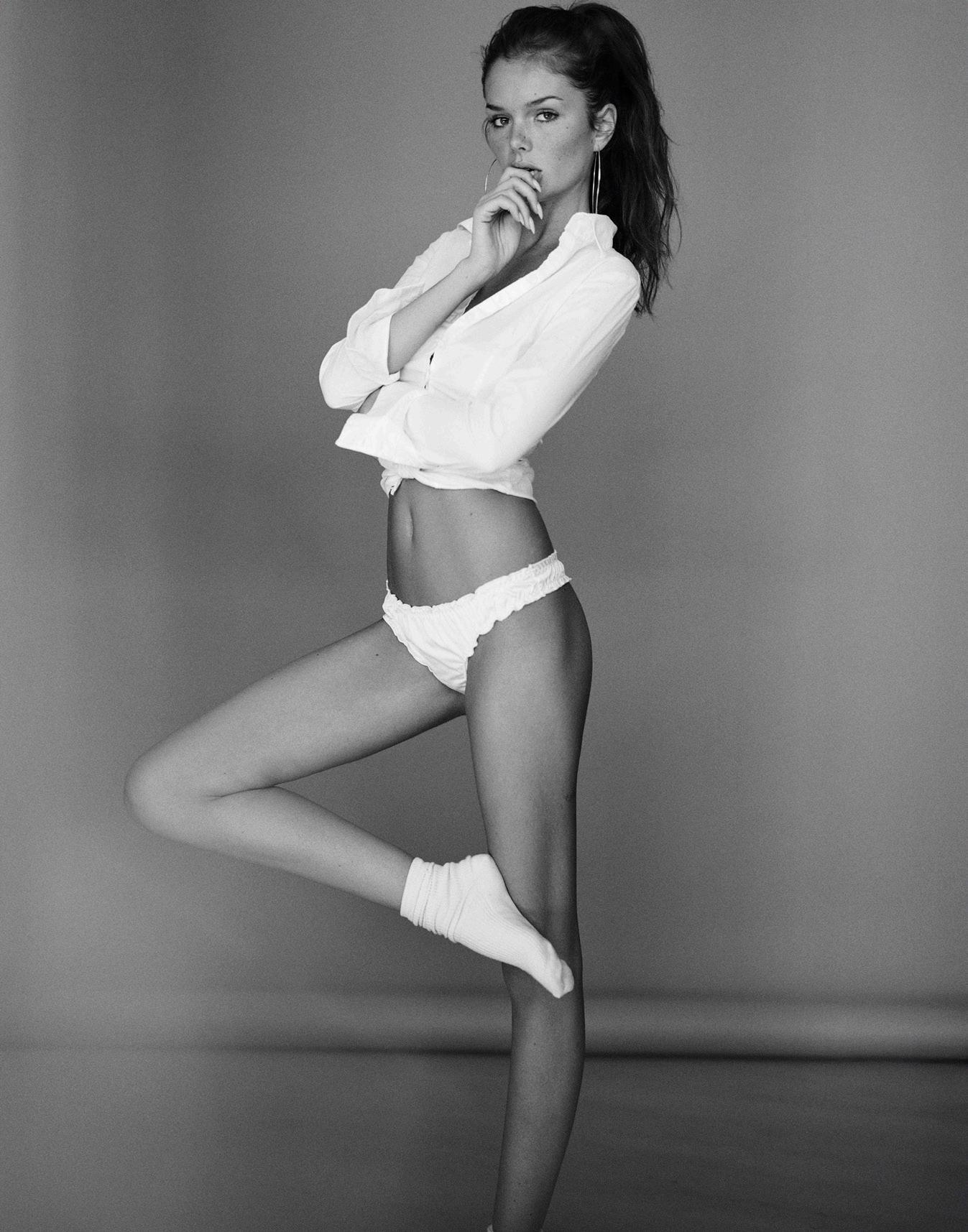
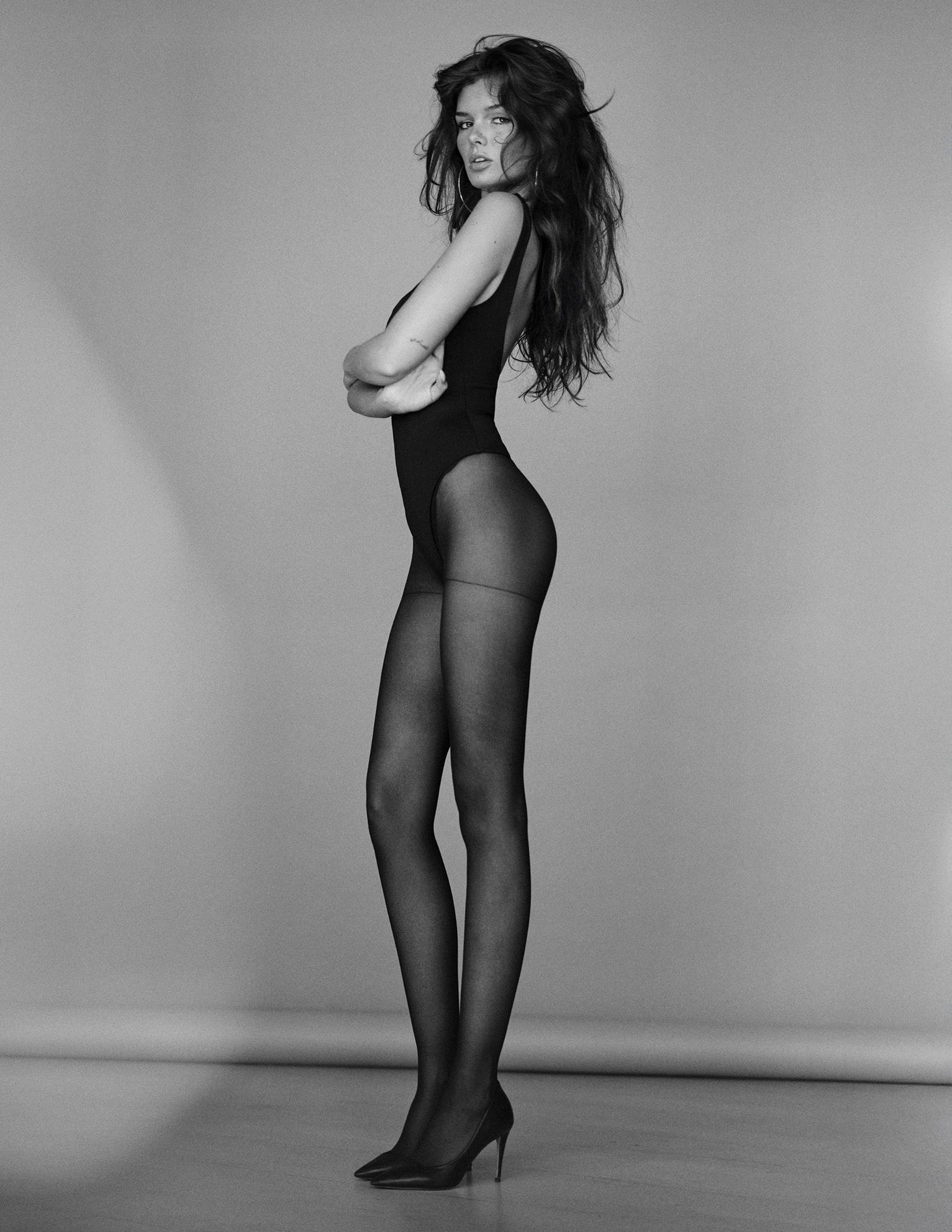
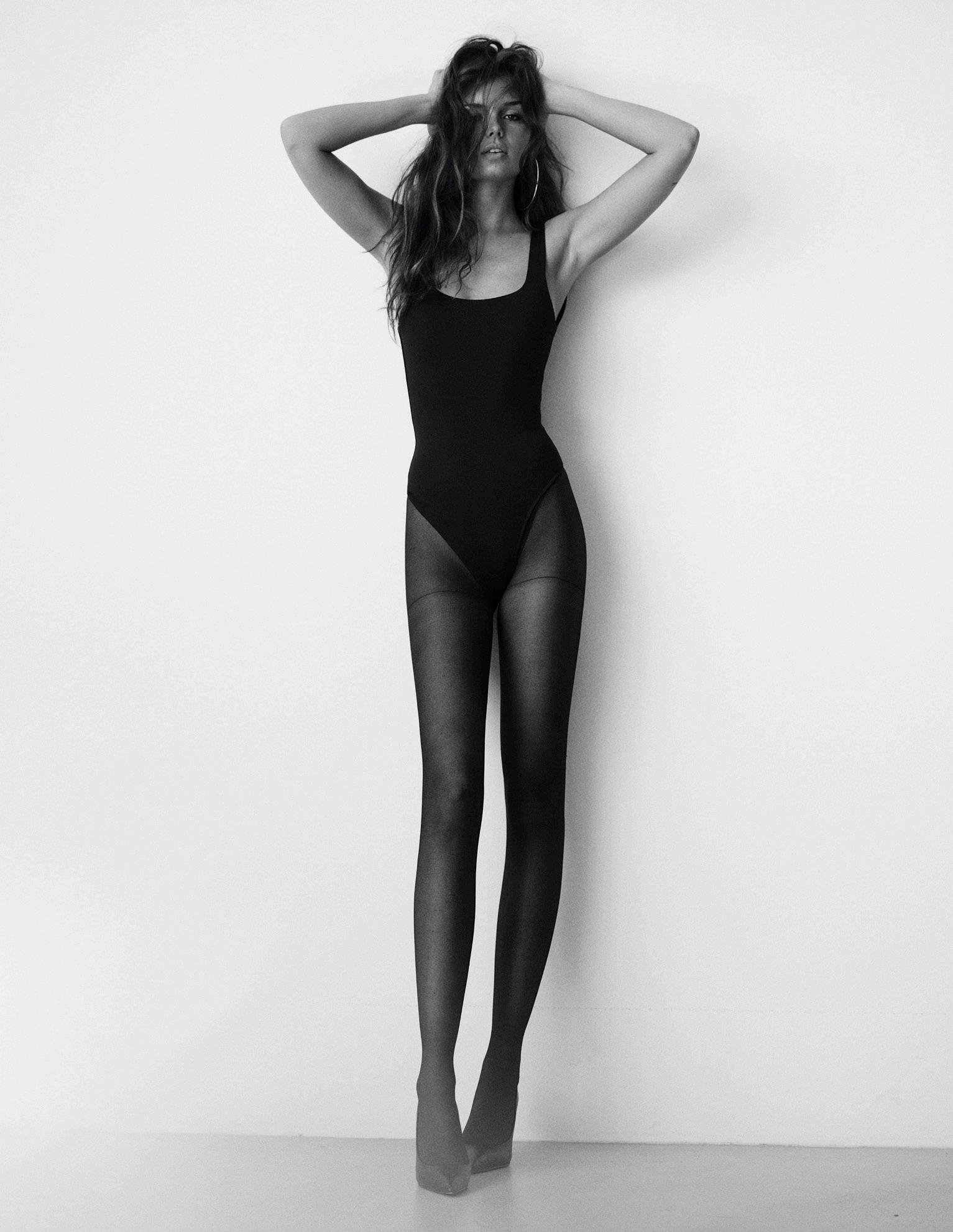
Interview by JOSE-MARIA JIMENEZ
In the heart of Guayaquil , where tradition meets modernity, Carolina Valencia has built a jewelry brand that celebrates the soul of Ecuador through artful design and conscious craftsmanship. Guided by her connection to natural stones and the vibrant spirit of her homeland, Carolina ’s creations are more than adornments—they are intimate expressions of identity and emotion. Each handcrafted piece tells a story rooted in transformation, protection, and balance, mirroring the meaning behind the labradorite, turquoise, and malachite she so often incorporates.
Merging a free-spirited bohemian essence with refined elegance, Carolina Valencia Jewelry embodies a philosophy of authenticity and sustainability. Her commitment to using recycled materials and collaborating with local artisans not only preserves traditional techniques but also redefines what ethical luxury looks like in today’s fashion landscape. As her brand gains international recognition, Carolina continues to honor her Ecuadorian heritage, proving that true artistry transcends borders while staying deeply grounded in cultural pride.
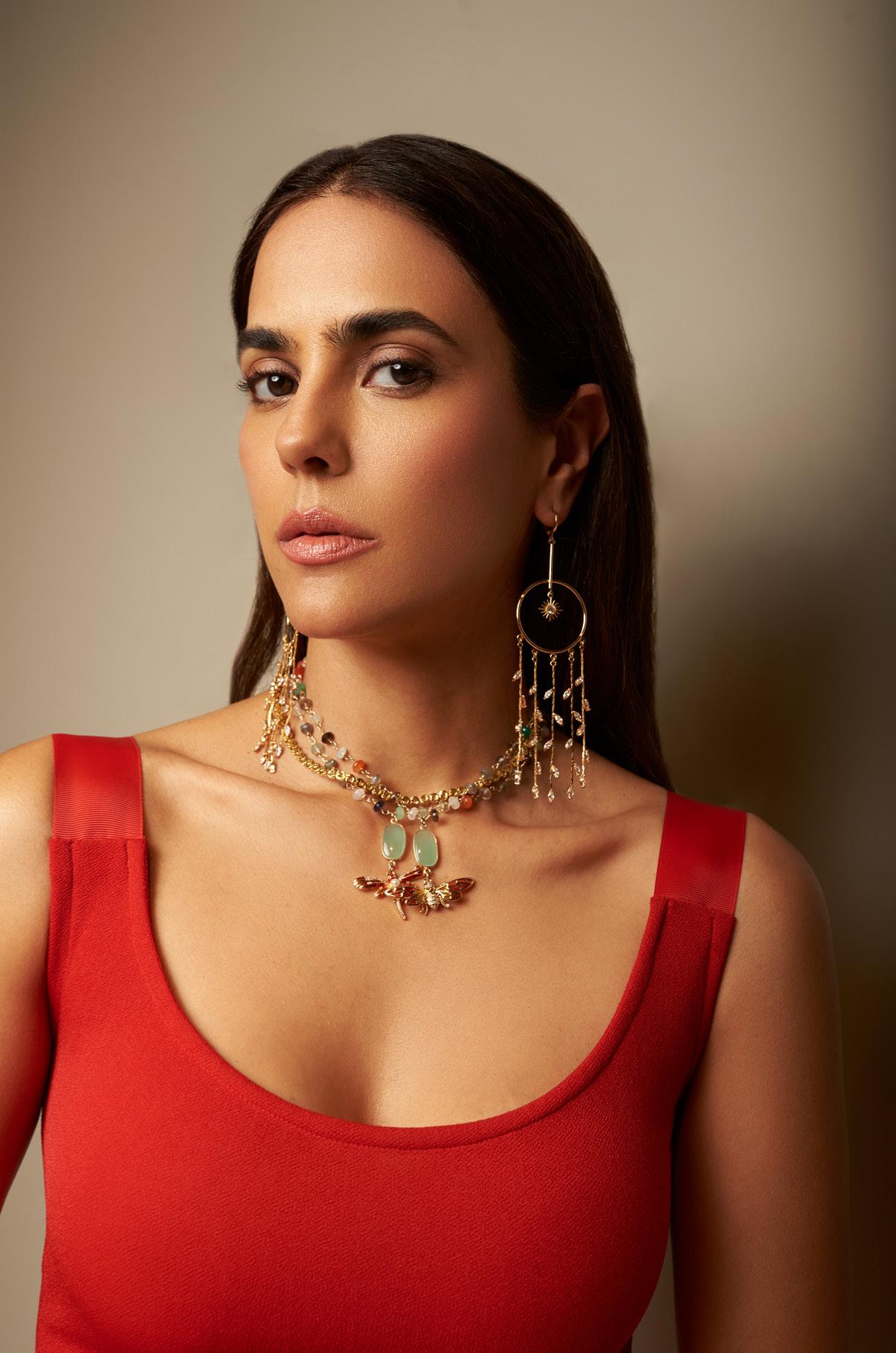
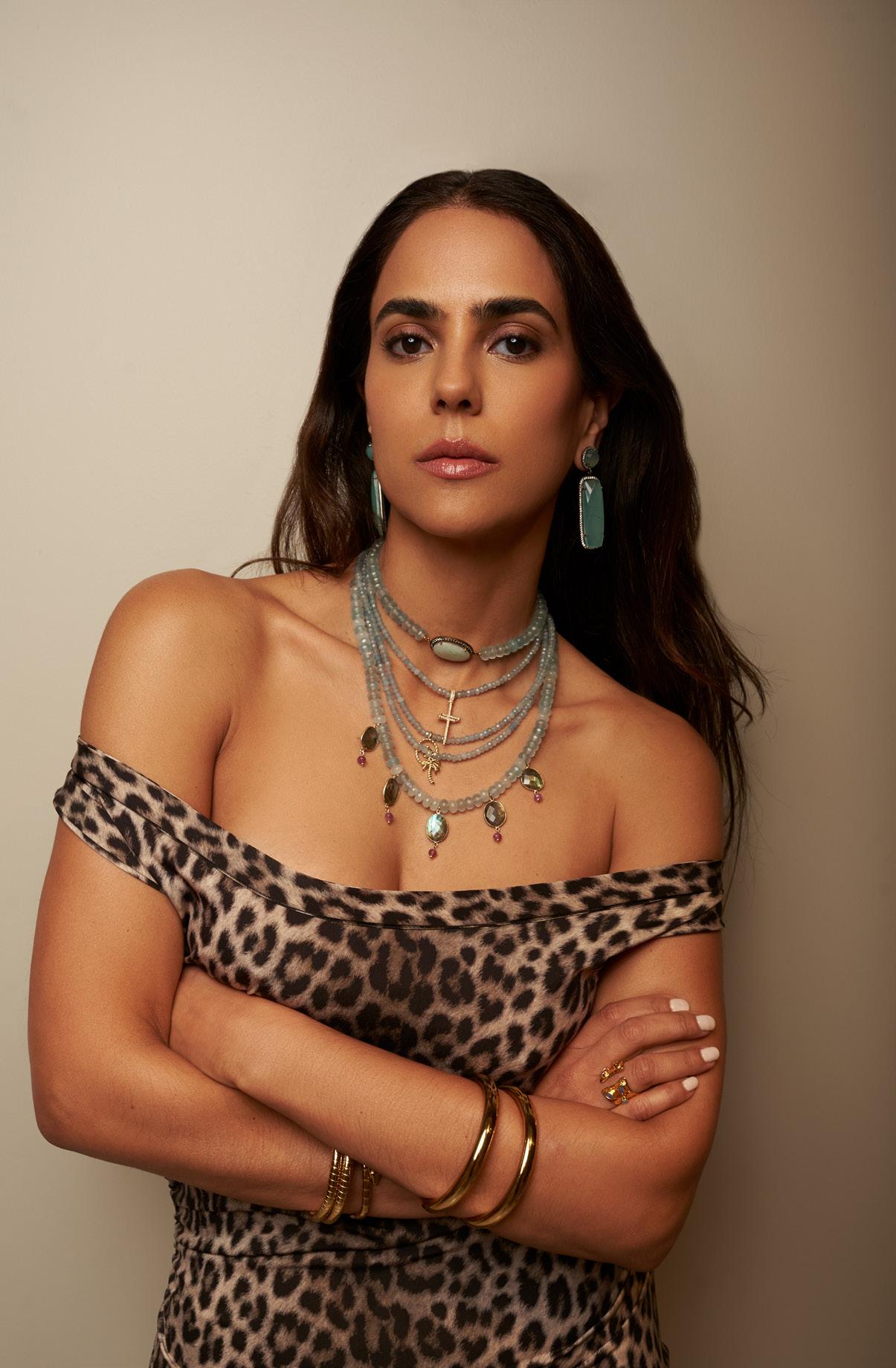
Carolina, your designs are celebrated for their elegance and originality. Can you share the journey that led you to establish Carolina Valencia Jewelry in Guayaquil?
From a very young age, I always felt a deep connection with art and natural stones. I began designing jewelry for friends and family, and over time I realized I could turn that passion into something greater. Guayaquil , with its vibrant energy, became the perfect place to give life to my brand and shape its identity.
How do your Ecuadorian roots and the vibrant culture of Guayaquil influence the aesthetic and storytelling in your jewelry collections?
Ecuador is a country full of colors, traditions, and landscapes. I draw inspiration from the richness of Guayaquil ’s culture and its blend of the modern and the traditional. That duality is reflected in my collections, resulting in pieces that embody both elegance and freshness.
Your pieces often incorporate semiprecious stones like labradorite, turquoise, and malachite. What draws you to these particular stones, and how do they align with your brand's ethos?
Each stone has a unique meaning and energy. Labradorite represents transformation, turquoise symbolizes protection, and malachite conveys balance. Beyond aesthetics, I choose them because I want my pieces to evoke emotions and help people feel a personal connection with what they wear.
process—from initial concept to the final piece?
My process begins with inspiration—sometimes a landscape, a stone, or even an emotion. I sketch concepts, carefully choose materials, and work closely with artisans. Each stage ensures the final piece retains the original essence while reflecting the brand’s identity.
Sustainability is a key aspect of your brand. How do you integrate sustainable practices into your design and production processes?
I use recycled materials whenever possible, minimize waste in the workshop, and encourage the responsible use of natural stones. I also collaborate with suppliers who share this philosophy of environmental respect. For me, sustainability is not a trend but a responsibility.
“I am guided by the dialogue between contrasts and harmony.”
Your work blends contemporary design with a bohemian spirit. How would you describe your design philosophy, and what does "bohemian elegance" mean to you?
I call it 'bohemian elegance': sophisticated pieces with a free-spirited, artistic character. Jewelry, in my view, is not just adornment—it is a way of expressing identity, individuality, and freedom. Could you walk us through your creative
Each piece is handcrafted. How do you collaborate with artisans, and what role does traditional craftsmanship play in your designs?
Artisans are an essential part of the brand. Their traditional knowledge enriches every collection. I bring the creative vision, and they contribute their mastery to bring each piece to life. It is a collaboration rooted in respect and creativity.
Your collections feature a mix of metals and stones. How do you decide on the combinations, and what challenges do you face in harmonizing these elements?
I am guided by the dialogue between contrasts and harmony. Often, the stone itself suggests which metal enhances it best. The challenge lies in finding the balance so that the elements complement rather than overshadow each other.
Your jewelry is described as "wearable art." What does this mean to you, and how do you hope wearers connect with your pieces?
For me, wearable art means that jewelry is not only an accessory, but a small work of art you can carry with you. I hope that each person who wears my designs feels that they are holding part of my artistic vision and personal story.
Who is the Carolina Valencia Jewelry woman? Can you describe the type of person who gravitates toward your designs?
She is a confident woman who values originality and appreciates craftsmanship. She seeks pieces that reflect her personality and that tell a story beyond fleeting fashion trends.
Your brand has gained international attention. How do you navigate the balance between maintaining local authenticity and appealing to a global audience?
I remain true to my Ecuadorian roots, which give authenticity and identity to my work, while adapting my collections to different cultural contexts. I believe authenticity is what truly resonates across borders.
Looking ahead, what direction do you envision for Carolina Valencia Jewelry? Are there any upcoming projects or collections you're particularly excited about?
I am currently working on expanding into new markets and developing a collection that combines jewelry with sustainable technology. Exploring innovative materials excites me and allows me to continue evolving creatively.
How do you see the role of jewelry evolving in the fashion industry, and how is your brand adapting to these changes?
Jewelry is increasingly seen as an extension of personality. Trends point toward versatile pieces with a strong ethical background. My brand embraces these changes while staying true to its essence.
What legacy do you hope to leave through your work, both within the jewelry industry and in the broader cultural context?
I hope to leave a legacy of authenticity and a deep connection with nature. I want people to recognize that from Ecuador, it is possible to create world-class jewelry with identity, purpose, and cultural pride.
As a designer, what has been your most memorable moment or piece of feedback that reaffirmed your passion for this craft?
One of the most memorable moments for me has been receiving heartfelt messages from clients who share how my pieces became part of significant life events—whether a proposal, an anniversary, or a personal achievement. Those stories are my greatest motivation and inspiration.
“I remain true to my Ecuadorian roots, which give authenticity and identity to my work”
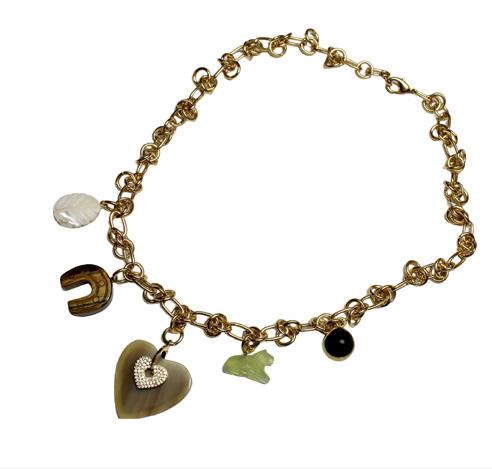

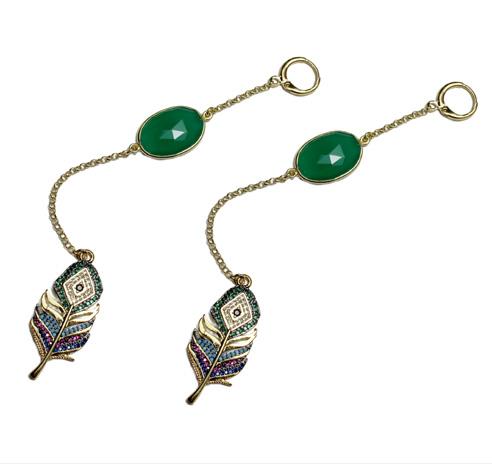
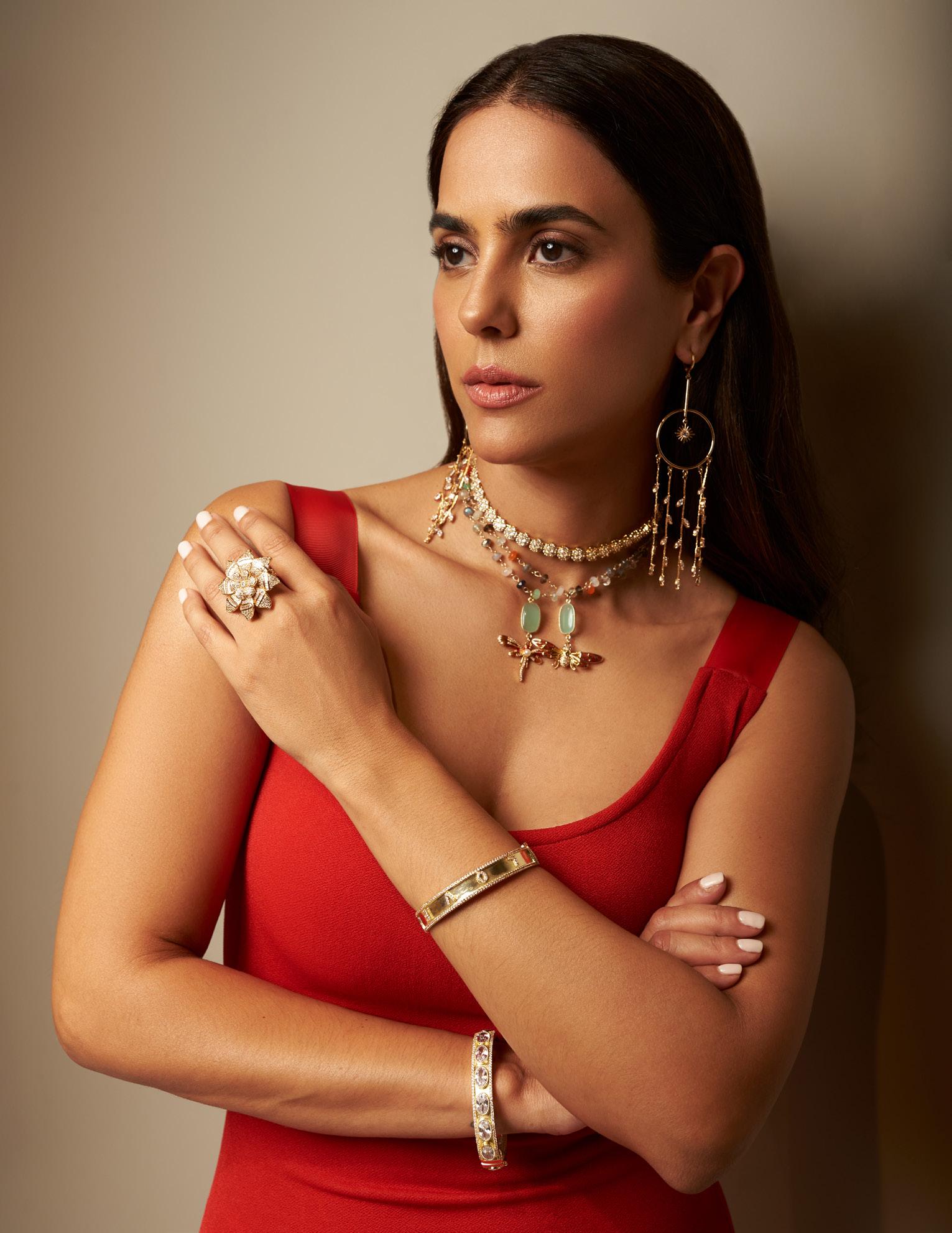
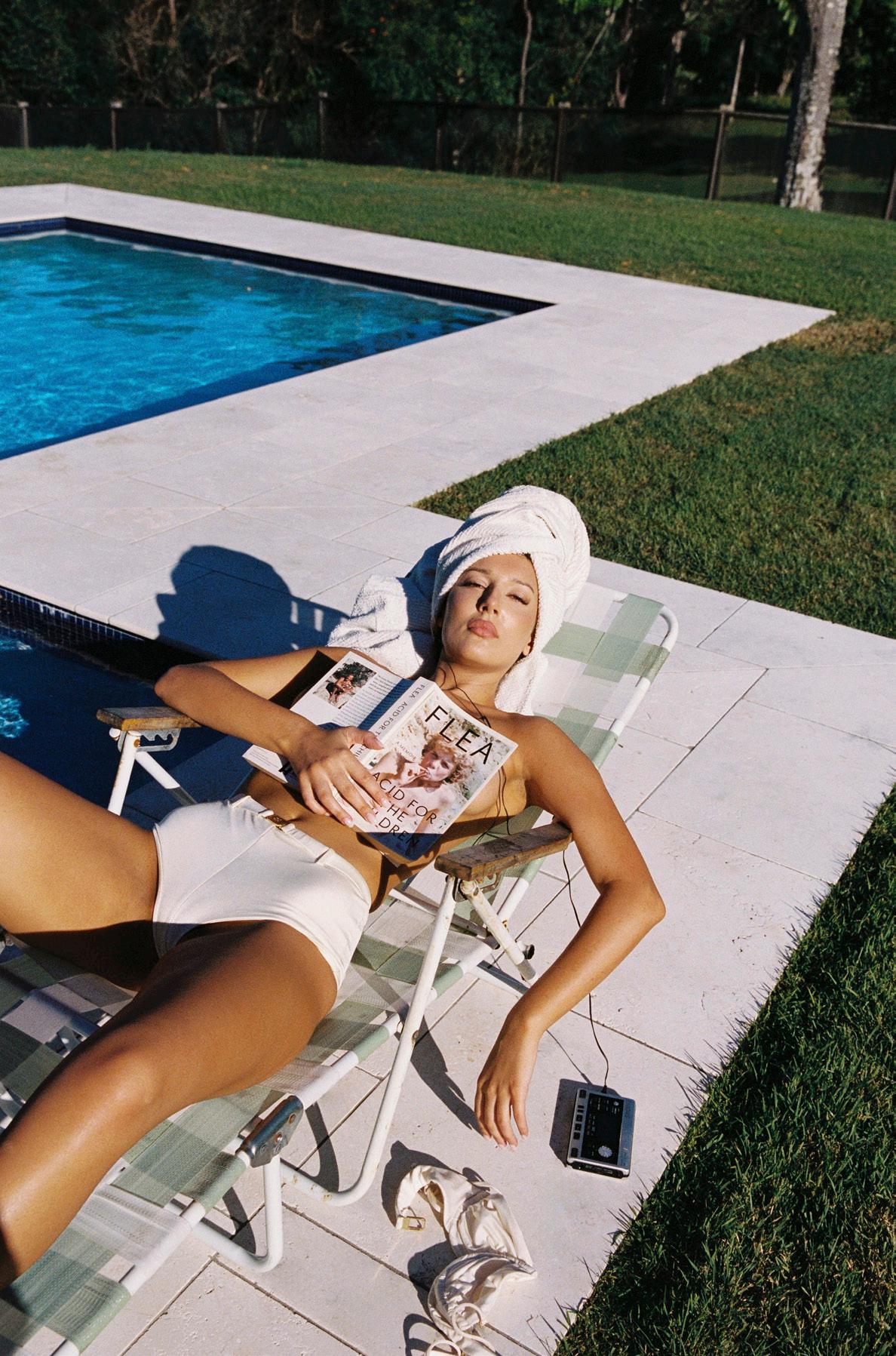
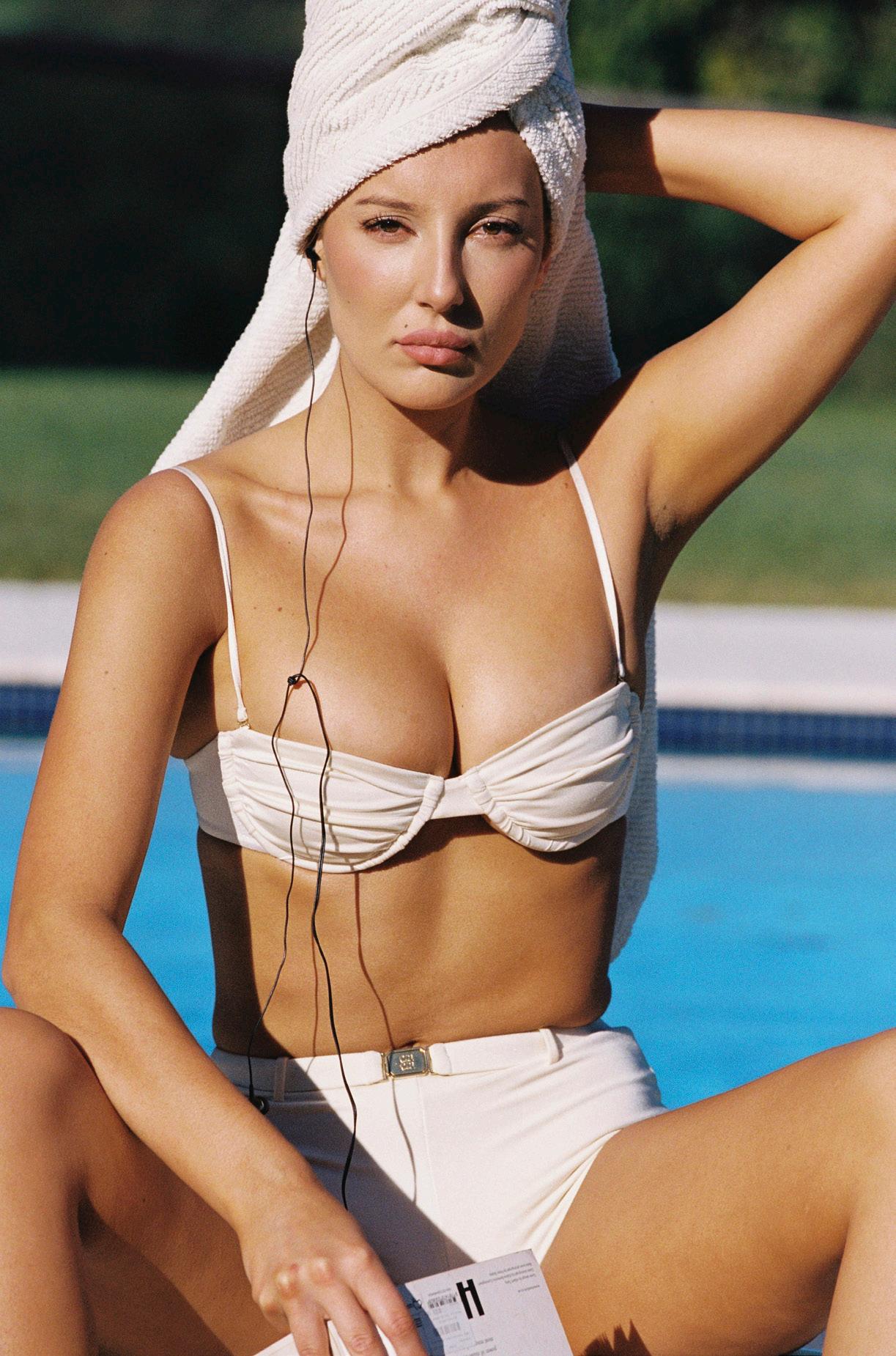
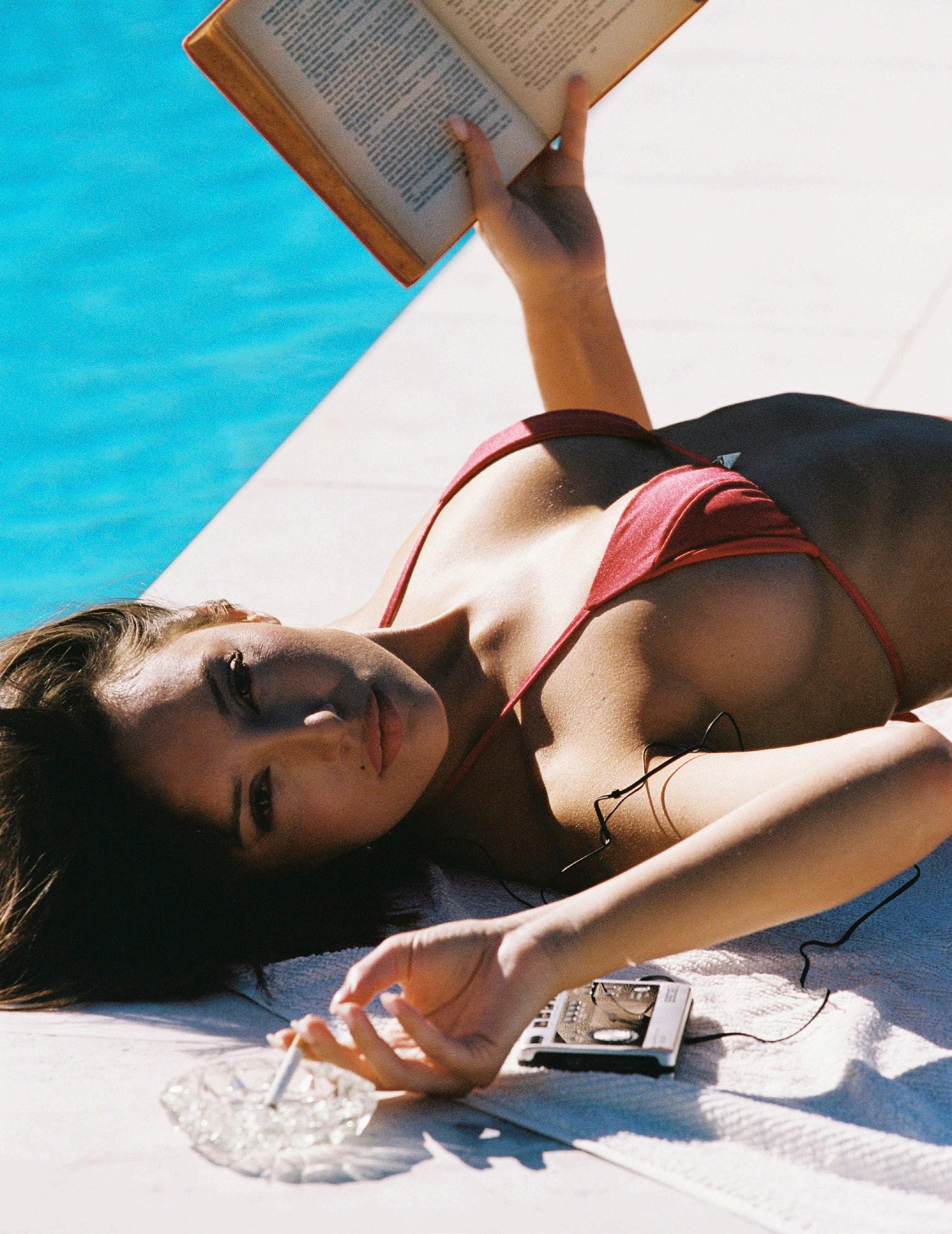


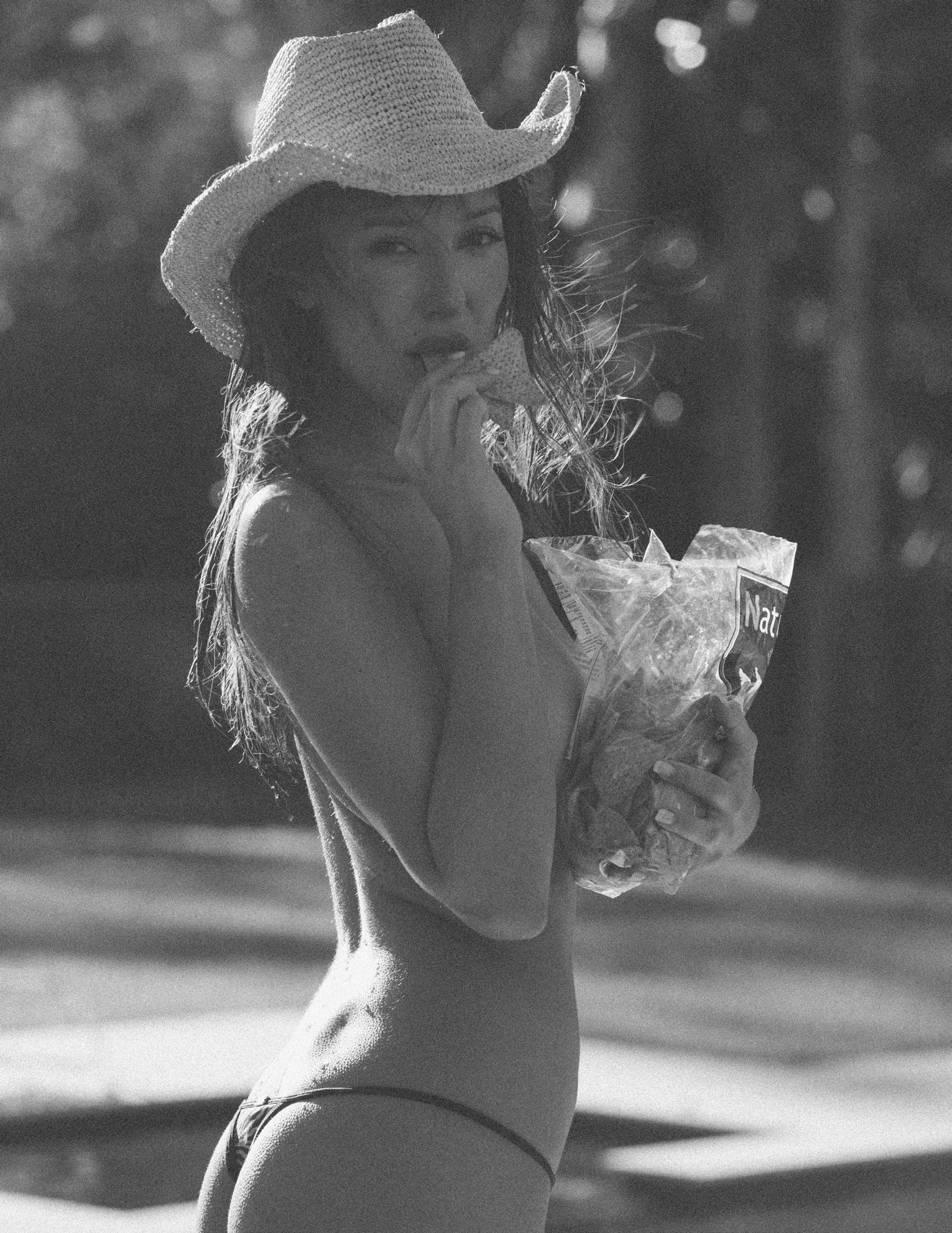
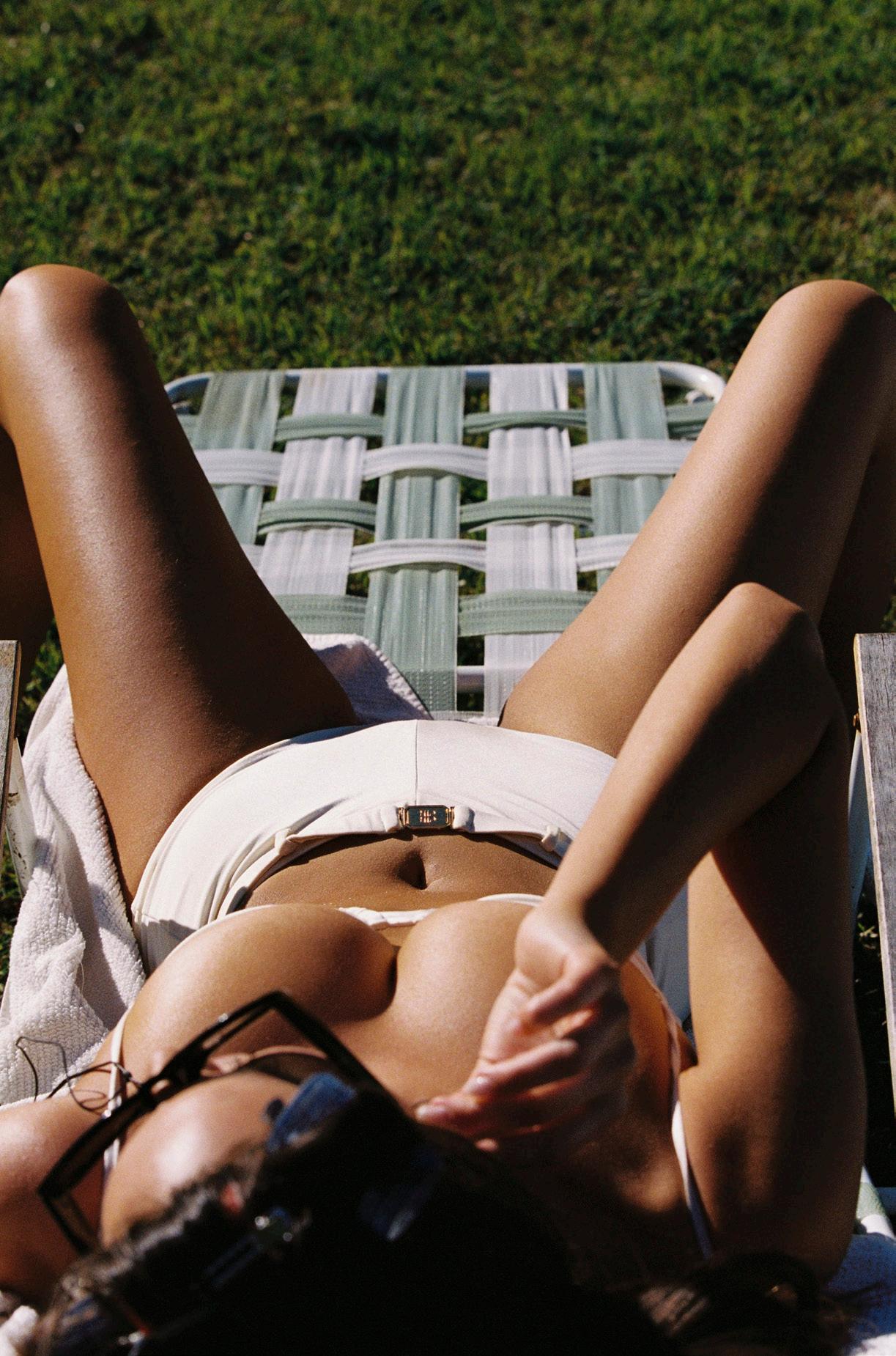
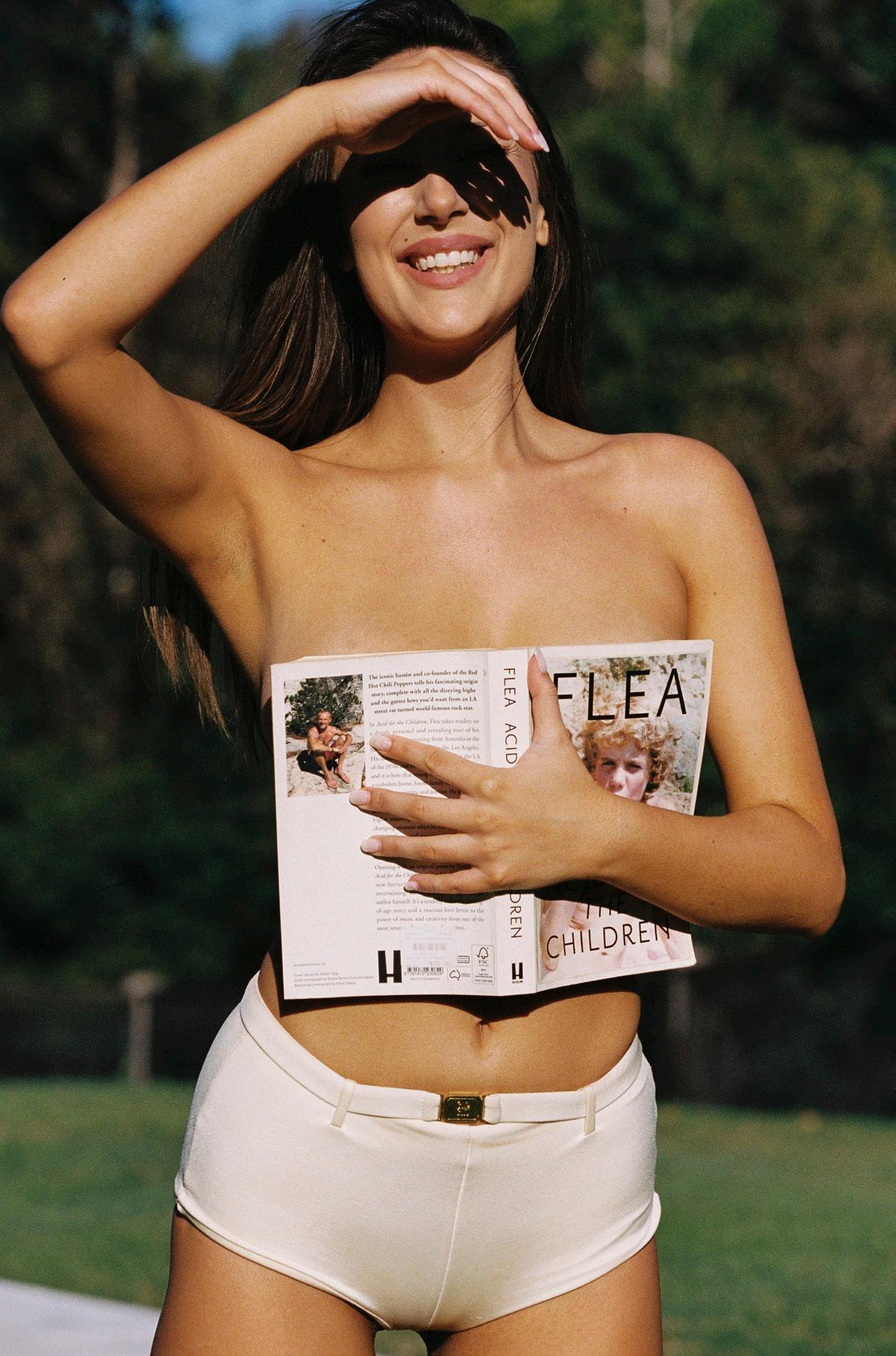
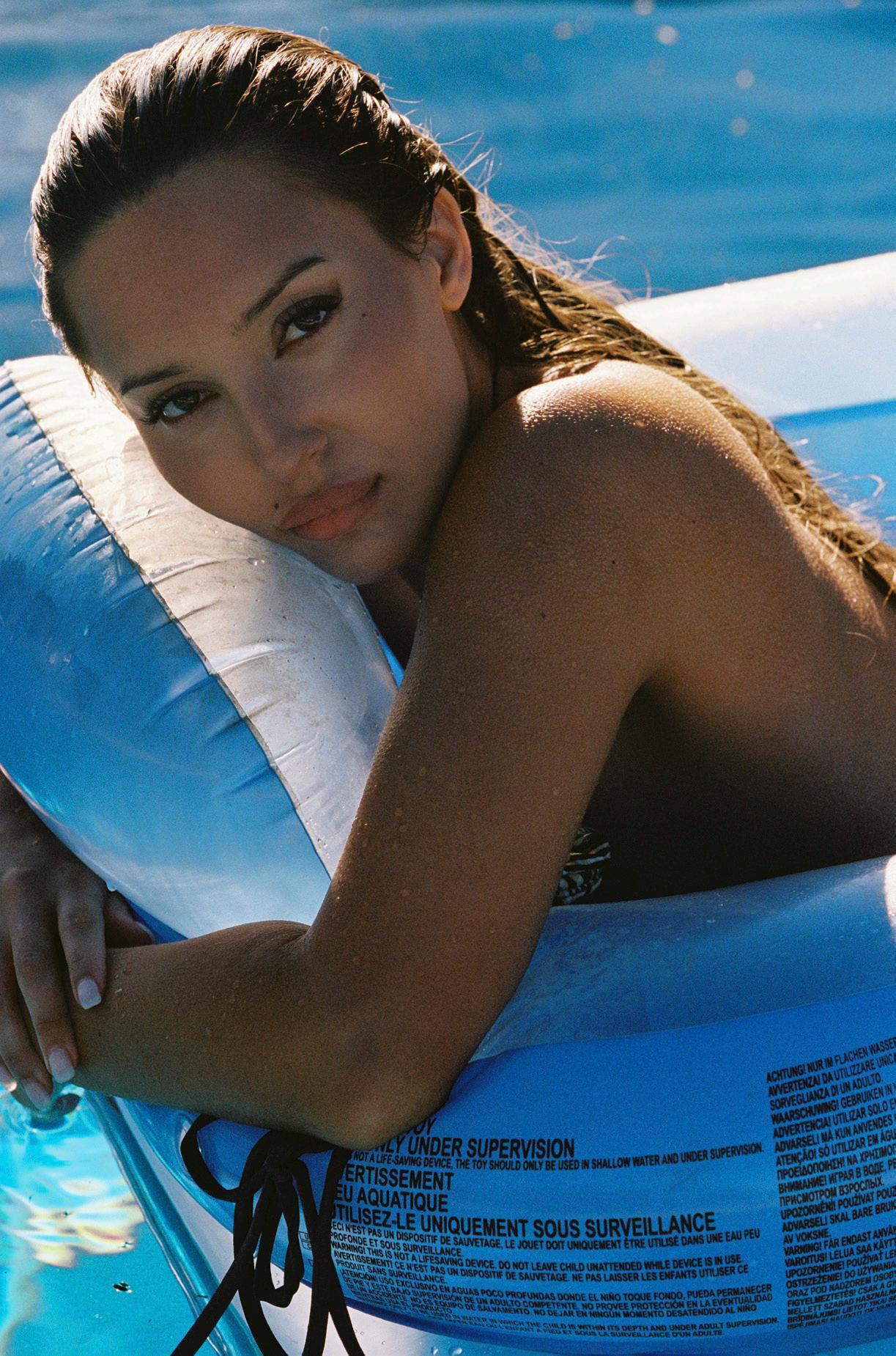


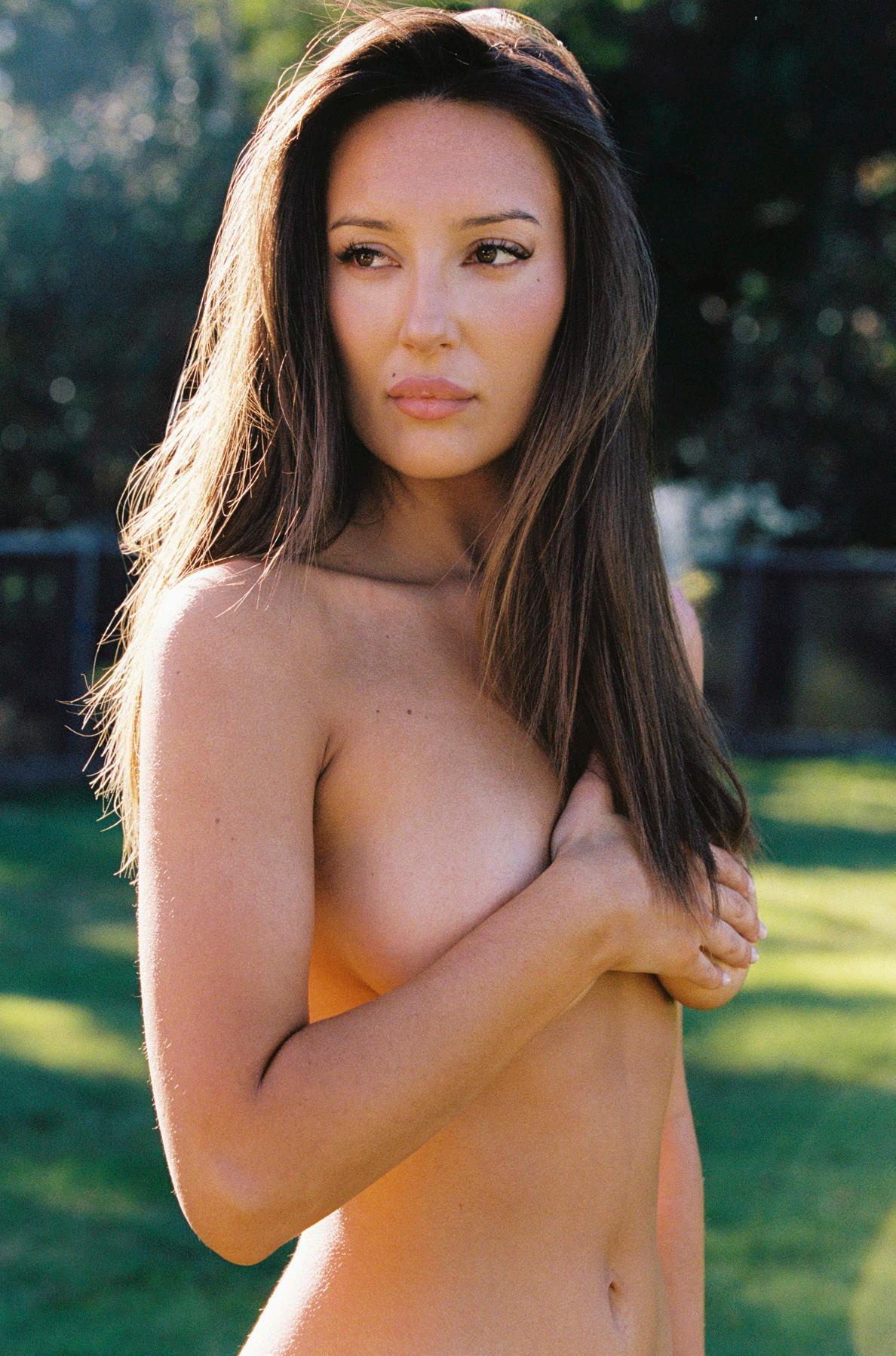

BY JOSE-MARIA JIMENEZ
Hidden deep within the folds of the Eastern Himalayas, Bhutan is often described as the last Shangri-La — a kingdom where spirituality and sustainability intertwine seamlessly with breathtaking natural beauty. Here, Gross National Happiness matters more than GDP , and every mountain, monastery, and smile tells a story of balance and mindfulness. As October arrives, the skies turn crystalline and the landscape glows with golden fields and vibrant prayer flags fluttering in the breeze. It is a season of renewal, when the country’s sacred valleys open their arms to travelers seeking something beyond luxury — a sense of meaning, clarity, and connection.
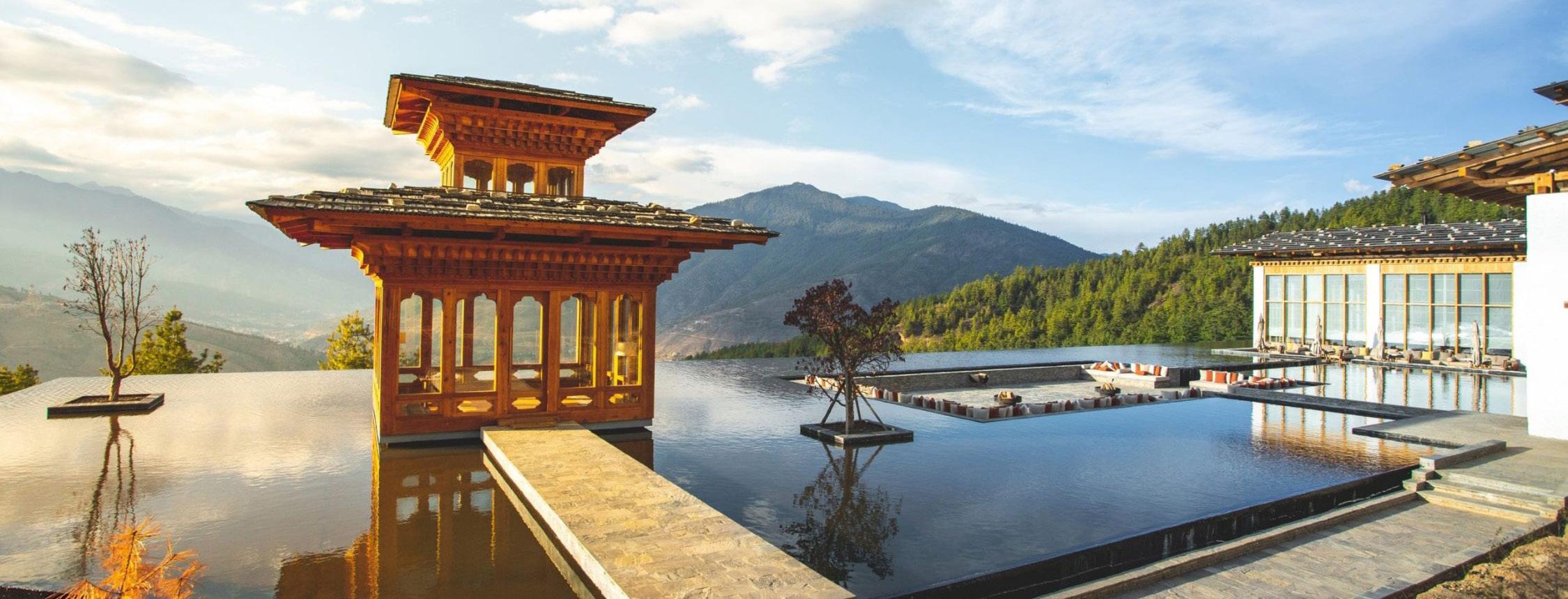
This is not a destination for the hurried. In Bhutan , time slows to the rhythm of temple bells and mountain winds. Mist drifts over rice terraces at dawn, crimson-robed monks chant beneath ancient dzongs, and the air feels cleaner, purer — almost otherworldly. For those accustomed to the world’s most exclusive escapes, Bhutan offers a deeper kind of indulgence: spiritual luxury.
Stay at the Six Senses Thimphu , a contemporary sanctuary overlooking the Himalayas , or at Amankora , a network of intimate lodges scattered across the country’s most enchanting valleys.
Six Senses Thimphu: Contemporary luxury with Himalayan views and holistic wellness experiences.
Uma by COMO Paro: An elegant riverside retreat that seamlessly blends modern comfort with Bhutanese tradition.
Amankora Lodges: A network of secluded lodges across Bhutan’s valleys, perfect for immersive cultural and natural experiences.
Trek to the legendary Tiger’s Nest Monastery , perched dramatically on a cliffside, or attend a traditional tshechu festival, where mask dancers whirl in a blur of silk and color — moments made for cinematic editorials.
Bhutan ’s timeless aesthetic pairs effortlessly with soft layered knits, natural tones, and tactile fabrics inspired by its handwoven textiles. Capture wide, soul-stirring shots against the Himalayan horizon, or quiet portraits in monastery courtyards wrapped in amber light.
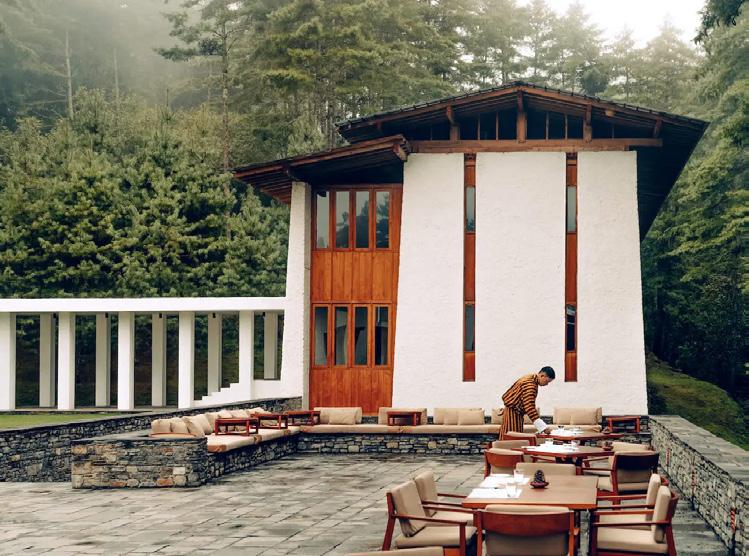
Tiger’s Nest Monastery Hike: A half-day trek to the iconic cliffside monastery offers breathtaking vistas and a spiritual journey worth capturing on film.
Local Festivals : October is festival season — experience vibrant mask dances, traditional music, and colorful rituals that make for extraordinary editorial imagery.
Cultural Immersion : Explore dzongs, interact with monks, and discover Bhutanese arts and crafts for authentic fashion and lifestyle content.


“In the Kingdom in the Clouds, every step is a journey through serenity, culture, and timeless elegance."
October is Bhutan’s most enchanting month — a time when nature, culture, and clarity converge in perfect harmony. The summer rains have passed, leaving behind crystalclear skies and the kind of luminous light photographers dream of. The Himalayan peaks stand in sharp relief against cobalt-blue skies, and valleys gleam with golden rice fields ready for harvest. Whether you’re trekking through the Paro Valley or watching sunrise from Punakha, every view feels cinematic — crisp, golden, and impossibly pure.
This is also festival season, when Bhutan pulses with color and rhythm. Traditional tshechu festivals unfold in monasteries and courtyards across the kingdom, offering an explosion of movement and meaning. Masked dancers in silk brocade perform sacred stories, conch shells echo across the valleys,
and locals gather in their finest ghos and kiras — a living fashion show of intricate weaves and vibrant hues. For photographers and stylists, it’s an extraordinary opportunity to capture human connection and spiritual artistry in motion.
The weather itself feels curated for comfort — warm sunshine during the day, crisp mountain air by night. It’s ideal for trekking, yet equally perfect for curling up in a spa lodge wrapped in Bhutanese textiles, sipping butter tea by a fire. The golden light of October turns every frame, every reflection, and every smile into a work of art.
In short, October is Bhutan at its most breathtaking — a season when the kingdom reveals its soul, and every traveler becomes part of its living canvas.

Interview by JOSE-MARIA JIMENEZ
In an industry still tethered to overproduction and fleeting trends, Simi D. , founder of OKIMMI , is rewriting the narrative—one rescued textile at a time. Her brand stands as both a rebellion and a revelation: proof that sustainability is not a marketing concept, but a living, breathing creative practice. Emerging from decades of introspection, trial, and transformation, Simi’ s journey to founding OKIMMI was less a linear career path and more an awakening. At 51, she reimagined her lifelong instinct to “rescue and save” into a philosophy of zero-waste artistry, breathing new life into discarded fabrics and forgotten garments to craft collectible, one-of-a-kind designs that transcend fashion itself.
For Simi , sustainability is not an aesthetic—it’s a moral compass. Her practice rejects perfection and embraces the imperfectly human act of choosing with care. OKIMMI operates from a deeply personal creed: to create for the planet first, to regenerate not just materials but mindsets. The result is a movement that feels both intimate and revolutionary, merging design, philosophy, and activism into a single, fluid language. As she continues to grow OKIMMI alongside The Confessional Showroom in New York , Simi ’s work reminds us that true innovation begins when we stop creating “new” and start reimagining what already exists.
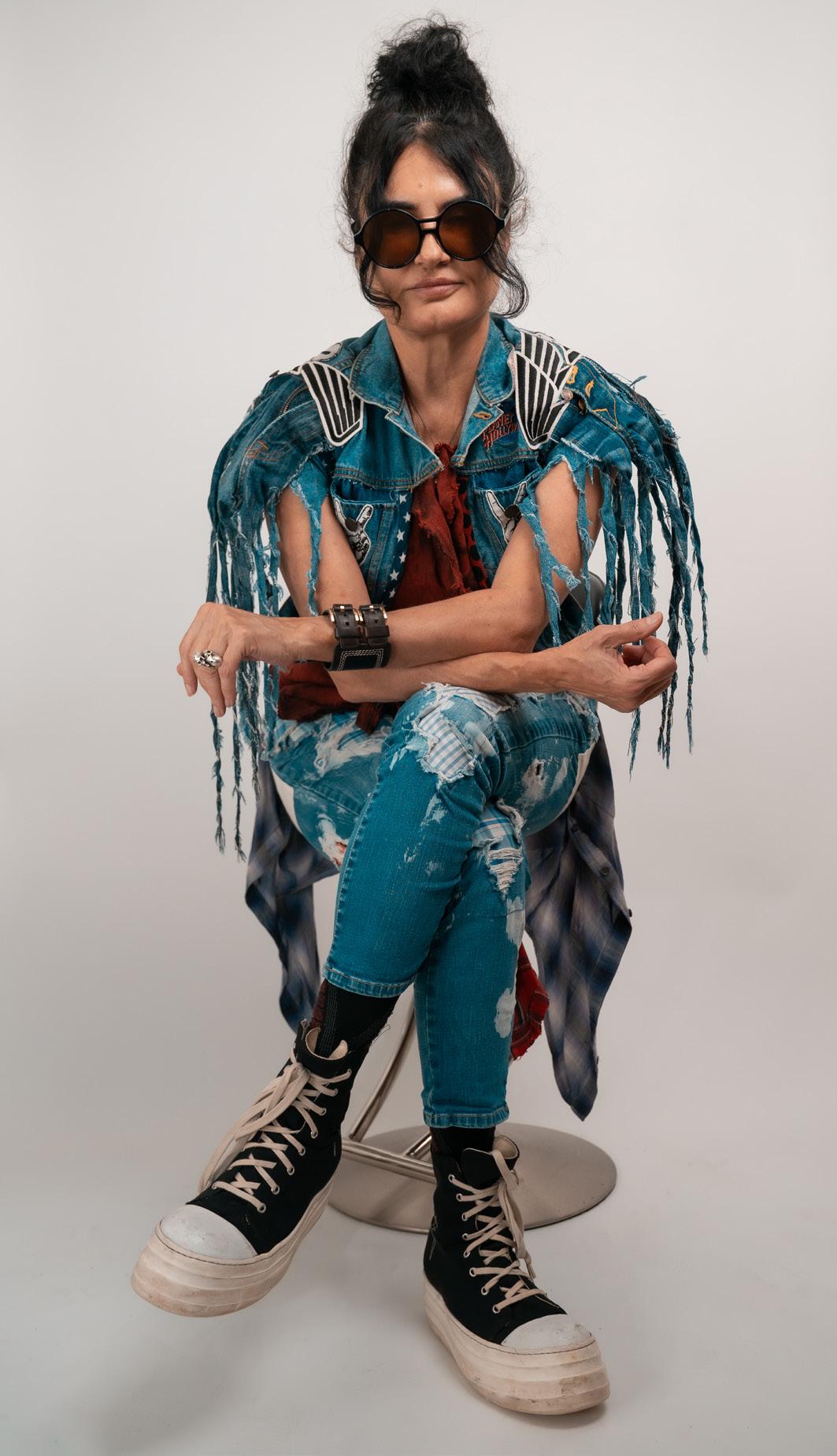

Simi, 1. What was the spark that led you to start OKIMMI? Was there a moment or experience that made you commit to founding the brand?
When I was 28 designs started flooding my mind, and my first brand Simiwear was born. Though never really off the ground, I made it far enough to order labels before I shut it down. My waste was a painful acknowledgement. Only samples were made, but as an avid collector and one who rescues and saves.. I held on to my labels and tag them Okimmi in make today. Near two decades later, I found myself at my first, and only, Magic sourcing show. Las Vegas hosted, and I attended, not for Okimmi … but for yet another buildable brand that I envisioned at that time conceptually. My “ Stakx ” brand was to be a sustainable alternative to basics for layering. As I sourced fabrications, I had my heart set on organic cottons and bamboos only to serve not only my tastes but also sustainability. So I thought anyway. As I schooled up quickly by those who were repping, I awakened quickly to the unsustainable truth behind new making. Nothing “new” is sustainable when mission is serving ecology first. I almost quit, but the designs would not stop mentally forming, so I kept on going. This experience for so many reasons broke me down and opened my truthful seeing. At the age of 51, my sustainable language of Okimmi began releasing. Zero waste creativity has never flowed so freely and the proof is in Okimmi . One patent, over 30 mass producible designs created from rescue only. Each a collectable, tradable one of a kind. It is not enough to regenerate stuff, we must also regenerate a new mind. What does not break us, builds us. I broke open, and I kept building. Ten years later, Okimmi is free flowing. The mission statement on OKIMMI’s website highlights “the urgent need to have a positive impact for the planet, not just with rescue + piecing design efforts, but with enlisting of
others to support sustainable + considerate choosing wherever possible.” Can you tell me more about how your personal values inform that mission?
As a young child my introverted nature protectively formed me. I watched my Texas hill-country and home environment closely. In this, I honed my consideration for others deeply. I believe Okimmi is the “holy grail” of up-cycling not because of my artistry, but my practice of considerate minded choosing. Choice matters greatly to so much more than just self. Okimmi is based on the principle of choosing for the planets needs first. Before creating, and as I am designing, my wants or needs as artist do not dictate my choices. I seek wasteful footprint and toxicity and work away from it entirely. Okimmi has graciously honed my hands and eyes for creating in that sweet spot of righteous sustainable making. Imperfectly and still learning. Before OKIMMI, which / whose creative work or movements inspired you — in sustainable fashion, design, or elsewhere — and how have you adapted or reinvented those influences in your own way?
“I see myself as a creative force for endless sustainable problem solving.”
I’m a late bloomer who did not thrive in school, so my delay to sit table is reflective upon what seemed before to be a lot of failures. In reality, life was my teacher, and I struggled greatly through.. as we all do. Win or lose. Though I’ve always been into style and fashion, high end designer and couture reimagined.. I never really dreamed of becoming a “fashion designer”. I still don’t really, as I see myself as a creative force for endless sustainable problem solving. As an innovative niche creator, I just have deep considerate thoughts always flowing conceptually in my head. These pieces are alive energetically, and very much my family. I guard over them protectively. At 17, I was gifted my first Scuvullo book, and devoured the pages religiously. This was around 1980, and I remember reading about one models
“throw away” attitude about clothing. I found this shocking. Quite possibly this seeded me. As a visual artist, who creates from mind to make, with only the unwanted and devalued existing… there have not been many who paved before me. I honor greatly the indigenous communities and natural artisans creating purely. There are however many designers who I collect and save because I cherish their work immensely. Westwood, McQueen, Galliano are but a few of my chosen masters. I copy no one, nor deeply reflect or study for awakening or to guide me. Okimmi is a language of rescuing, of my choosing, it can only be spoken fluently thru the practice of respectful, consistent doing.
Tell me about your design process: how do you go from concept to product? What role do “rescue + piecing” practices play in the actual design/development stages (materials sourcing, patterning, production)?
Starts with my buying. My schooling was not in design, it was in consumption. I’ve always been a rescuer and collector. I’m a bit of a fabric snob, so I seek high end fabrication. I love linens and cottons and wool, and rescue them as a standard in my build. Then if the fabrics are right, I start seeing designs in my minds eye and if one fits the piece, and the price is right… I buy. This allows me to know before buying what I will be creating. Then sorting and I start addressing issues and problems. Trying, fitting, condition. Much to consider in the making. Cleaning, repairing, redesigning, cutting, piecing, shaping… then communicating. Stavo and I speak a visual language in our making. There is no perfection to my designing, only balance and aesthetic rebuilding. When my eye likes it.. and my hands feel the symmetry then it is finished. Okimmi is mind to make creative regenerating.
How do you balance aesthetic innovation and trend awareness with sustainability? Is there ever tension between what’s fashionable (what sells) and what’s ethical / environmentally considerate?
I don’t follow trends nor do I design to serve
industry. I create to serve ecology by proving, teaching and doing. To rescue and save the worthy, and regenerate new fashion artistry. Build a new industry that serves rescue and reusing. I am mind to make. I don’t produce the standard industry way. I like to rescue loads, and rework the entirety into one collection. I like to rescue outside of fashion to add dimension. I push myself artistically to rescue one designer only and rework them into a pieced together new family. It’s a deep process my way of creating, it’s fast and slow, sustainability that’s never ending. I can see a pile of waste, separate it, and see exactly what designs I will be shape. Now that I am ten years and ten thousand hours in my producing… I flow endless sustainable creativity based solely on my choosing.
What are some of the biggest creative challenges you face when working with rescued materials or second-hand/rescued textiles, and how do you turn those constraints into strengths?
Releasing perfection. Seeing outside my design minds eye to choose for the planet first. Editing my work. The Waste of Mankind is my gallery piece which is currently with The Confessional Showroom in NYC . It is 27 pieces to one. A union of humanities wasteful abusive choosing. It is a representative of all and every. Man, woman, child, animal, war, industry, plastics, oil, consumerism, branding, and wasteful killing. As Stavo makes Okimmi masterfully now, this evolution of ours has been a journey. Together we have created a body of work speaking solely the language of Okimmi. He only speaks Spanish, and my spanglish is delivered very badly. Even still, we found a way to communicate together through this language of my choosing. I do all the purchasing, designing, fabricating, piecing shaping, pinning cutting and he does the deconstructing/constructing . It’s like our very own ballroom for dancing. The speed we are creating is astounding. The lesser of footprint comes with great offerings. Today we create 14 hrs a week and produce a new 15-21 collection per month. Sustainable choosing.. remarkable stuff. .
“I push myself artistically to rescue one designer only and rework them into a pieced together new family.”

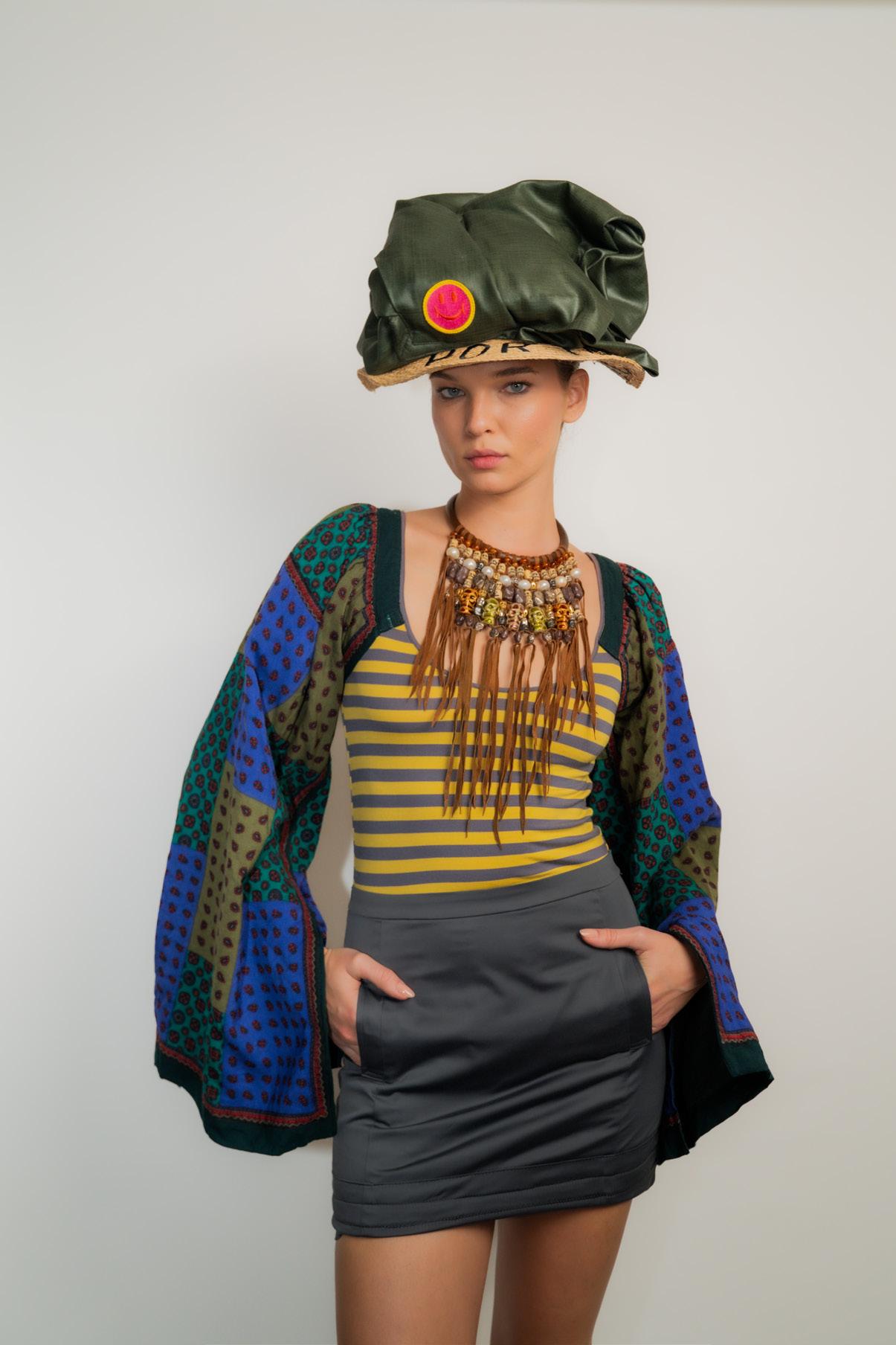
What criteria do you use when selecting materials or partners to ensure your sustainability standards are upheld? Do you certify sustainability in any formal way (e.g., via third-party bodies), or is it more internally governed?
I govern my standards and keep them high. Good luck finding others within the fashion industry who operate in same. I tried, and failed repeatedly as we run few and far between. I’ve decided ultimately that it is my job to teach whoever was open to shifting. You cannot take a toxic industry and expect it to 100 percent cleanly shift to sustainability. That’s a ridiculous notion of impossibility which sets up a failure across industry. It makes sustainable try seem dirty. Governing and enforcing over a small industry minority to operate perfectly when the other 99 percentile keeps on producing toxically is lunacy! Absolute failure for ecology. I create for the planet first only.. that’s it. If it does not fit my guidelines of choosing and it causes excessive footprint then I’m out because ecology is losing. I am here to make a difference through sustainable fashion artistry and prove it can be done. I have zero issues about proving up. I work only with resale 100 percent, and source all the high end natural/vintage designer fabrication I can get. Vintage the most urgent. I am the only fashion brand I have seen that serves the mission of sustainability the more I make. Some pieces I don’t even cut, I simple reshape and save the footprint. I pick up our threads and reuse them in stuff. Mind to make, no patterns or drawings are necessary as I piece whole multiples to reshape. Whenever, wherever I can save.. I choose it. When I don’t, I lose. I know what I’ve built and how I’m made. Only true sustainable choosing can flow such imperfect artistry. Okimmi , I believe, is as sustainable as regenerative can be made. Scaling it is necessary and I deeply crave. How do you think consumers’ attitudes toward sustainable fashion have evolved in recent years, and how has this influenced OKIMMI’s strategy (products, communication, pricing)?
We KNOW better today.. every choice matters greatly. I believe that today humanity is awakening. Okimmi is anti-trend and antinew. It is sustainable collectable and tradable industry building new. Flexible and shiftable. The more who try on Okimmi , the wider the awakening. You cannot help but feel the mindful choosing. I feel a great window of opportunity will ignite once fashion collectors realize the value in regenerating with their own personal inventory. I can take multiple units and scale it back to one all while creating a very personal “but one” of a kind. Reinvesting into sustainable artistry pieced from their own inventory and personal history. Sustainable shift is not a carry for one, as we all owe it rightly back to ecology to change and rearrange. There is such power in honoring and remembering our past experiences through rewearing. Regenerating with loved ones wardrobe to create a new feel of them lovingly. To recall great moments once shared sexually by piecing lingerie into Okimmi artistry. Sustainable flow pours endlessly from me, so where I take it depends greatly upon who joins me. I see custom collectors largely as collaborators. We shift in unity.
OKIMMI is clearly more than a label—it seems to aim at creating broader awareness. How do you engage or “enlist others to support sustainable + considerate choosing,” as your mission states? What educational or community practices are part of your brand?
Okimmi is a movement I care not to label. I am my own community, one seeking sustainable unity. I rescue and rework an entire community of designers work to save it from the dreaded chain of waste. I’ve innovated over 30 designs (hold one patent) that can be made repeatedly and throw off one of a kinds. 100 percent sustainably. I give back by doing, writing, educating, innovating and never quitting. I’ve worked for non profits volunteering with young girls and sustainable designing. Outside of this I’ve not found my community in Miami. Before The Confessional Showroom I was flying solo quite literally. I
“Before The Confessional Showroom I was flying solo quite literally. I onboarded in NYC last November and December to ignite my sustainable fashion in the big city.”
onboarded in NYC last November and December to ignite my sustainable fashion in the big city. Seek my community. Then, I came home to a breast cancer diagnosis this past January. The Confessional Showroom, supported by showing and styling Okimmi in their NYFW September “Together We Rise” show, while I stayed back home recovering. These days, I feel I am learning to trust more on those who show up and choose considerably important stuff to me. My current goals are to build back my health and get strong again. Start creating and spreading more content with my Confessional family and rise the mission of sustainable fashion artistry in the happening. To expand considerately, and give back greatly. To keep proving by existing. Next show is Art Basel with The Confessional Showroom.
What has been the biggest business challenge in launching / scaling OKIMMI, particularly in the sustainable space? And how have you addressed or overcome it?
Finding my team and being taken seriously. Acclimating myself to hard core industry has been wrought with mountainous difficulties. I prefer to stay away and create. Most outside dealings I find a difficult make. Finding team that becomes family is key. I set my standards and refuse budging. I am not interested in fitting in to today’s toxic industry. I am only interested in reshaping a new sustainable industry with people who align rightly.
How do you decide upon pricing, given the extra labor or complexity that comes with rescue/piecing and sustainability? How do you make sustainable fashion accessible without compromising ethical standards?
Pricing is based on the pieces and artistry. How many are used to create it, and the hours of hand work to make it. Okimmi is art, created with heart, and it gifts a magical feel. How do you put a price on that which instantly belongs? Okimmi grabs you and draws you attentively in
when you wear. Styles a release of an imagined self and sets you free. Priceless collectability. Where is OKIMMI seeing the most growth (geographically, product categories, online vs brick-and-mortar), and what markets do you think are underserved or hold potential?
I am currently with Johnny Cohen and The Confessional Showroom . I feel the bottom floor of this build starts with team. My greatest nemesis has been the build of mine. Johnny and Marielena have been the first within industry to really support the launch of me. It starts simple really, finding family and staying true to my authentic mission of true sustainability. I hope from there we will find our kismet community.
Looking ahead, what innovations or new directions do you foresee for OKIMMI (e.g. in materials, technology, collaborations, or business models)?
So much, as I create endlessly. Ted talking calls me, as does the food industry. I need to prove scale, so it can impact the regenerating and waste removing. There are many home products in my wheel house as well as sustainable corporate consulting. Collaborating to rework dead-stock mass into small one of a kind collectable artistry. Working custom wardrobe loads into small personal collections also makes me hungry. Waste has such depth that I can move all over the place creatively.
If you could change one thing about the mainstream fashion industry to make sustainability more embedded—beyond what OKIMMI is already doing—what would that be, and how do you see that shift ?
Change comes through acceptance and acknowledgement. Today, Earths tipping points are tipping. This tells me that humanity has not been learning. We need to recondition off this endless toxic consumerism mentality. Okimmi proves that we create and scale and innovate sustainably. That we can do better and
“I am not interested in fitting in to today’s toxic industry. I am only interested in reshaping a new sustainable industry with people who align rightly.”


shoot for zero wasting. We CAN choose better. I wish for for a universal shift for sustainable global accountability to ignite. A decrease in the fashion industries 100 billion units per year global production to drop to SLIGHT. I wish for humanity to consistently practice choosing considerately right in best interest for the planet first.
What advice do you give to emerging designers who want to start sustainable / rescuebased fashion labels, especially with limited resources?
Choose considerately and respectfully for the planet´s needs before all and every. Practice this attentively. Acknowledge and accept all wrong doing and allow grace when choosing imperfectly. Every footprint matters so challenge your innate untouched creativity to release freely. Think outside the imposed boxes of industry and normality. Consistency is truth telling, so be real through your process and practice endlessly. Strengthen your ability to innovate with the existing, regenerate
thru garment to garment engineering, and free your creative ability to conceptually see designs endlessly. Speak your own language of sustainability authentically. We know better today, so we see. Flow transparently and keep standing.
Finally, what has surprised you most on your journey so far with OKIMMI (on a personal, creative, or business level)? And what are you most proud of?
It’s not about me, and I’m certainly not proud of humanity´s abusive self-serving, mine included. Pride has no movement or stability. This said, I am grateful for my passionate spirit, love for ecology and my unbreakability. For never quitting the thousand times I almost did over my last 30 as I am rewarded today with this beautiful sustainable language of Okimmi . So grateful am I to flow this mission driven creativity. The only thing that matters is humanity´s awakening for serving the planet first, before everything and changing!
“I wish for humanity to consistently practice choosing considerately right in best interest for the planet first.”


PHOTOGRAPHER: JULIO CARLOS @juliocarlosphoto
MODEL: ANASTASIA SEVCENCO @anastasia.sevcenco
AGENCY: NEXT MANAGEMENT MILAN @nextmilan HAIR AND MAKEUP ARTIST: EMILIO URIBE @emiliouribebeauty

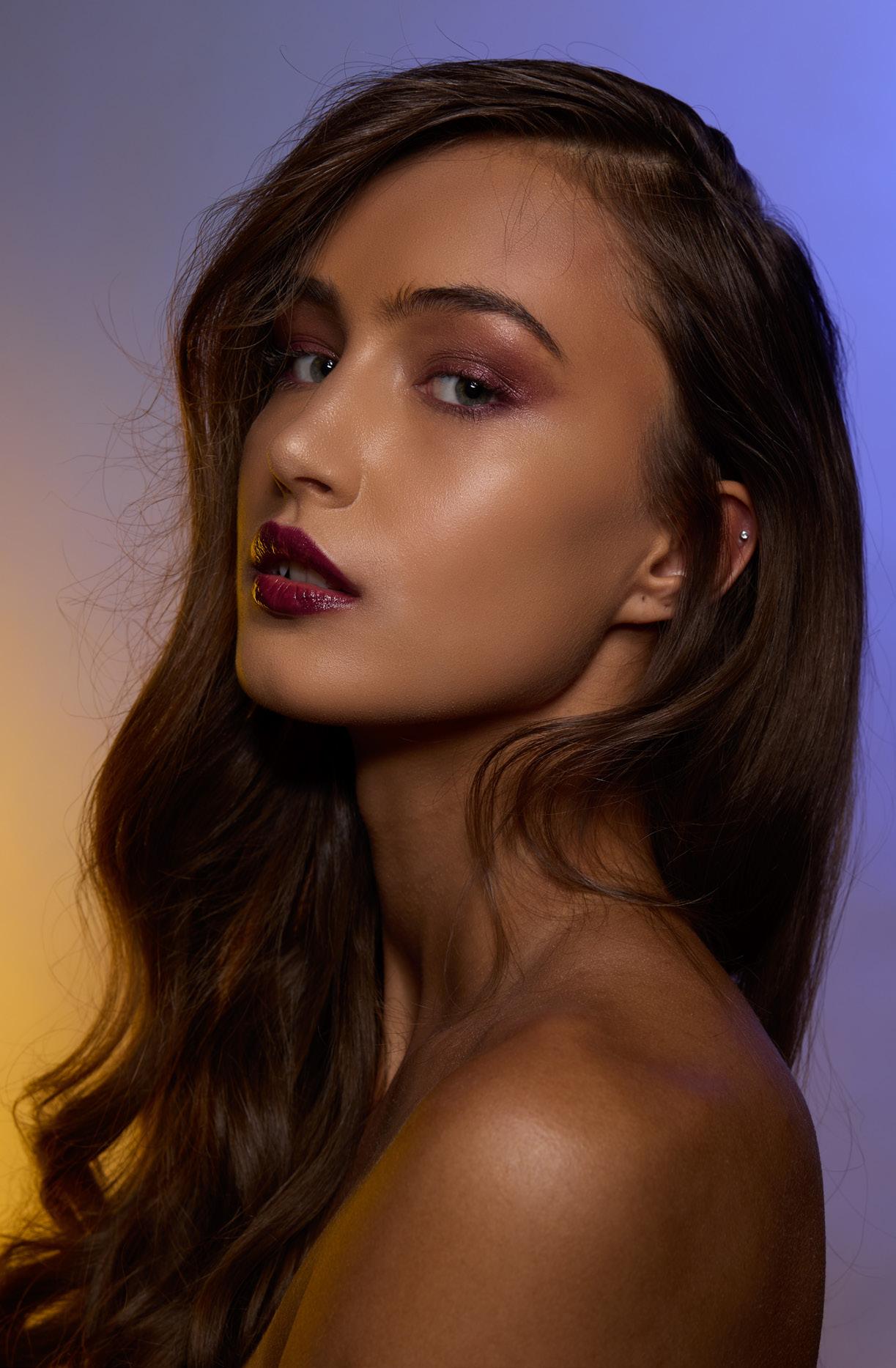

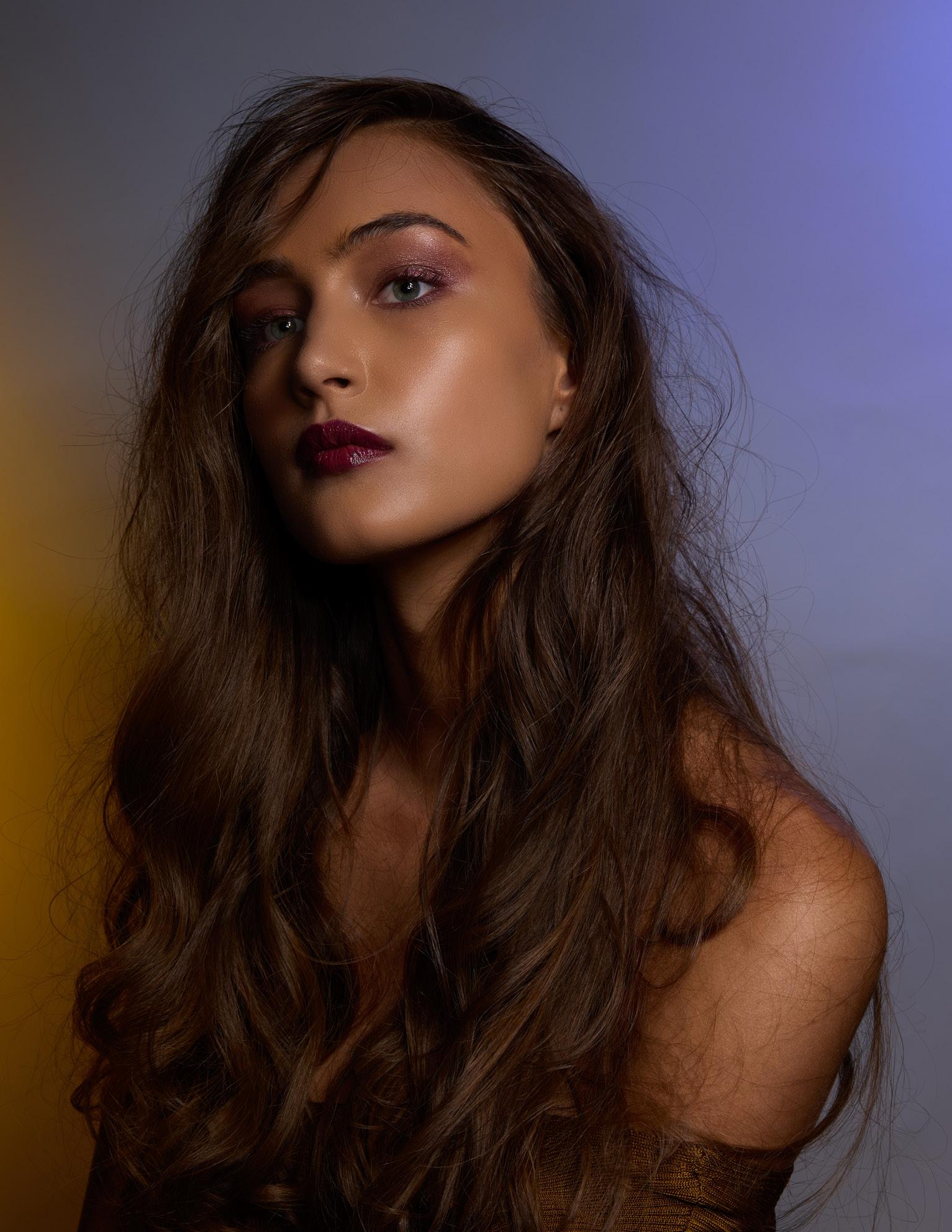
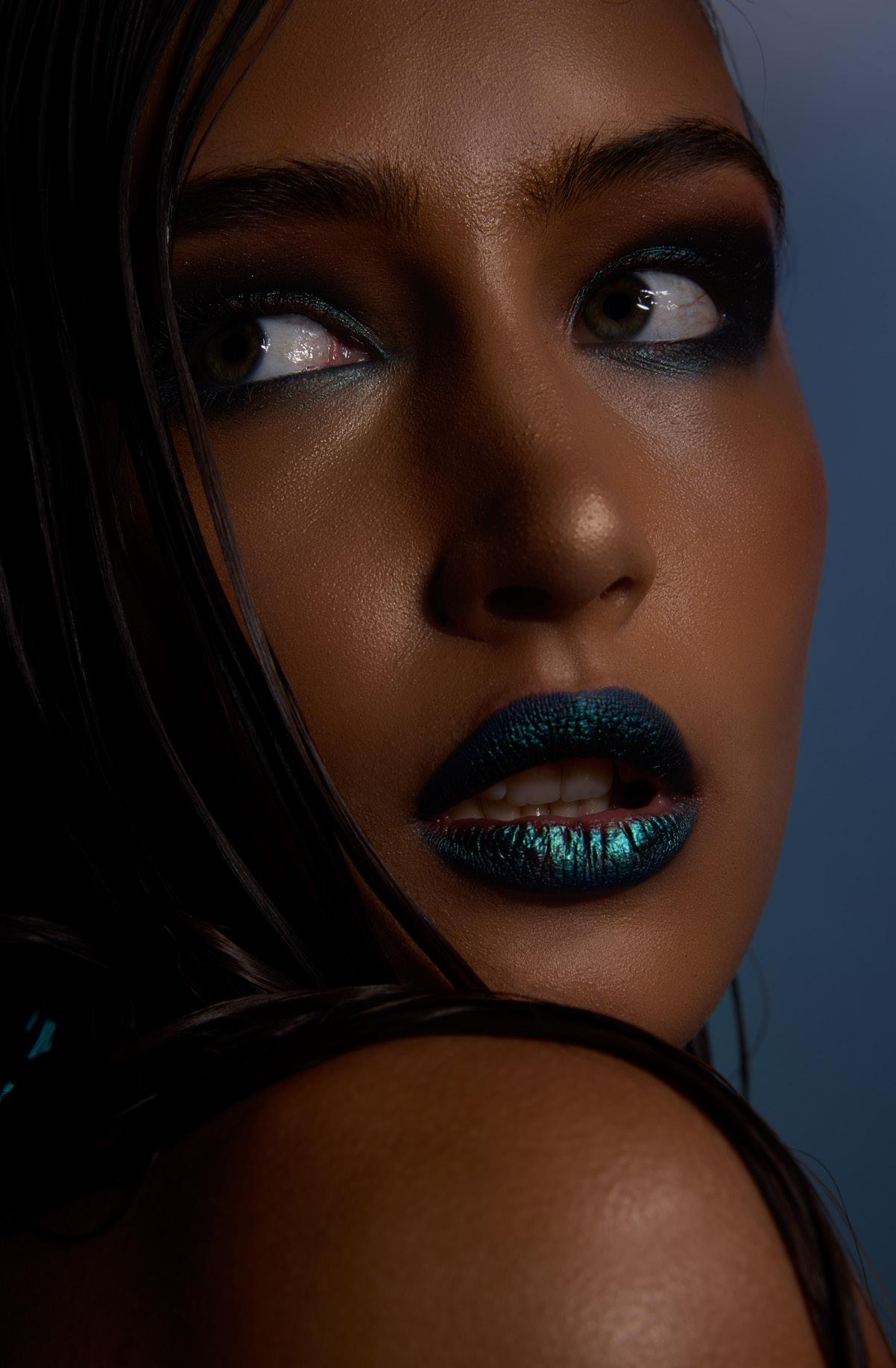
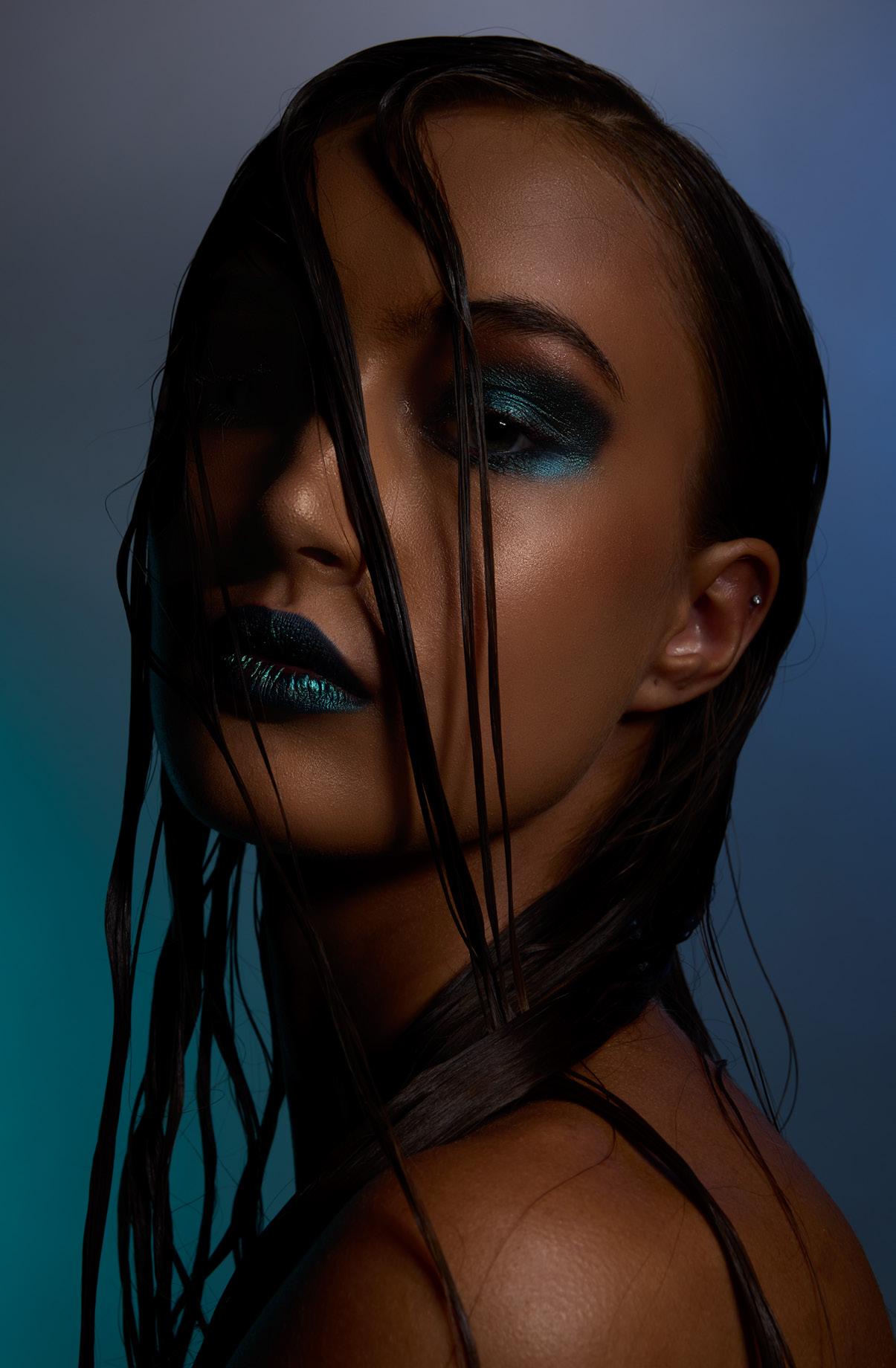
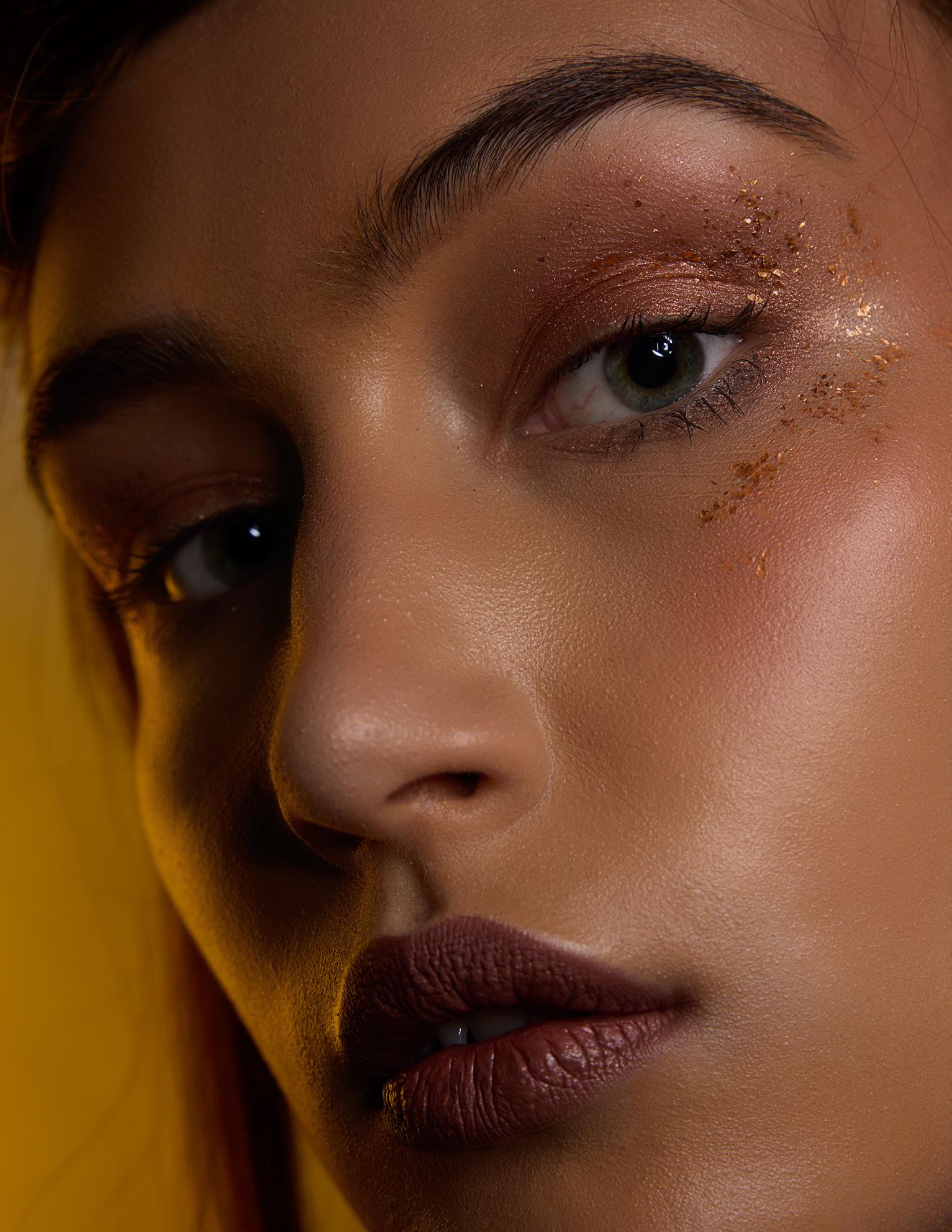
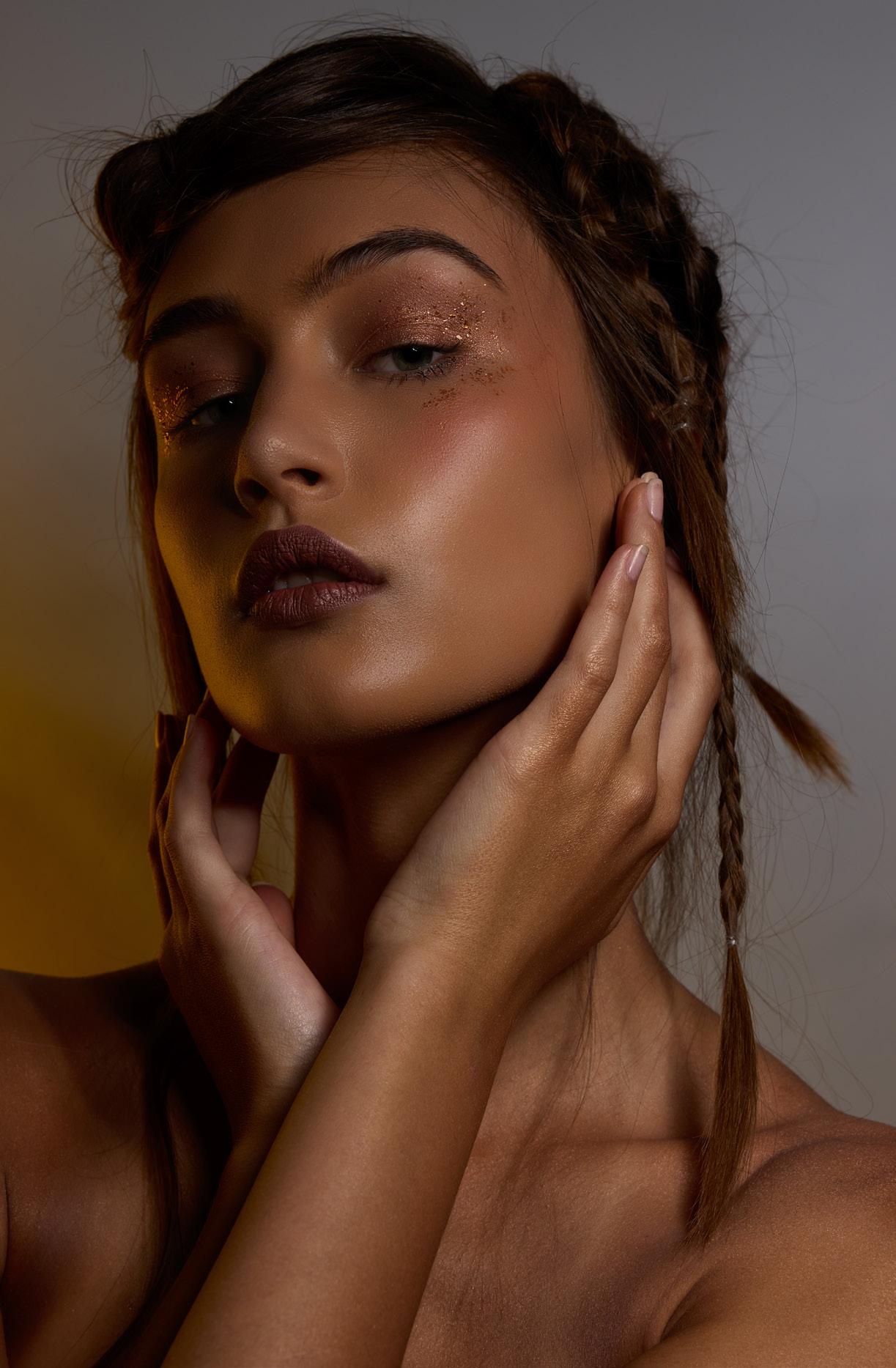
Article by JUANDA B. RUSTAM
Fashion, through the clothes each person wears, reflects their personal identity. Some want to express themselves, while others are influenced by the culture surrounding their place and time. But for everyone, the most important thing is the desire to show themselves. This is sometimes difficult to admit, but the recognition lies in the comfort of the clothes they wear. The outfit represents something fundamental to a person, about their personality, principles, beliefs, and various aspirations.
Someone who loves vintage clothing may deeply admire history, or love to always remember the past. For those enthusiastic about modern fashion, perhaps they don't want to be categorized as old, or they simply love minimalism. They may wear dresses that lack even the smallest pattern or lace.
Subcultures in fashion are actually very visible, and should also be appreciated, both what and how someone wears. Gothic style, for example, anyone who wears it is considered a follower of gloomy, dramatic figures and counter-cultural aesthetics, and there is always a dark side to everything they do. Often featuring black clothing, dramatic makeup, and a fascination with the macabre, these styles reflect the wearer's identity as an individual embracing a countercultural aesthetic.
On the other hand, there are also those who enthusiastically dress their bodies in sporty outfits. This group is usually labeled with the concept of athleisure, an expression of flexibility, workout people, and consciousness in healthy life. That's why fashion becomes recognizably yours.

Gothic style with hidden movement and silent, athleisure with fiery spirit and power are recognizably yours in fashion. And another one that can be classified is those who fall under the umbrella of luxurious complexes. And they are very attached to polished, chic, and timeless.
Just look at how Victoria Beckham positions herself in high fashion, where she is so intelligently adapting to fashion trends. She is able to find tips on how to treat the wardrobe beautifully. Victoria Beckham always gives a chic, simple, and luxurious look. Her success is always conquering any outfit with loose cuts, elegant matching elements, and a slim shape that still has the right curves.
“Subcultures in fashion are actually very visible, and should also be appreciated."
Talking of fashion creativity, Paco Rabanne made a breakthrough, using aluminum sheets, metal plates, and other similar materials as clothing. Following his breakthrough, other fashion designers' explorations reached a new level. Unusual surrealist blends, controversial avant-garde styles, and eccentric deconstructive styles alike. Conceptually, fashion is at a cutting edge, a fusion zone between fine art and architecture. The peak of this breakthrough fashion exploration occurred in 2024. The collections of fashion designers focused on sculptural forms, specifically in the designs presented for the springsummer 2024 season. Both early-stage designers and world-renowned designers were passionate about pouring out ideas, concepts, and detailed execution. It was truly astonishing to see how chiffon, leather, cotton, and silk were designed. Then, these materials were curved into new shapes and forms with full aesthetics. Finally, the runway was enlivened by the movements of the models, who displayed spectacular displays as well as an astonishing installation of clothes that represented the designers' self-expression.
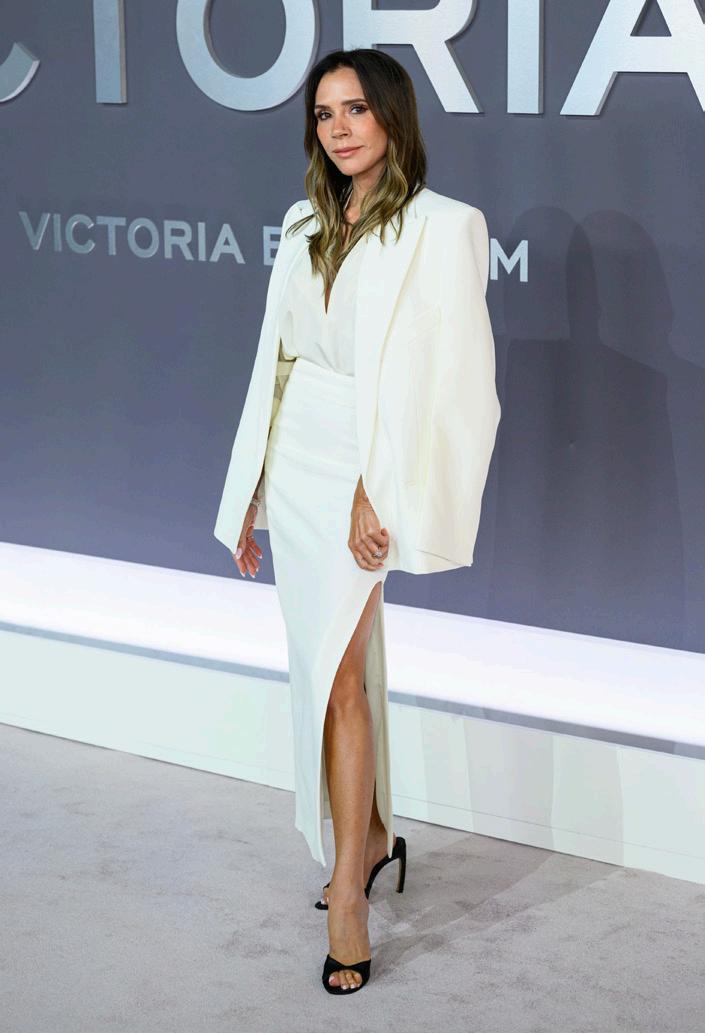
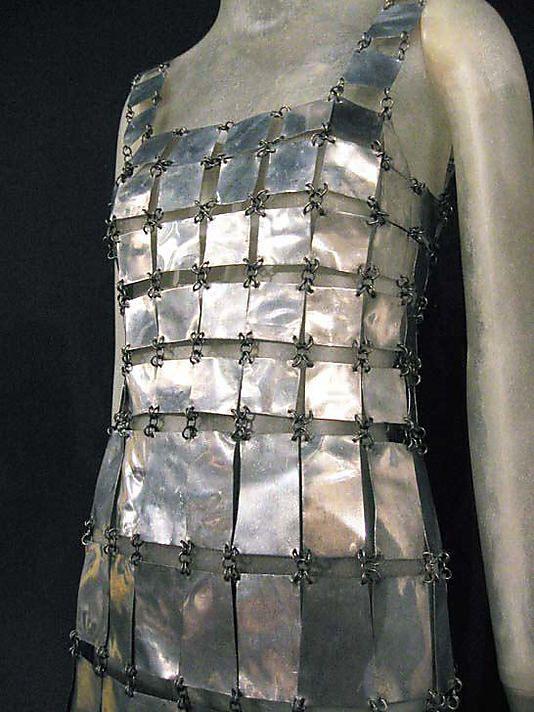
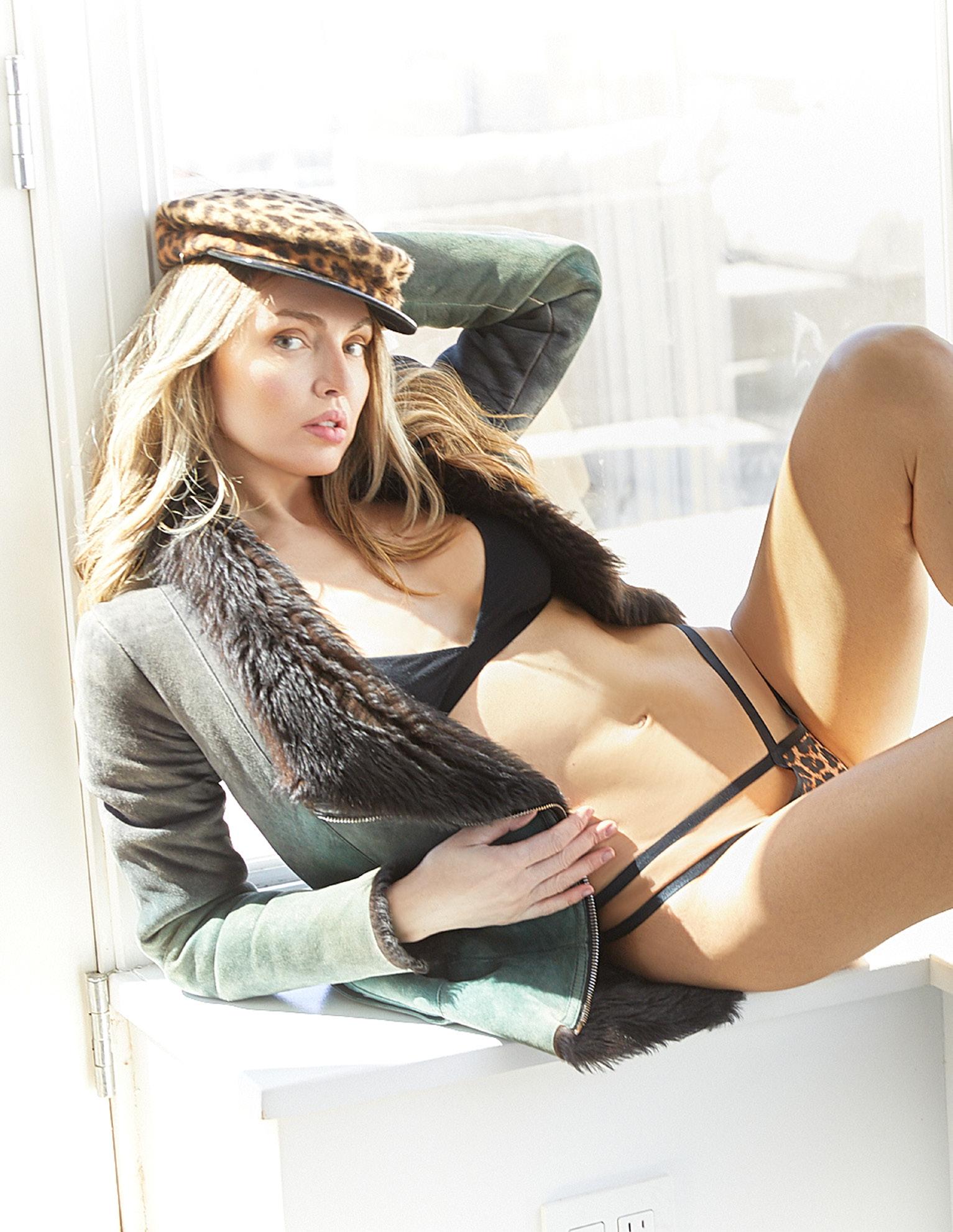
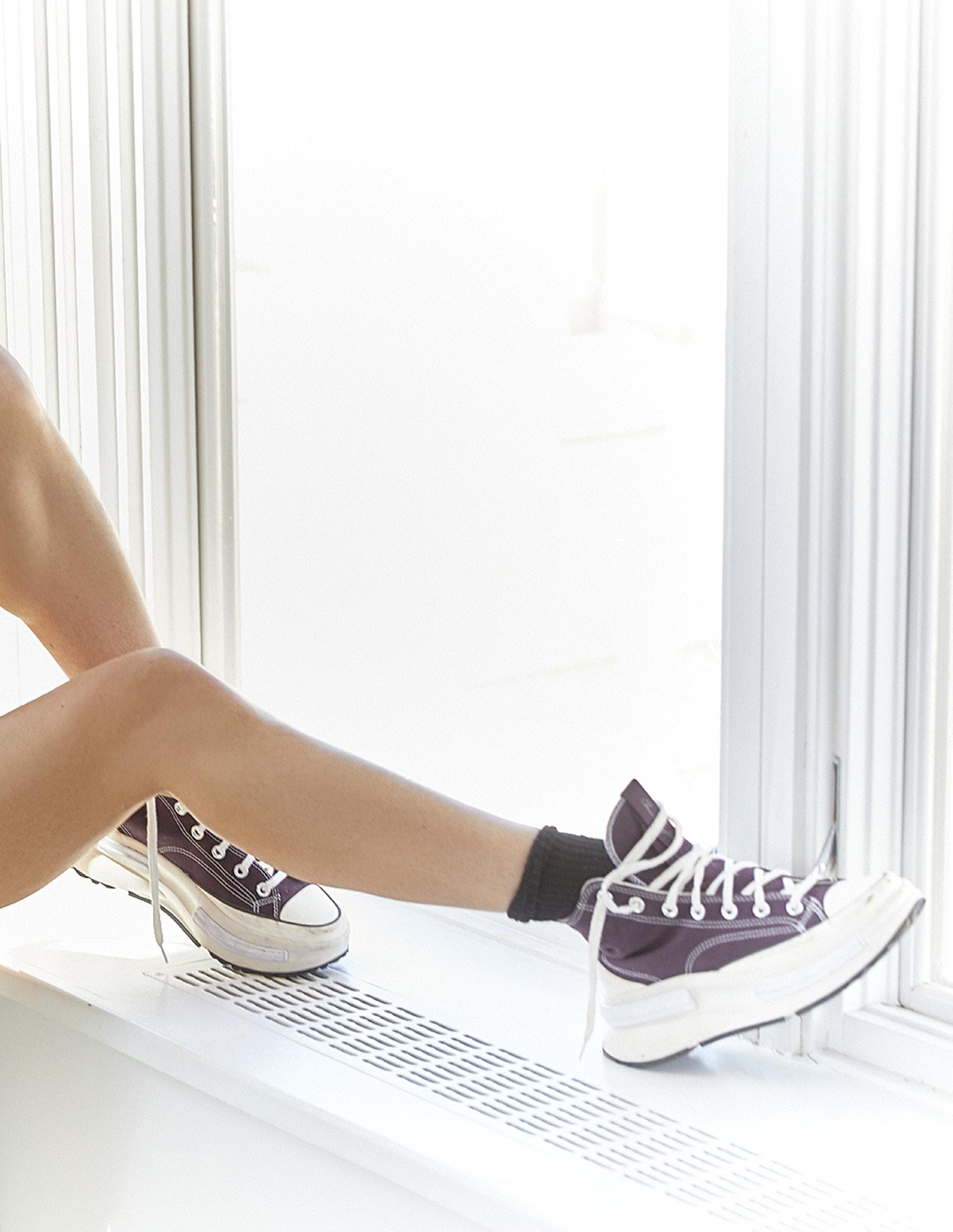
PHOTOGRAPHER: ANTOINE VERGLAS @antoineverglas
MODEL: ANYA ANGJELI @angels.method
FASHION STYLIST: ALICIA ROSATO @alicia.rosato
HAIR AND MAKEUP ARTIST: LUCIE LETZ @lucie_hair_mua
PRODUCER: LERA LOEB @leraloebfilms
photo assistant: MICHAEL PUSHKARSKIY @pushkarskiy_dp
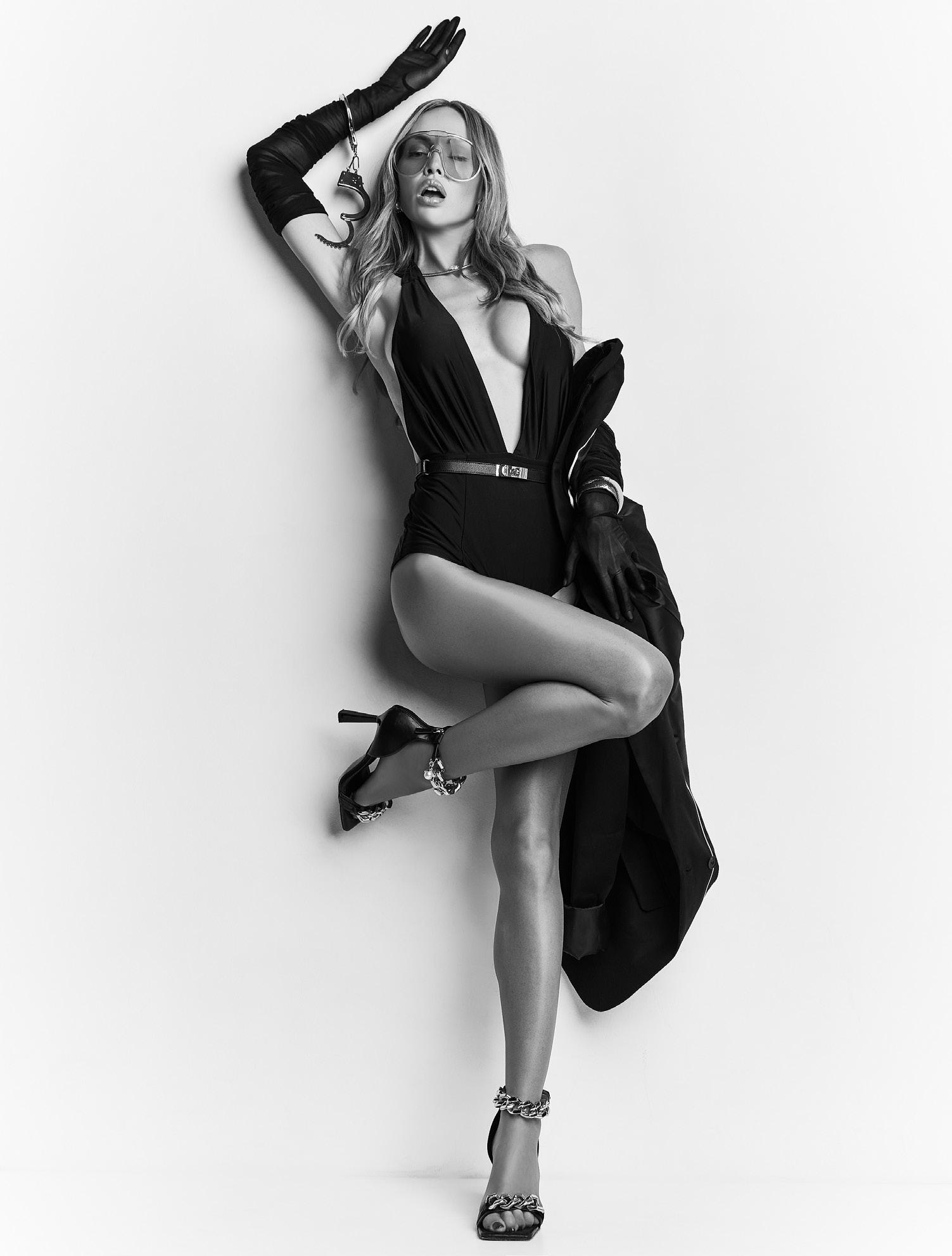
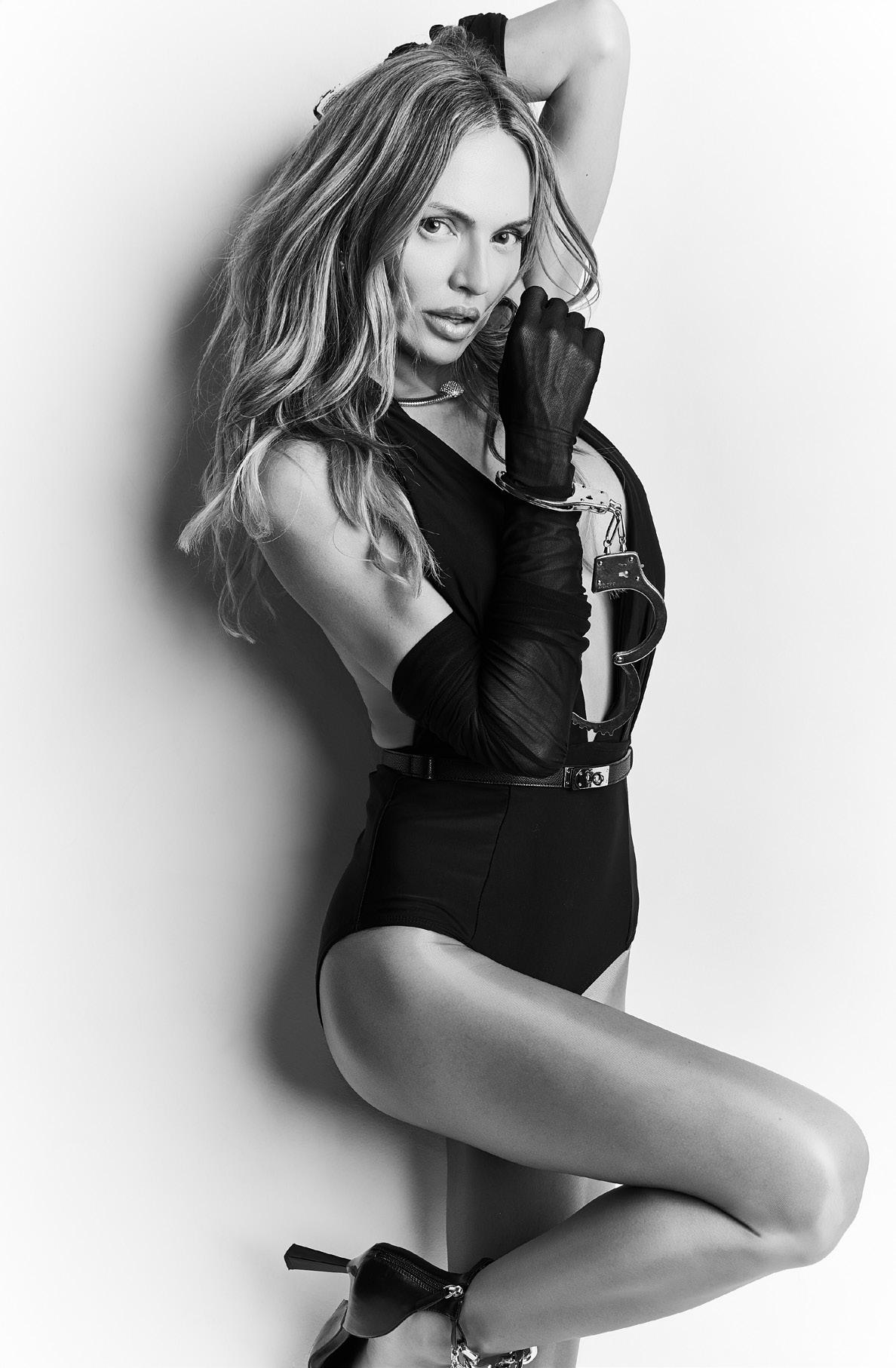
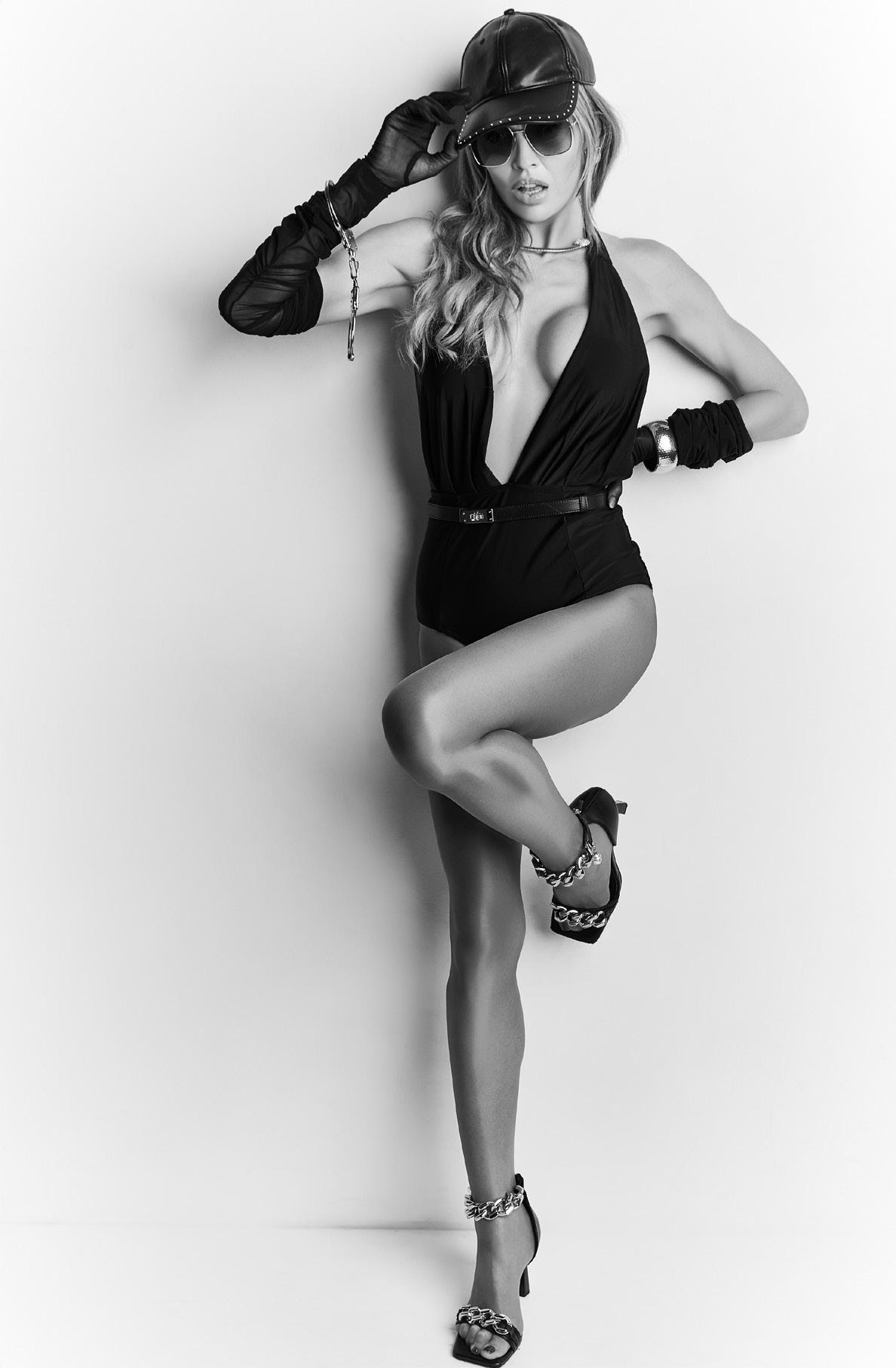
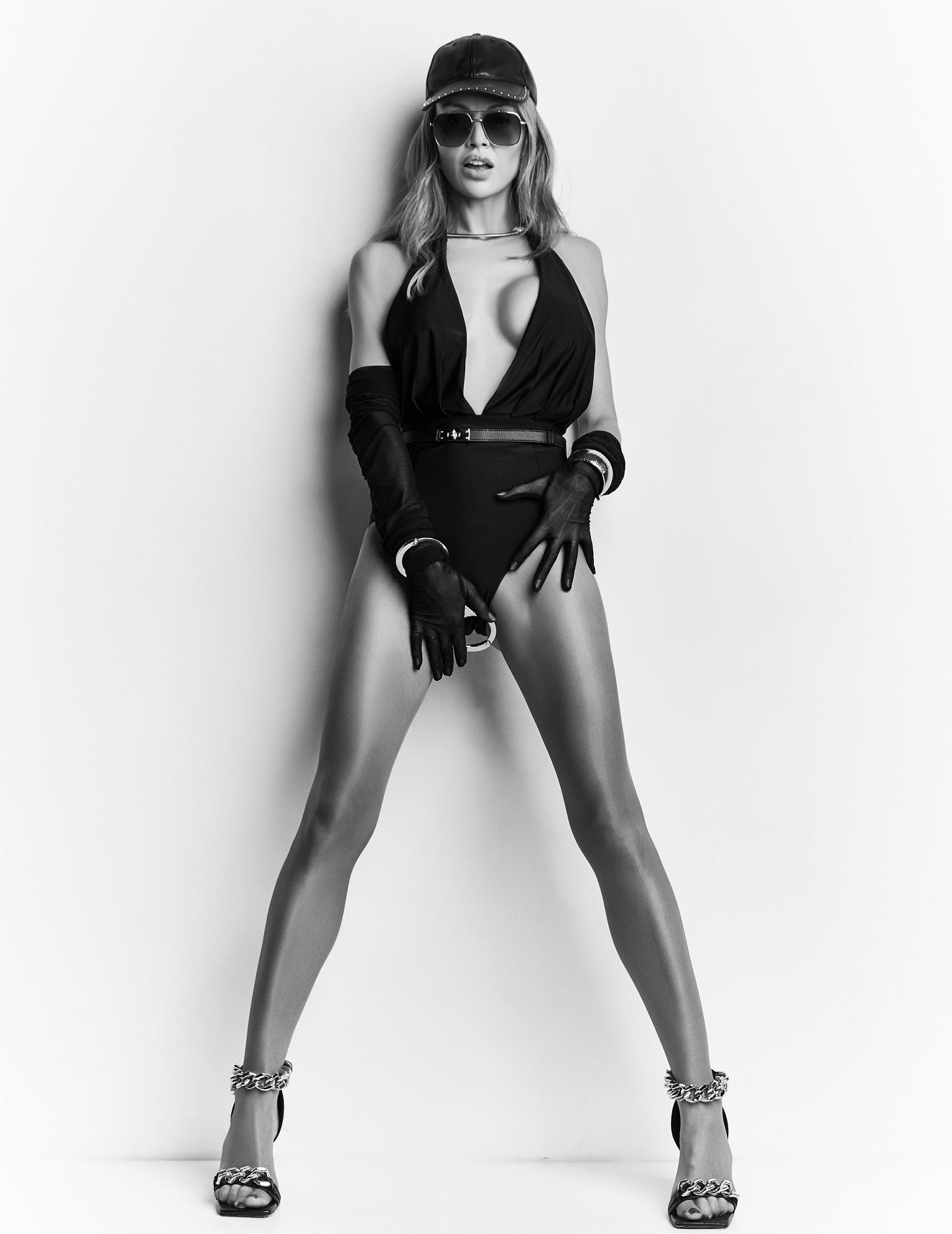
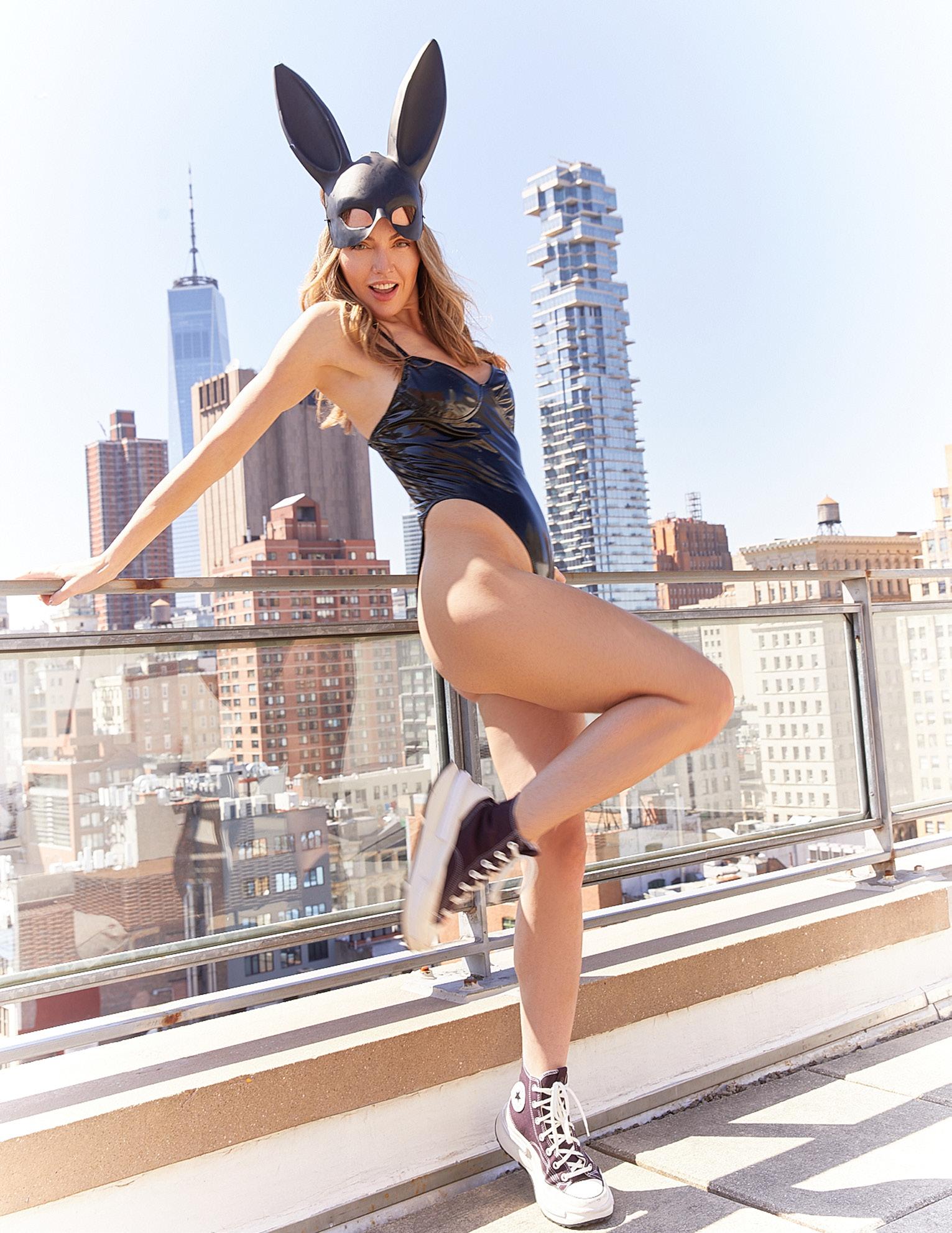
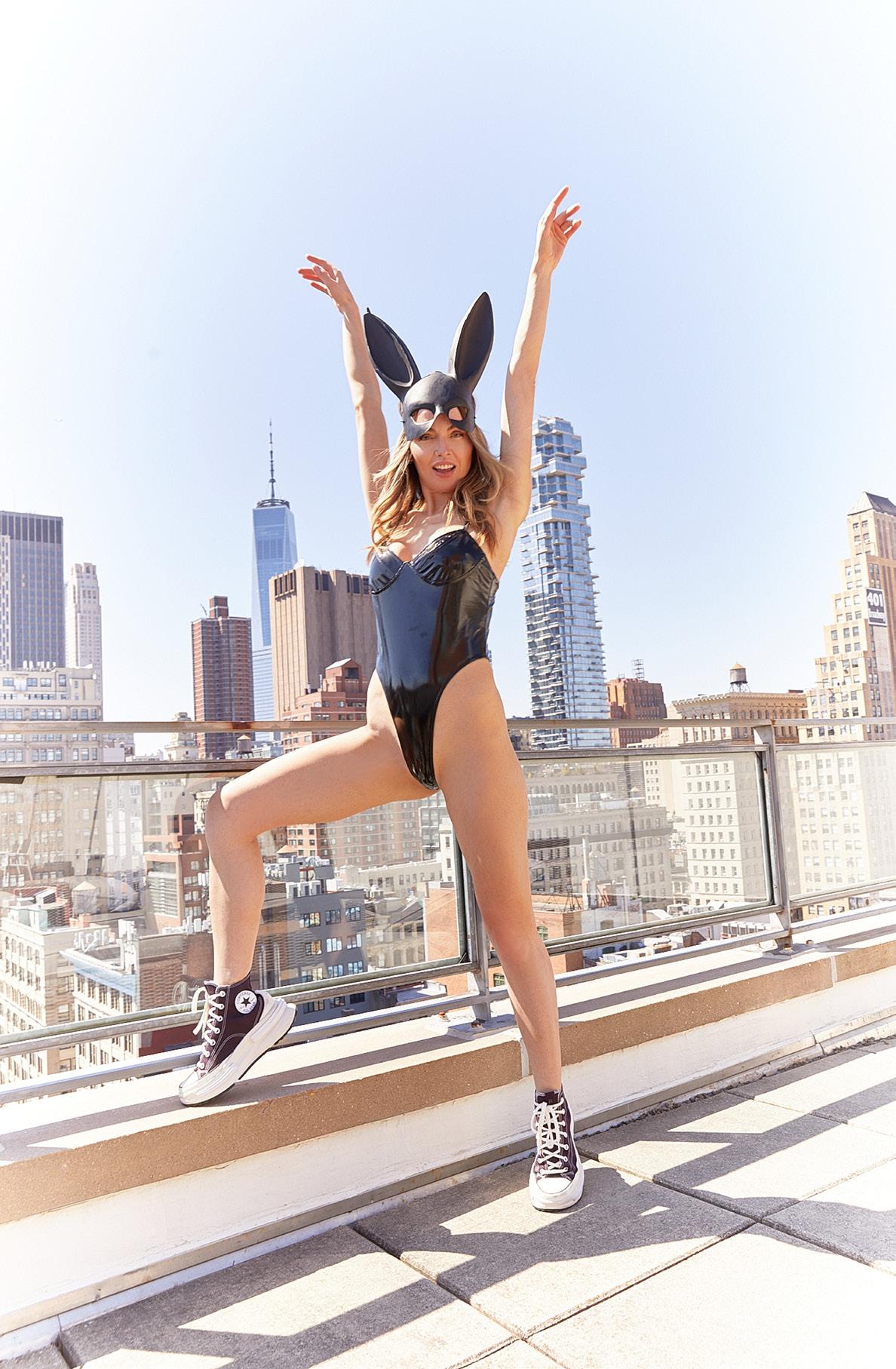
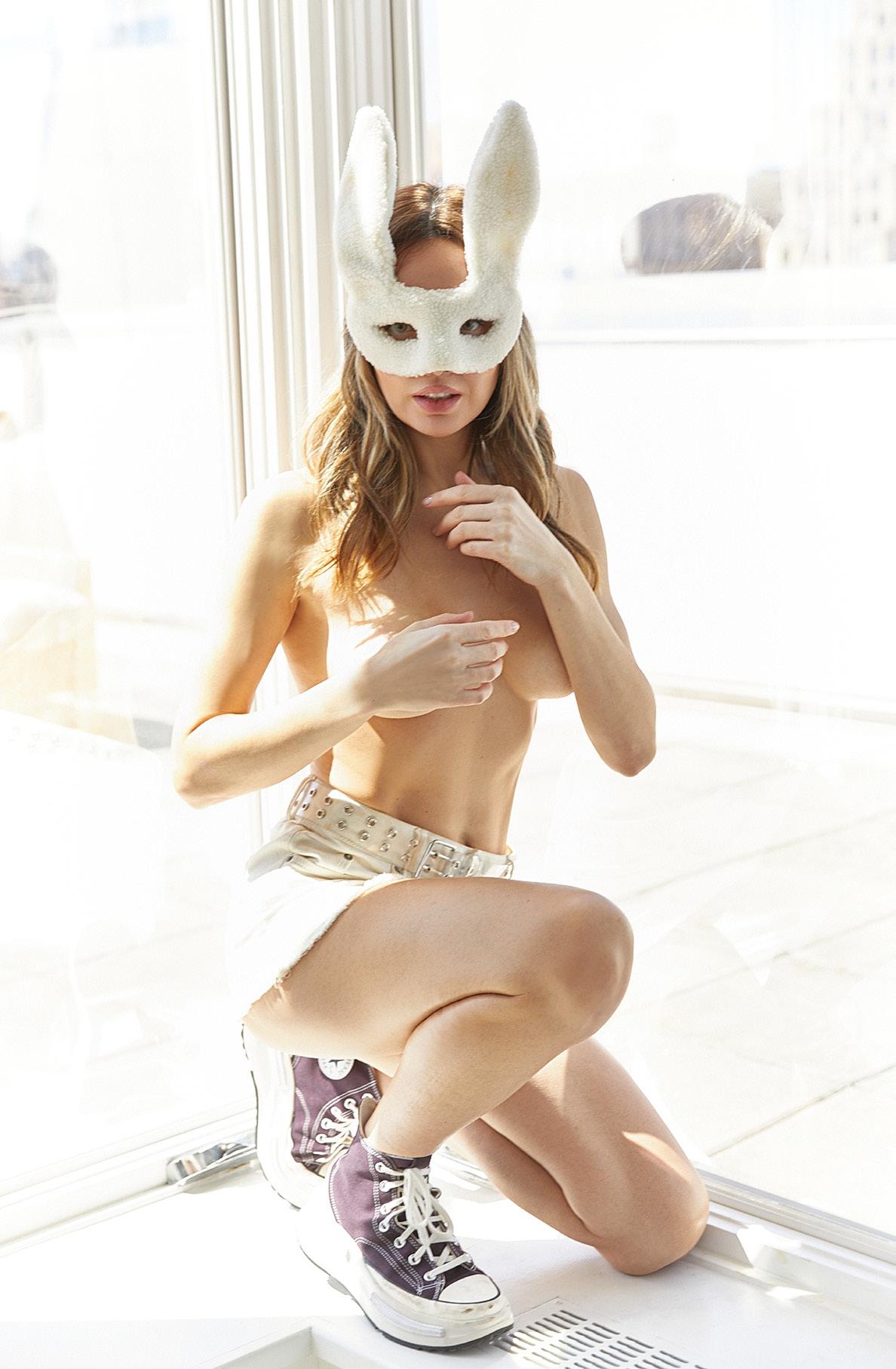
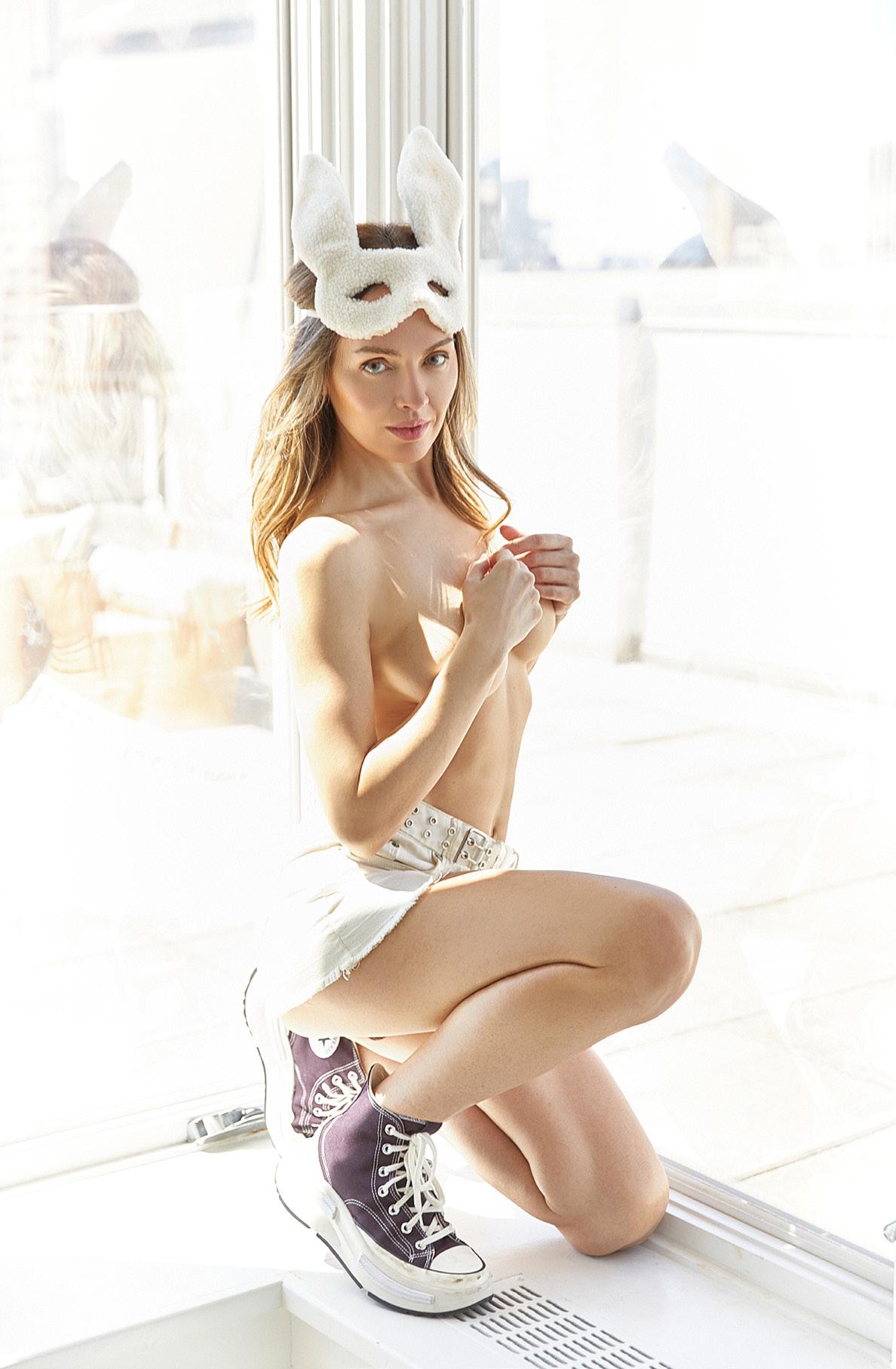
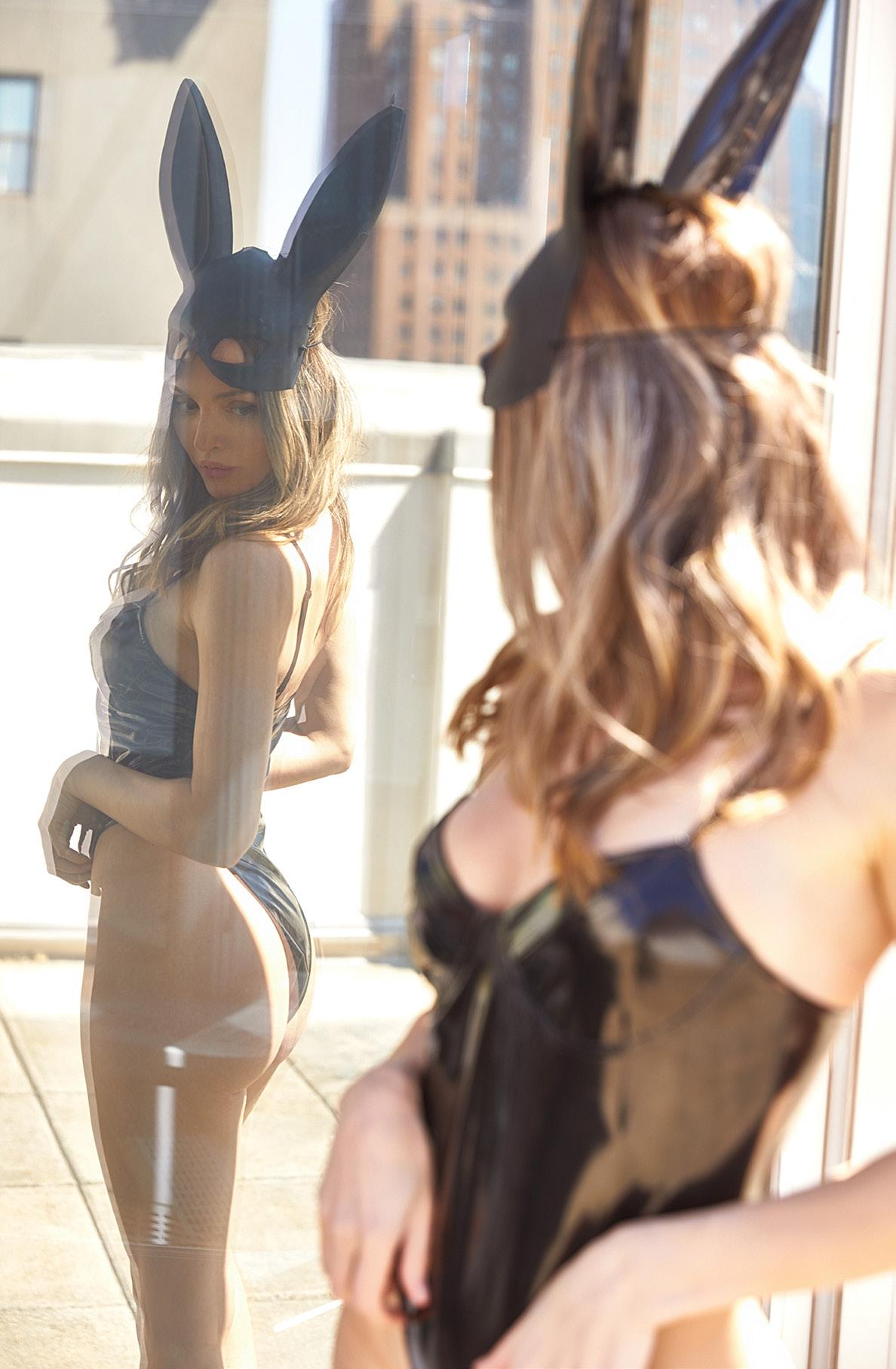
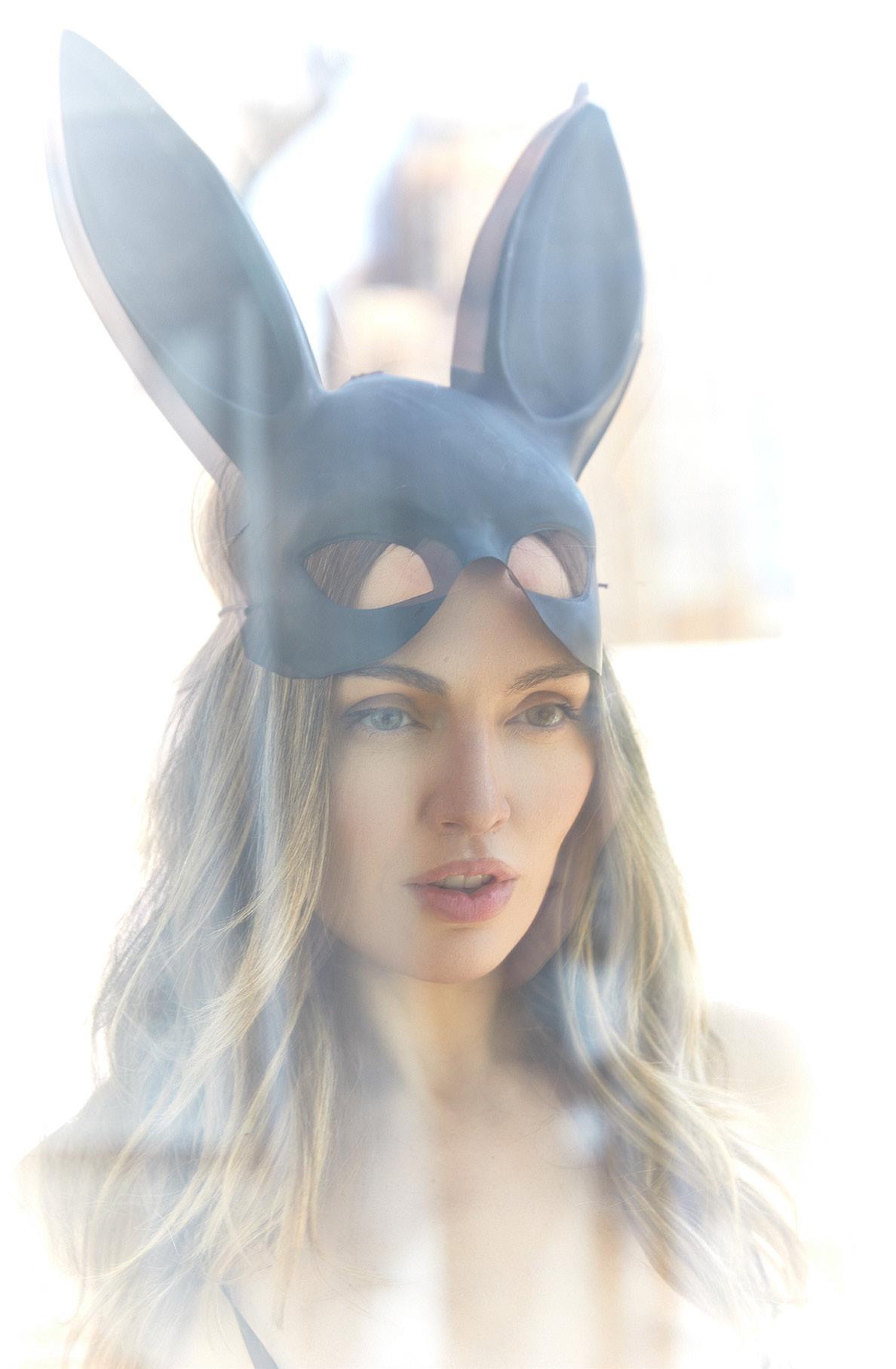
In a world where quiet luxury reigns and silhouettes grow cleaner by the season, accessories have taken center stage — not as afterthoughts, but as extensions of identity. The modern wardrobe finds its power in the details: a sculptural cuff, a perfectly curved bag, a pair of boots that ground an entire look. This October, QP’s shopping guide celebrates the accessories that speak volumes without ever raising their voice.
There’s poetry in precision — and no one captures it quite like Celine . Hedi Slimane’s 16 Bag , with its discreet gold clasp and Parisian restraint, remains the ultimate symbol of quiet confidence. For the dreamers, Loewe’s Puzzle Edge and Prada’s Re-Edition 1995 reinterpret heritage through geometry and gloss. These are not mere bags — they are architectural statements built to last generations.

A woman’s stride can define her presence, and this season’s boots command both power and ease. Saint Laurent ’s knee-high leather boots elongate every silhouette, while The Row ’s minimal riding styles whisper refinement. For a bold punctuation, Bottega Veneta ’s sculptural heels blur the line between art and apparel..


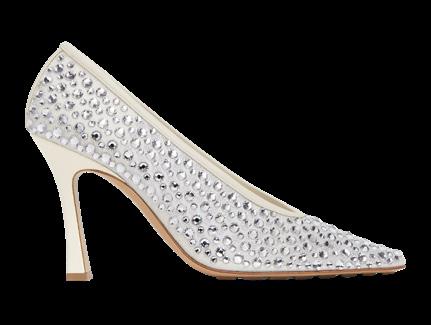
Forget maximalism; modern adornment thrives on balance. Hermès’ Chaine d’Ancre , Cartier’s Juste un Clou , and Tiffany & Co.’s HardWear represent timeless audacity — metal transformed into narrative. Each piece carries intention: a reminder that simplicity, when perfectly executed, can feel like a secret only the wearer fully understands.

HERMÉS
CHAINE D'ANCRE ENCHAINEE RING, SMALL MODEL
$680

CELINE
TRIOMPHE 06 SUNGLASSES IN ACETATE
$510

TIFFANY HARDWEAR

CARTIER
JUSTE UN CLOU BRACELET, CLASSIC MODEL, DIAMONDS
$15,000
PEARL HOOP EARRINGS IN STERLING SILVER IN STERLING SILVER
$1,525

LOEWE
REVERSIBLE ANAGRAM BELT IN SMOOTH CALFSKIN
$590
Eyes remain the most potent form of mystery. This season’s eyewear — from CELINE ’s thick acetate frames to Dior ’s futuristic visors — embodies a cinematic sophistication. These are the accessories that invite a double take, where form and function blend into allure.
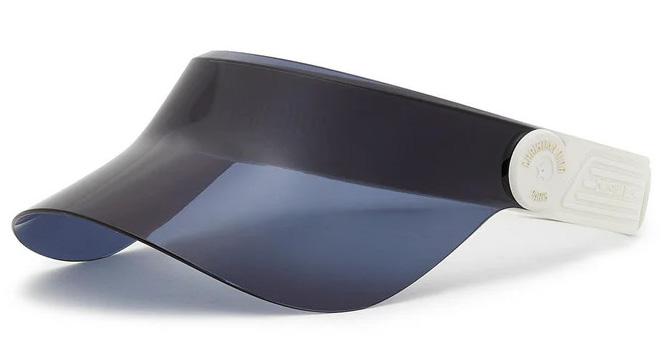
CHRISTIAN DIOR
DIORPACIFIC V1U VISORWHITE-BLUE
$775
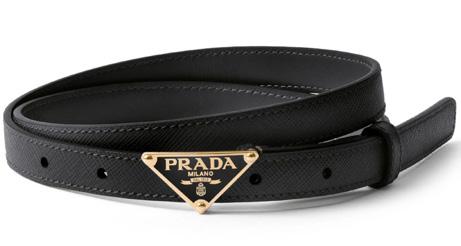
PRADA
SAFFIANO-LEATHER BELT
$695
Far from utilitarian, the belt becomes a point of punctuation. Prada ’s sleek triangle-buckle belts, Ferragamo’s Gancini loops, and Loewe ’s signature anagram clasps bring structure and symmetry to otherwise fluid silhouettes. Worn over blazers, knit dresses, or oversized coats, they frame the body like an artist’s brushstroke.
In fashion’s evolving lexicon, accessories remain its purest vocabulary. They anchor a look, narrate a mood, and whisper who we are before we ever speak. Whether it’s the polished hardware of Balenciaga , the fluid minimalism of Jil Sander , or the organic craftsmanship of Loewe , the right accessory isn’t an addition — it’s the sentence that completes the story.

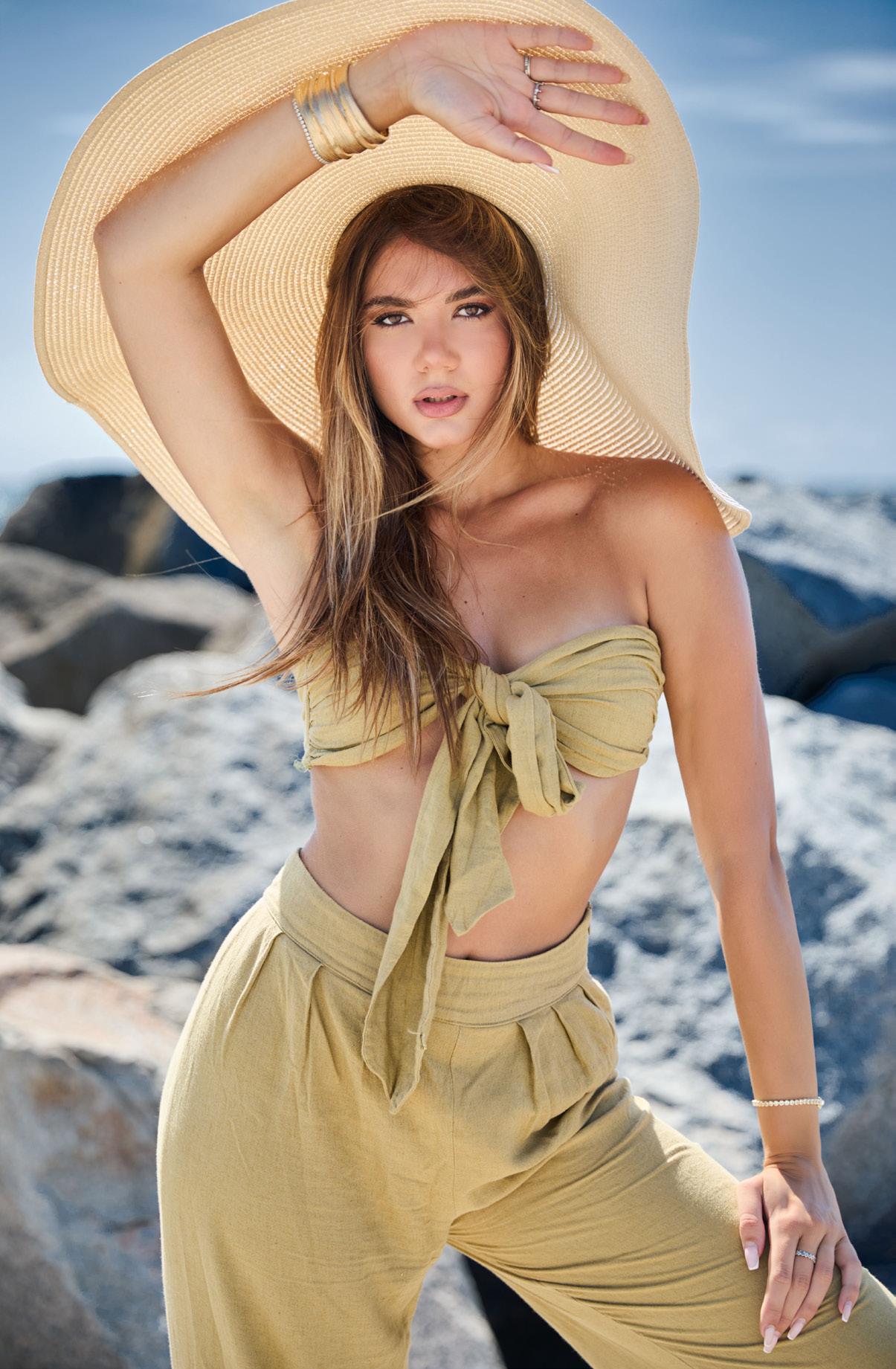
PHOTOGRAPHER: ALEX LLOBET @alexllobet.photography MODEL: LARA PESIC @lara_pesic AGENCY: REAL WOMAN AGENCY @real_woman_agency




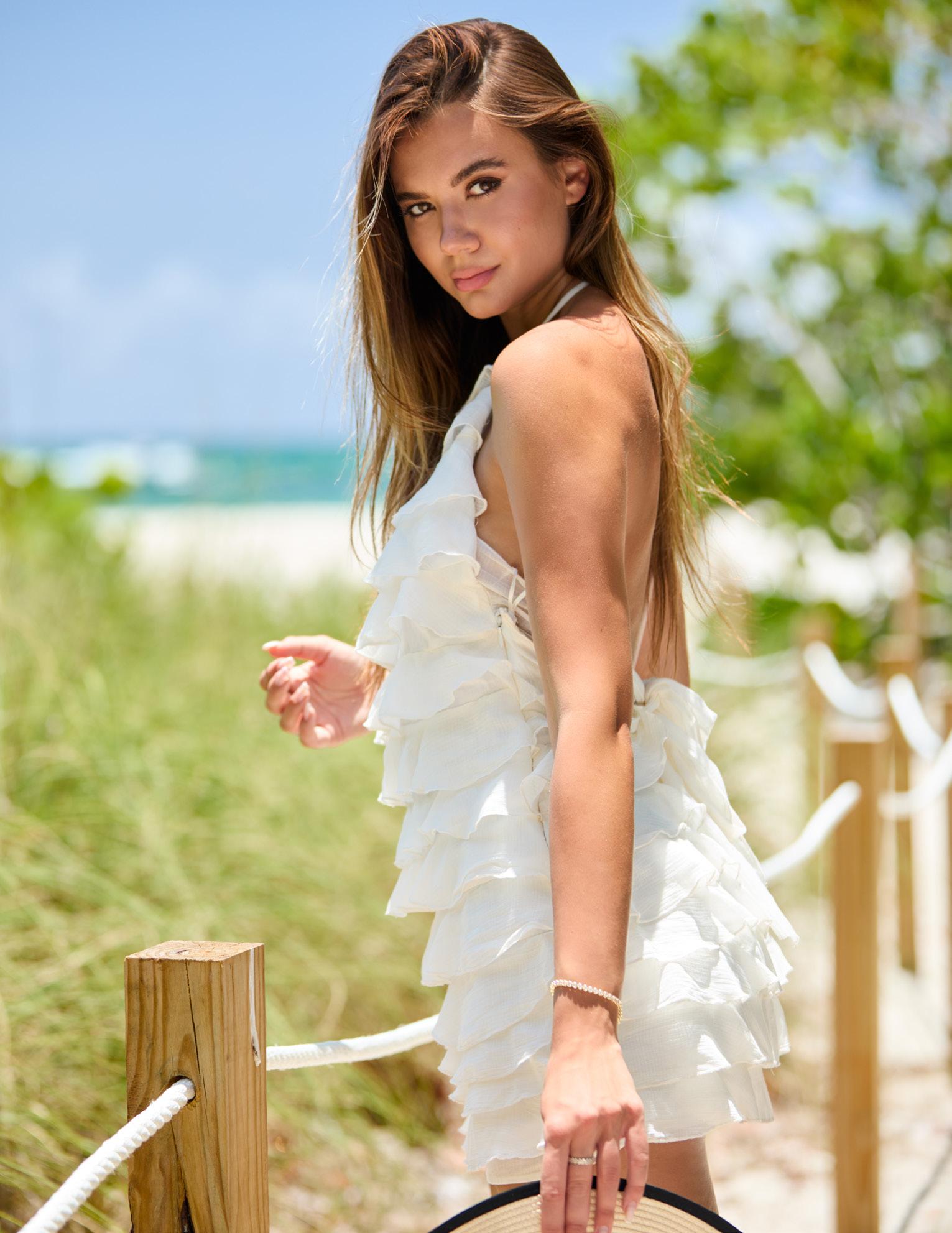
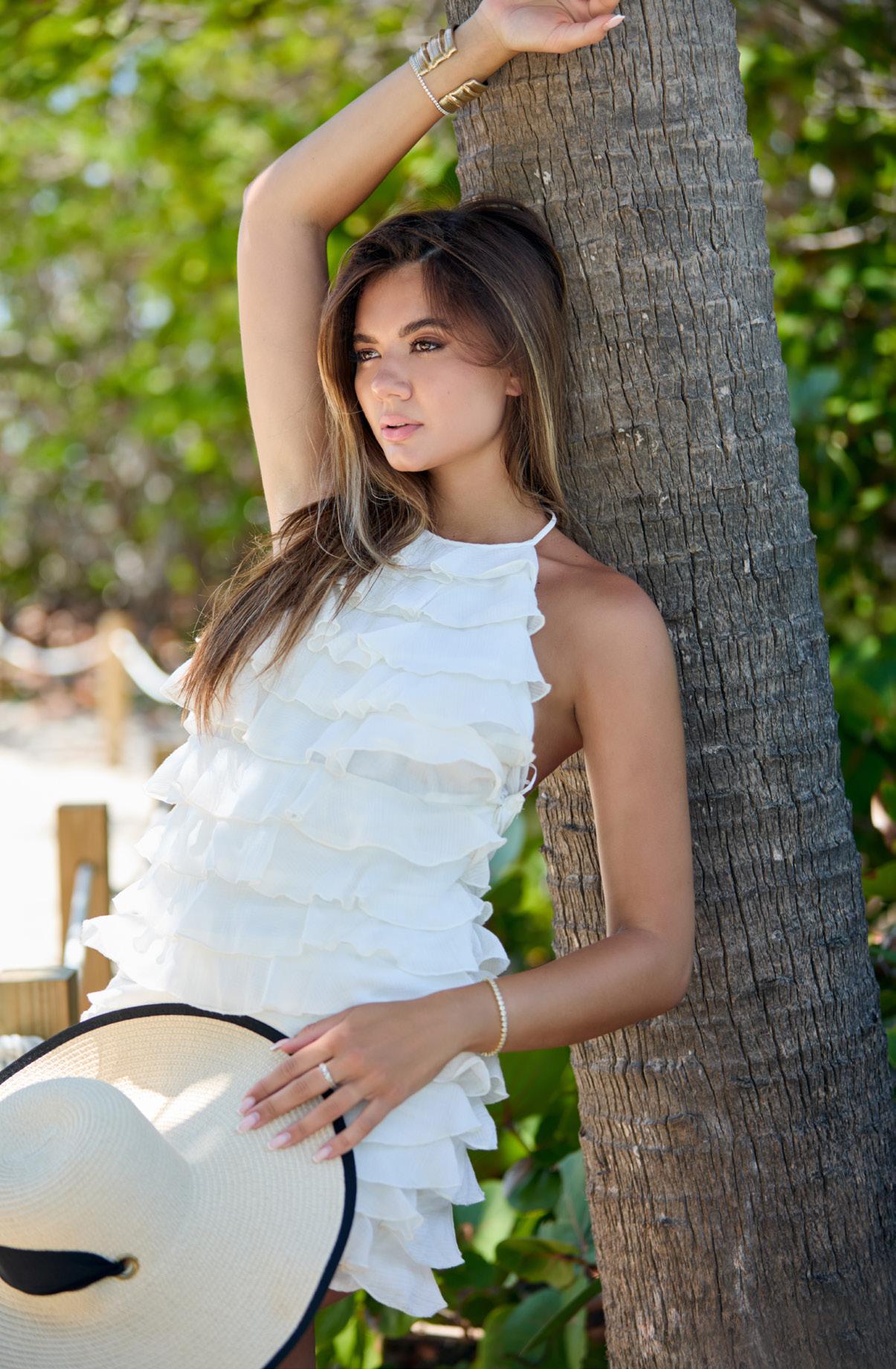
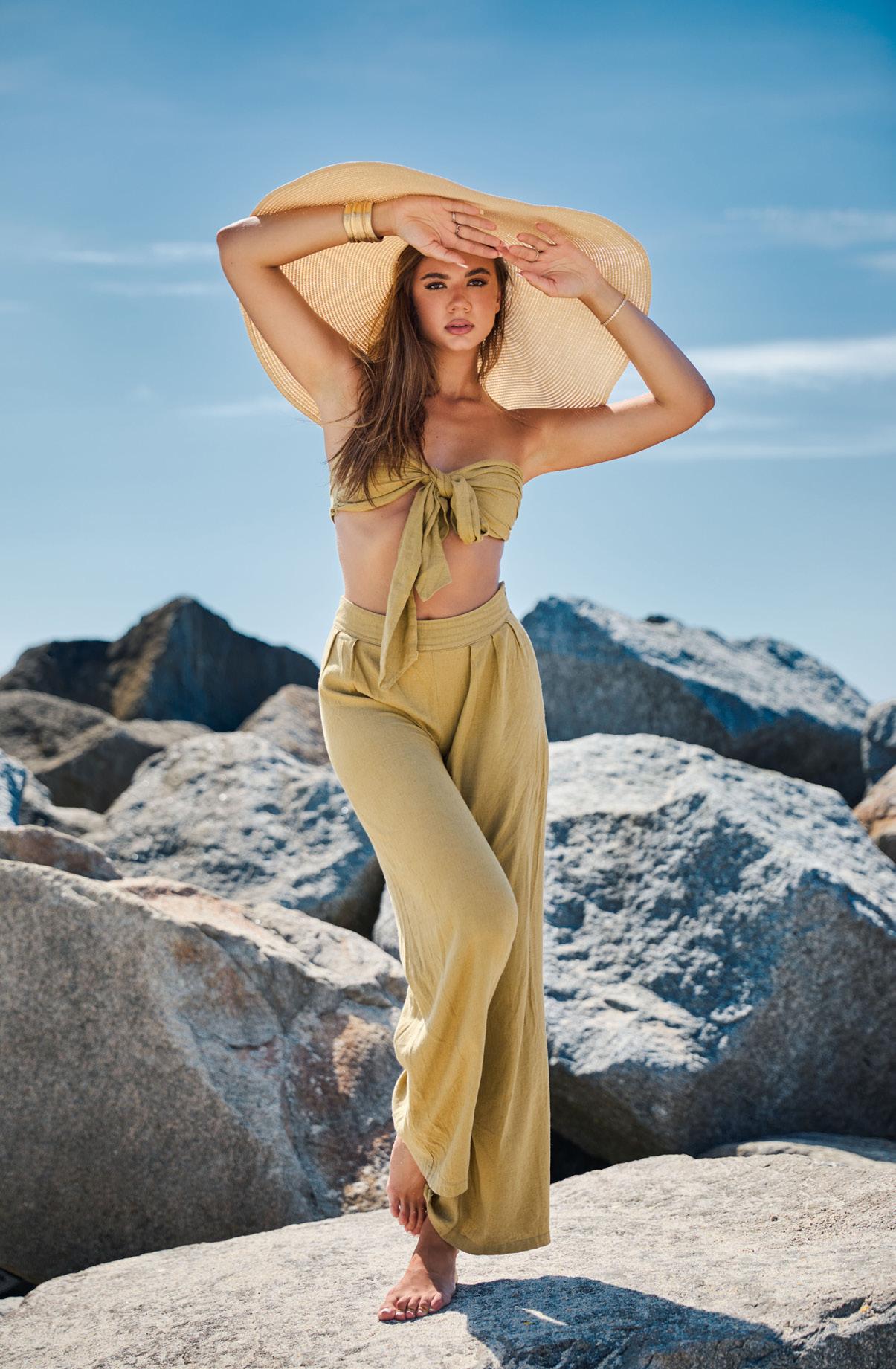
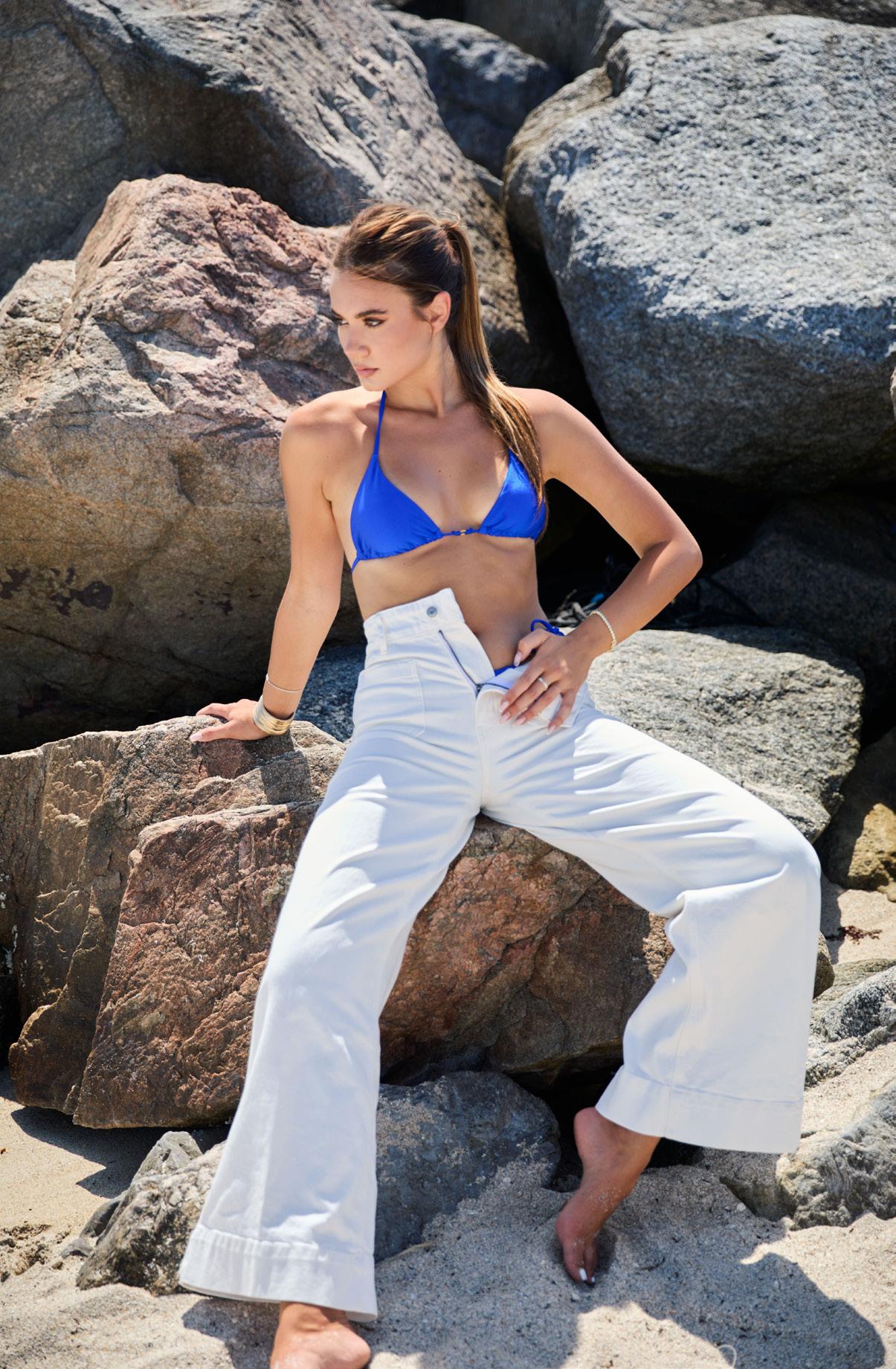
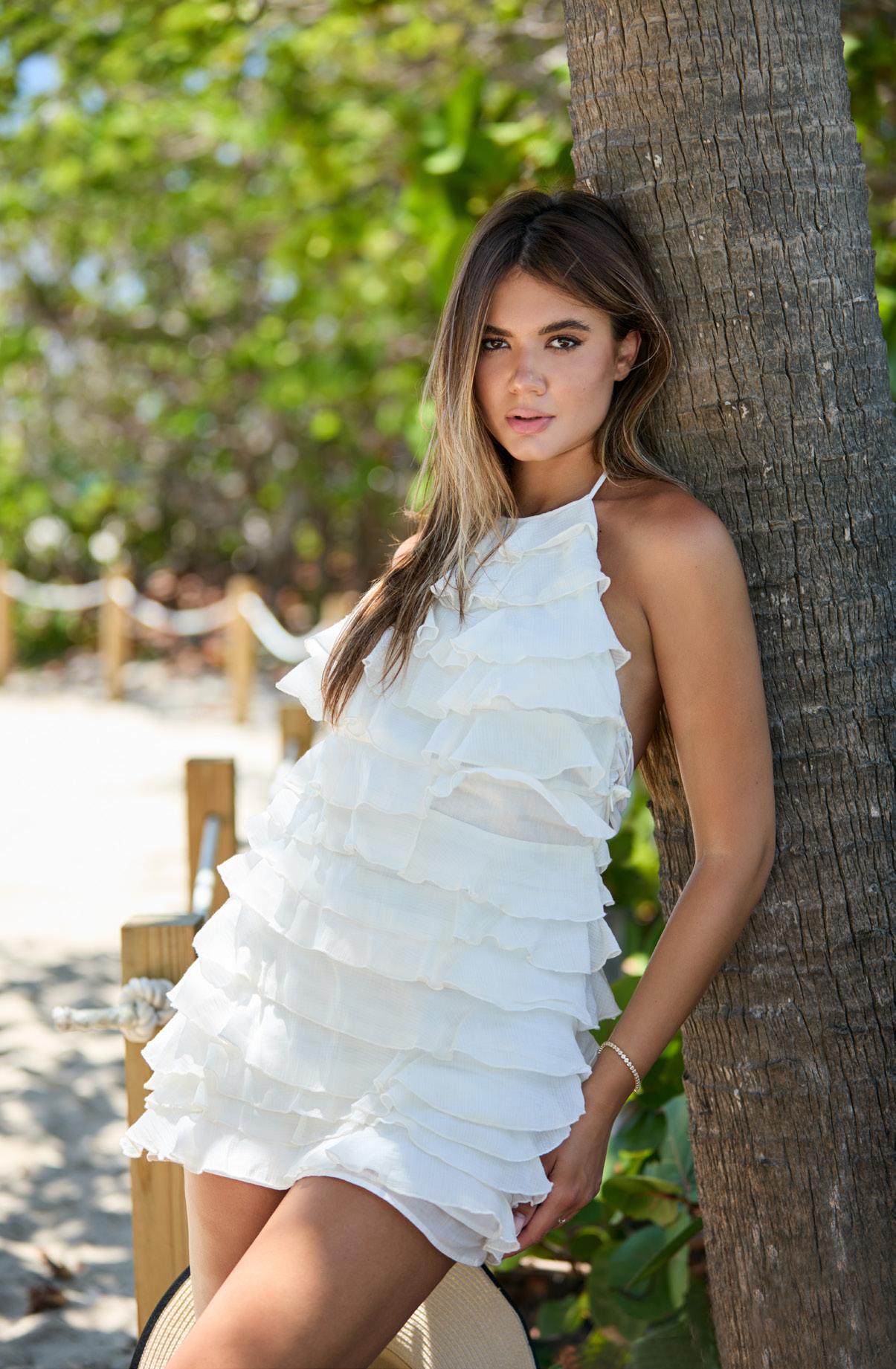
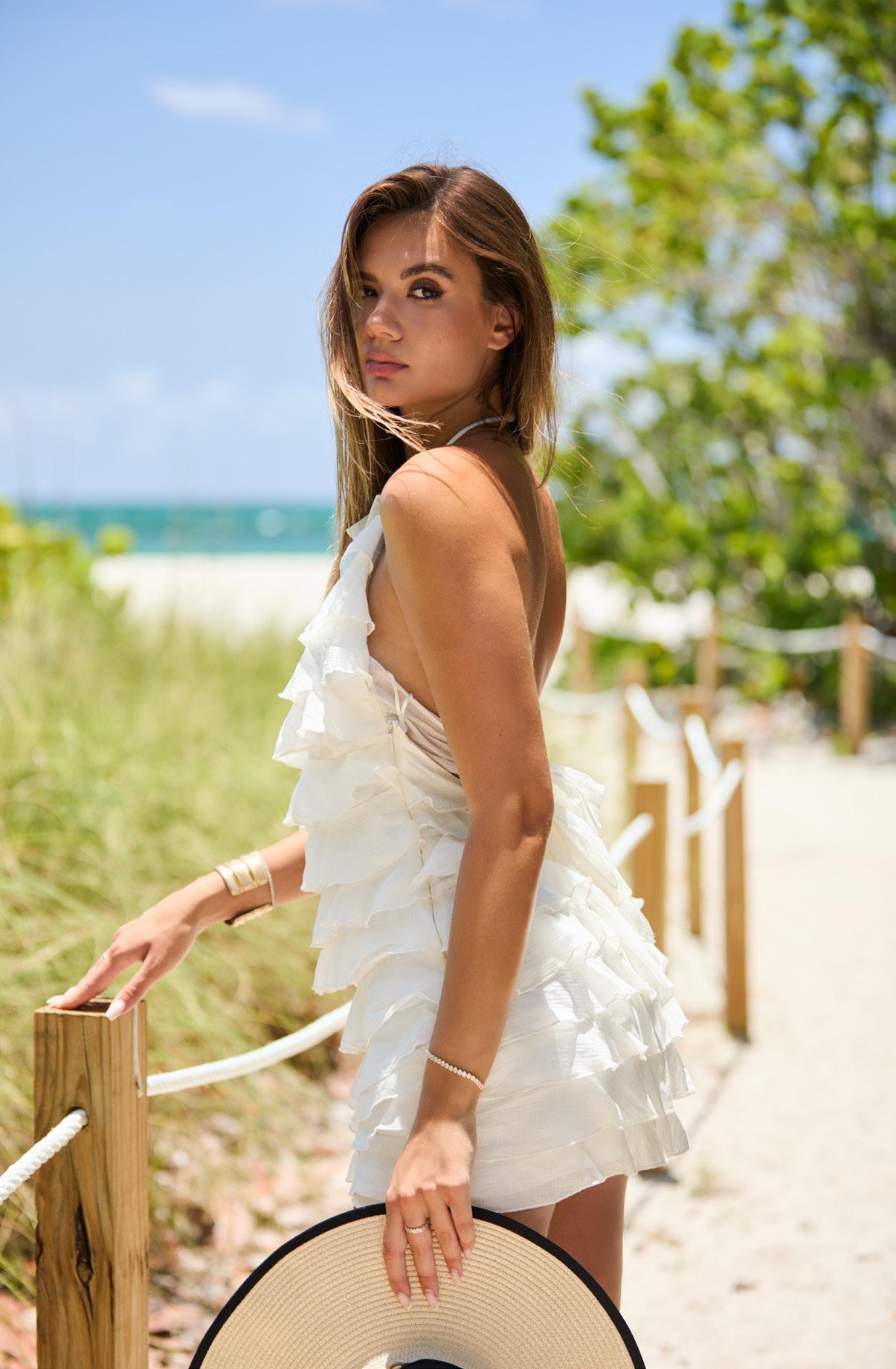
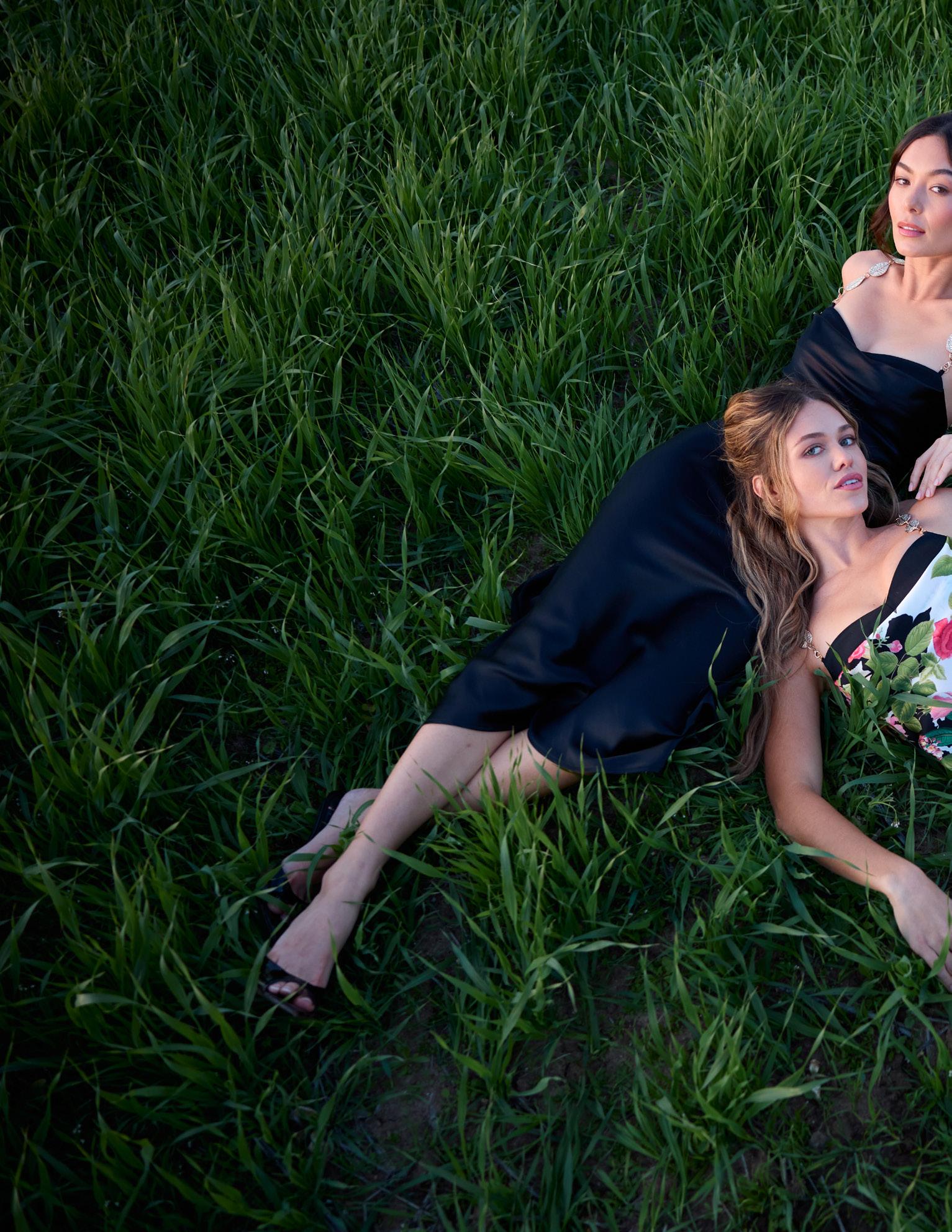
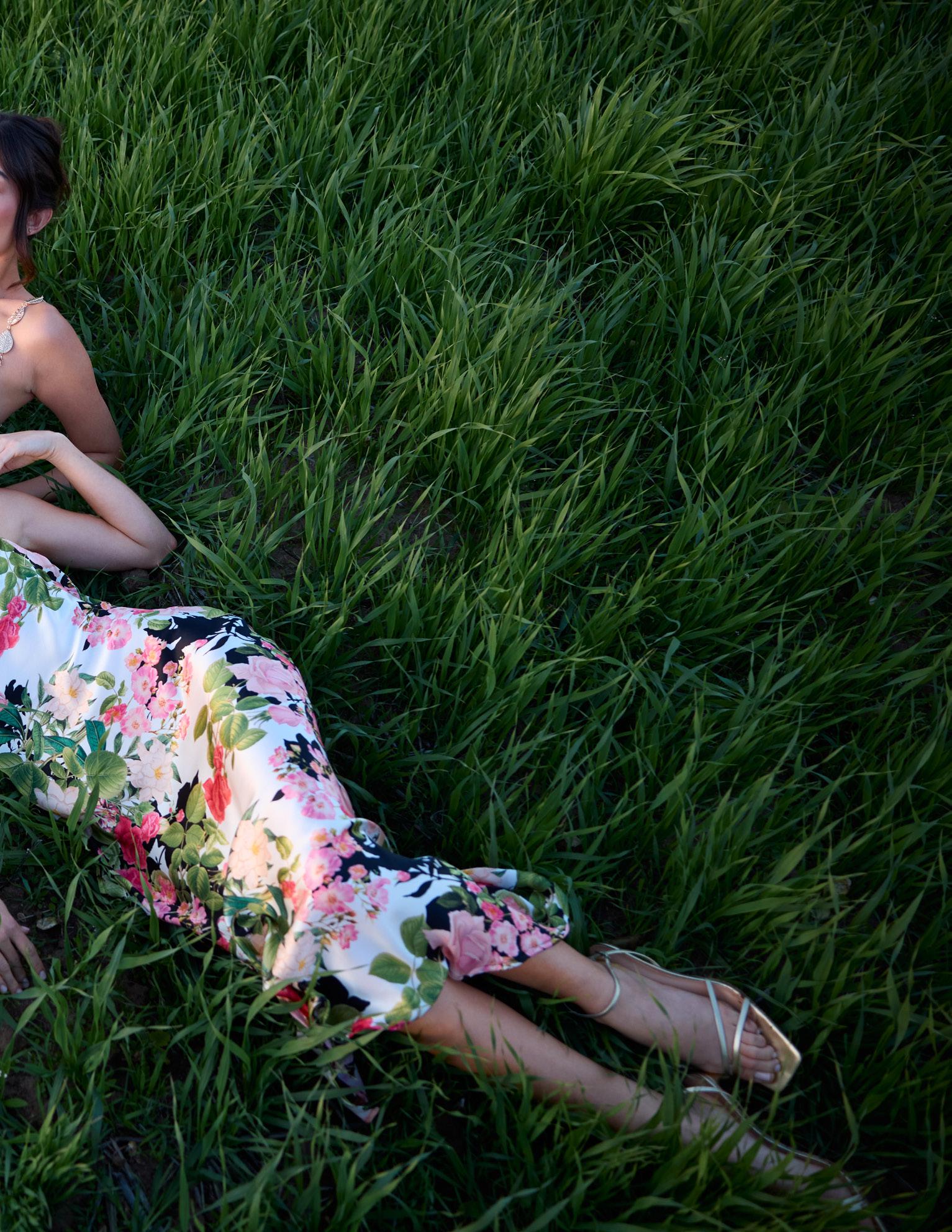


BY JUXHIN KURTI